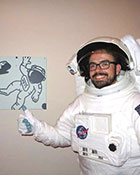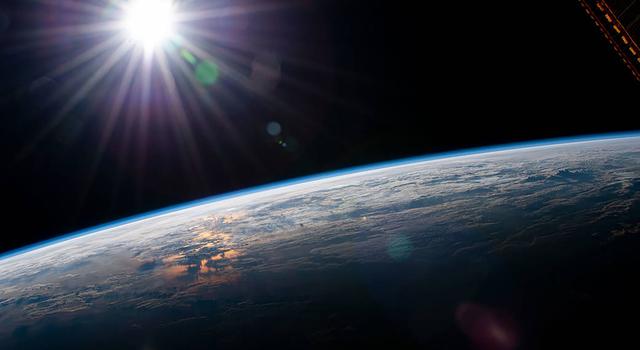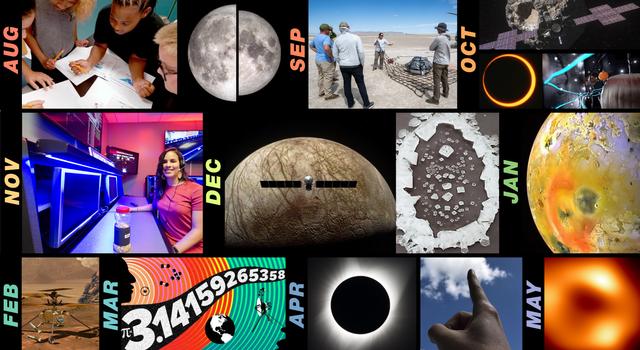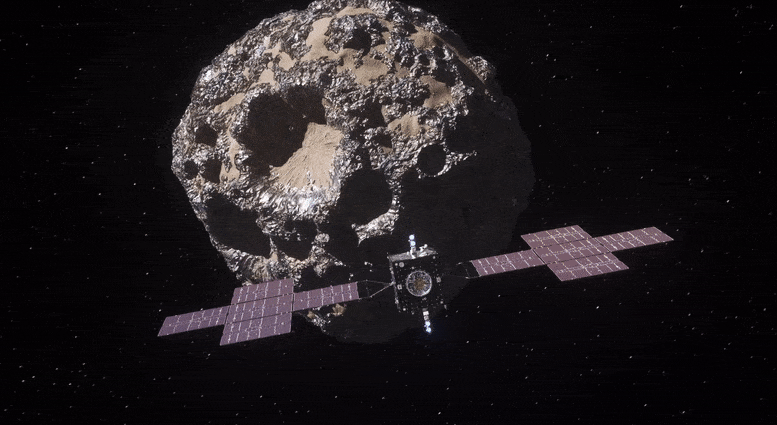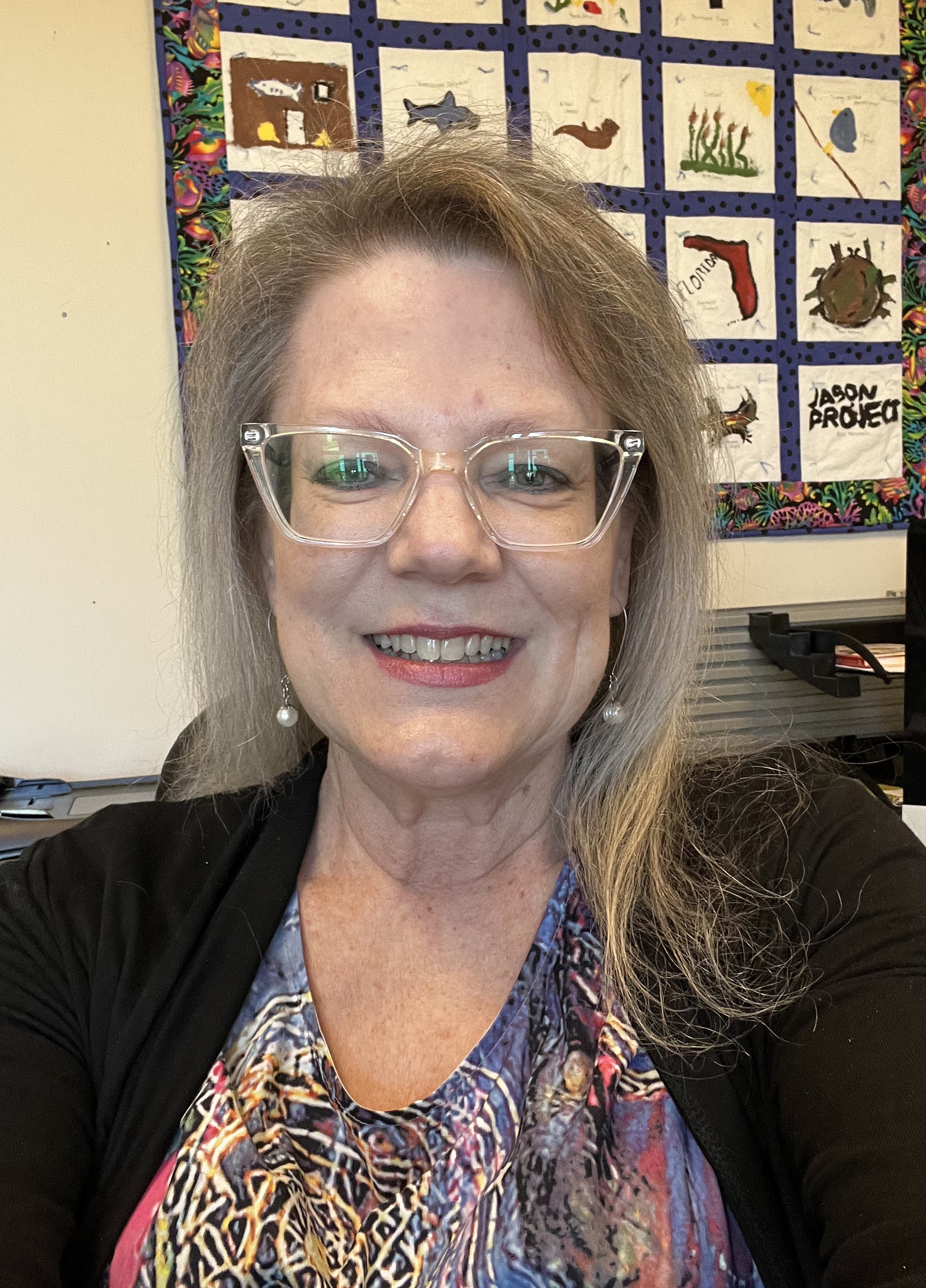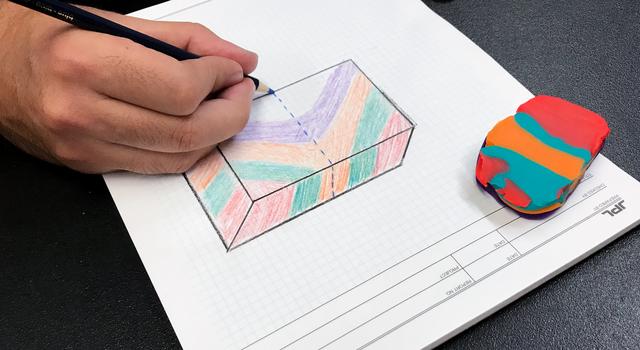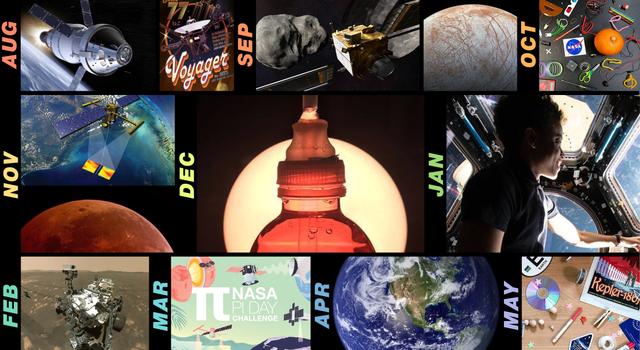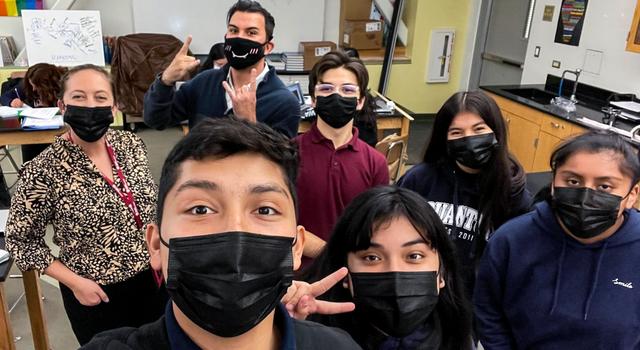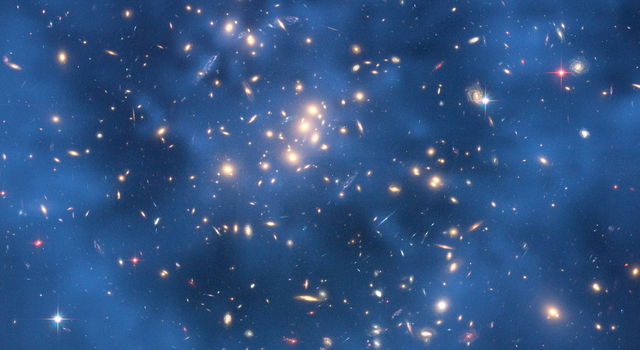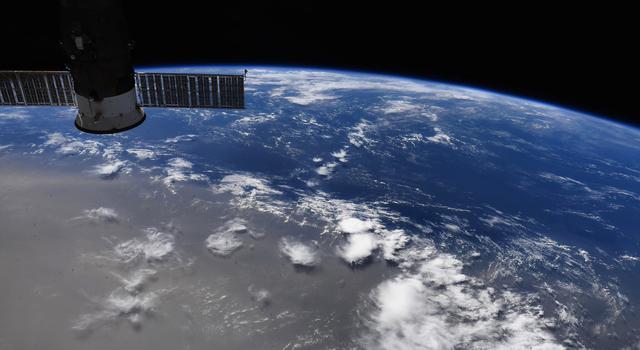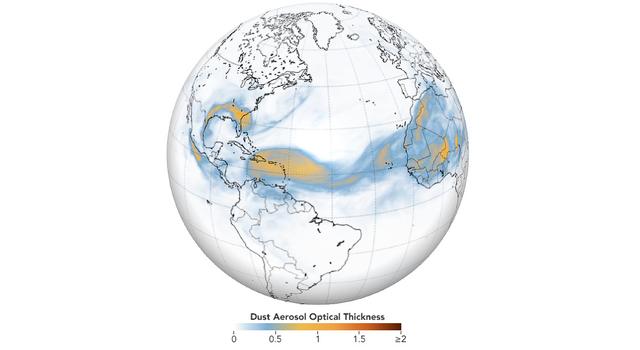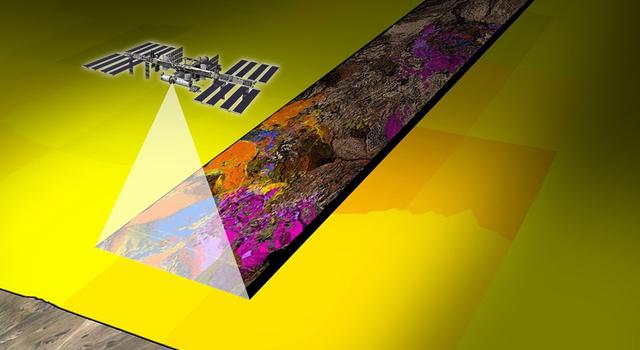Teachable Moments | March 18, 2024
The Science of Solar Eclipses and How to Watch With NASA
Get ready for the April 8 total solar eclipse. Learn about the science behind solar eclipses, how to watch safely, and how to engage students in NASA science.
On April 8, 2024, a total solar eclipse will be visible across much of the central and northeastern United States, as well as parts of Mexico and Canada.
Whether you are traveling to the path of the total eclipse or will be able to step outside and watch the eclipse where you live, here's everything you need to know, including what to expect, how to watch safely, and how to engage in scientific observations and discovery with NASA.
What Are Solar Eclipses?
Solar eclipses occur when the Sun, the Moon, and Earth align. For this alignment to happen, two things need to be true. First, the Moon needs to be in the new moon phase, which is when the Moon’s orbit brings it between Earth and the Sun. Second, eclipses can only happen during eclipse seasons, which last about 34 days and occur just shy of every six months. An eclipse season is the time period when the Sun, the Moon, and Earth can line up on the same plane as Earth's orbit during a new or full moon. If a new moon happens during an eclipse season, the shadow cast by the Moon will land on Earth, resulting in a solar eclipse. Most of the time, because the Moon’s orbit is slightly tilted, the Moon’s shadow falls above or below Earth, and we don't get a solar eclipse.
Not all solar eclipses look the same. The distance between the Sun, the Moon, and Earth plays an important role in what we see during a solar eclipse. Even though the Moon is much smaller than the Sun (about 400 times smaller in diameter), the Sun and Moon look about the same size from Earth. This is because the Sun is about 400 times farther away than the Moon. But as the Moon travels its elliptical orbit around Earth, its size appears slightly larger when it is closer to Earth and slightly smaller when it is farther from Earth. This contributes to the different kinds of solar eclipses you might have heard about. For example:
- During a total solar eclipse, the Moon is closer to Earth in its orbit and appears larger, completely blocking the Sun's disk. This allows viewers in the path of totality to see the Sun’s corona, which is usually obscured by the bright light of the Sun’s surface.
- An annular solar eclipse occurs when the Sun, Moon, and Earth are properly aligned, but the Moon is farther away in its orbit, so it does not completely cover the Sun's disk from our perspective. Annular eclipses are notable for the "ring of fire," a thin ring of the Sun’s disk that's still visible around the Moon during annularity. The name annular eclipse comes from the world of mathematics, where a ring shape is known as an annulus.
- Partial eclipses can happen for two reasons. First, viewers outside the path of totality during a total solar eclipse – or the path of annularity during an annular eclipse – will see only part of the Sun’s surface covered by the Moon. The other time a partial eclipse can occur is when the Moon is nearly above or below Earth in its orbit so only part of the Moon’s shadow falls on Earth. In this case, only part of the Sun’s surface will appear covered by the Moon.
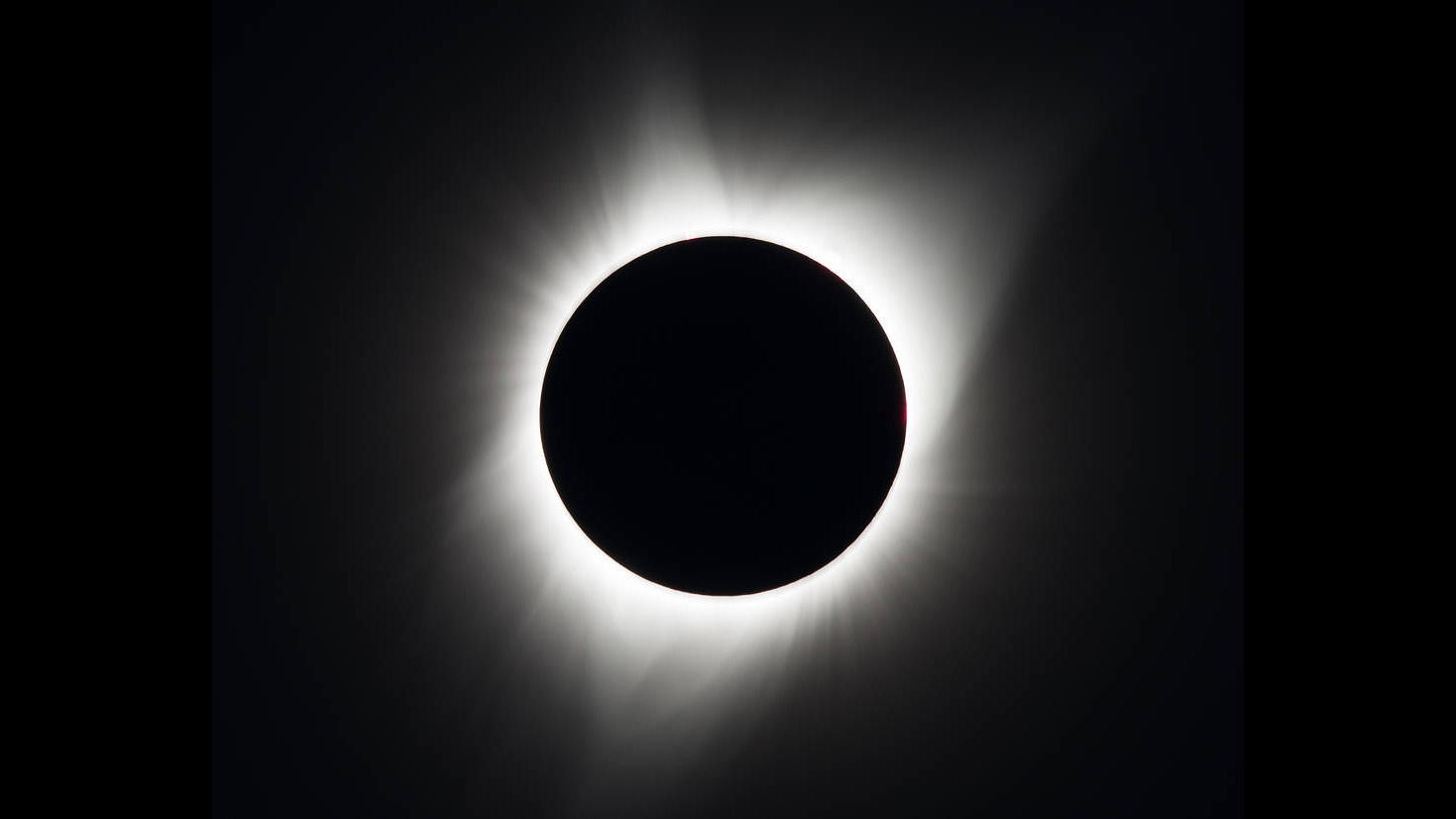
This image of a total solar eclipse was captured on Aug. 21, 2017 from Madras, Oregon. Image credit: NASA/Aubrey Gemignani | › Full image and caption
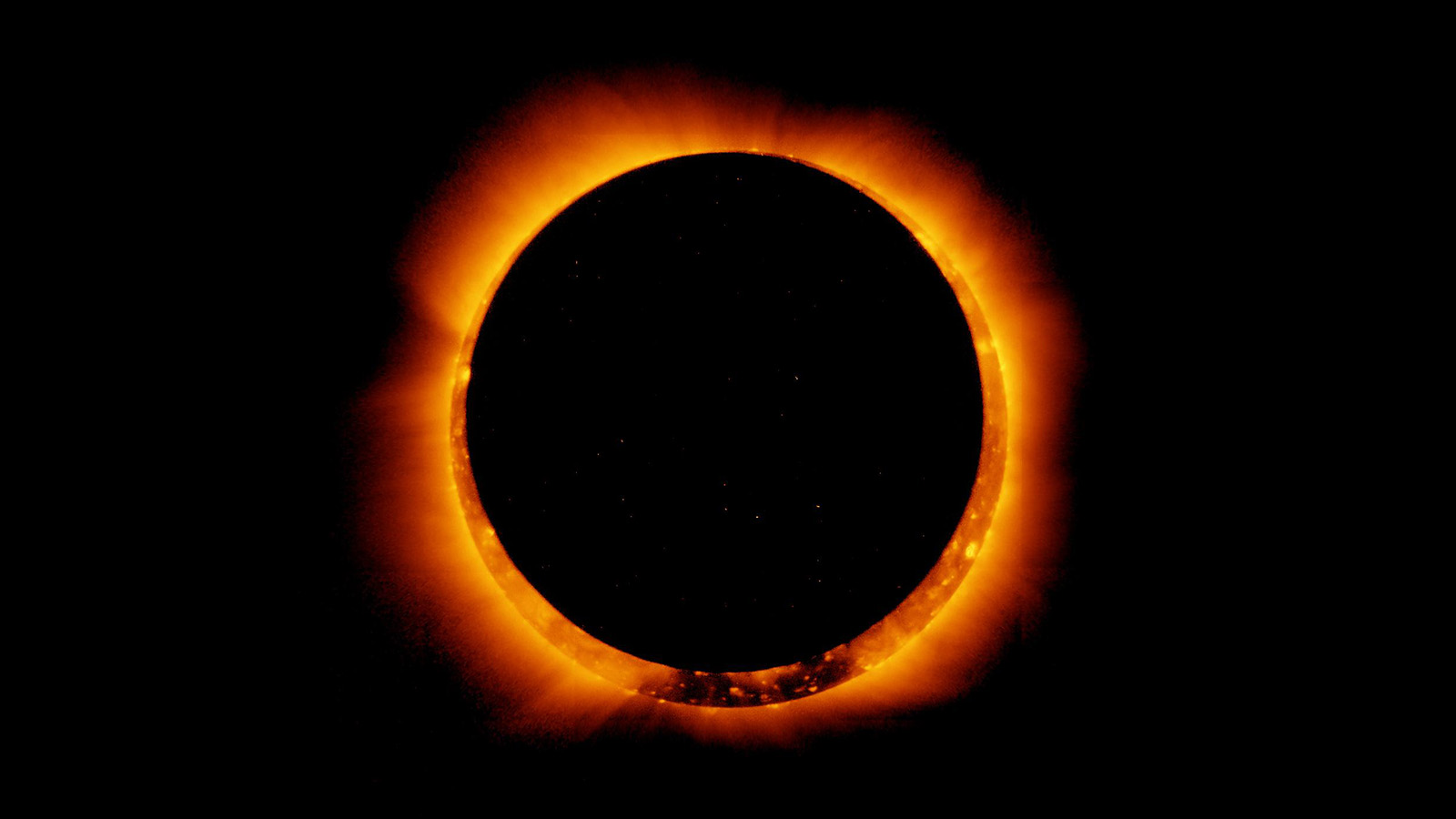
On Jan. 4, 2017, the Hinode satellite captured these breathtaking images of an annular solar eclipse. Image credit: Hinode/XRT | › Full image and caption
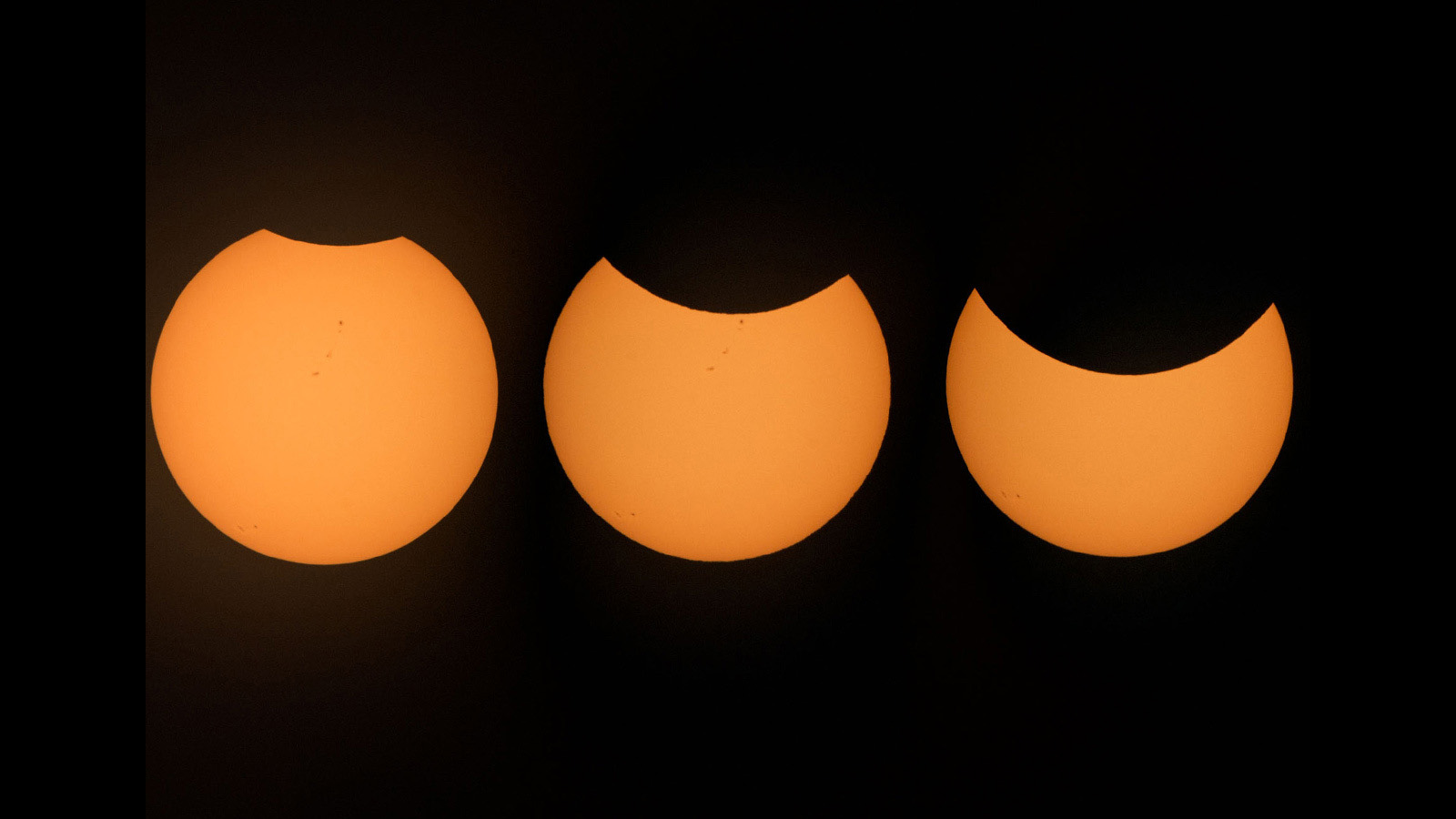
The Sun appears partially eclipsed in this series of photos taken from NASA’s Johnson Space Center in Houston on Aug. 21, 2017. Image credit: NASA/Noah Moran | › Full image and caption
How to Watch the Upcoming Solar Eclipse
First, an important safety note: Do not look directly at the Sun or view any part of the partial solar eclipse without certified eclipse glasses or a solar filter. Read more below about when you can safely view the total solar eclipse without eclipse glasses or a solar filter. Visit the NASA Eclipse website for more information on safe eclipse viewing.
When following proper safety guidelines, witnessing an eclipse is an unparalleled experience. Many “eclipse chasers” have been known to travel the world to see solar eclipses. Here's what to expect on April 8, 2024:
The start time and visibility of the eclipse will depend on your location. You can use the interactive map below to find detailed eclipse information, including timing and coverage, by entering in your location. A list of some of the cities and start times along the path of totality is available on the NASA Science website.
Explore when and where to view the eclipse with this interactive map from NASA. Enter your zip code to see what will be visible in your viewing location and when to watch. Credit: NASA's Scientific Visualization Studio
The eclipse begins when the edge of the Moon first crosses in front of the disk of the Sun. This is called a partial eclipse and might look as if a bite has been taken out of the Sun.
It is important to keep your eclipse glasses on during all parts of the partial solar eclipse. The visible part of the Sun is tens of thousands of times brighter than what you see during totality. You can also use a pinhole camera to view the eclipse.
An approximately 115-mile-wide strip known as the path of totality is where the shadow of the Moon, or umbra, will fall on Earth. Inside this path, totality will be visible starting about 65 to 75 minutes after the eclipse begins.
If you are in the path of totality, it is safe to take off your eclipse glasses and look at the total eclipse only during totality. Be sure to put your glasses back on before the total phase ends and the surface of the Sun becomes visible again. Your viewing location during the eclipse will determine how long you can see the eclipse in totality. In the U.S., viewers can expect to see 3.5 to 5.5 minutes of totality.
After totality ends, a partial eclipse will continue for 60 to 80 minutes, ending when the edge of the Moon moves off of the disk of the Sun.
For more information about the start of the partial eclipse, the start and duration of totality, and the percentage of the Sun eclipsed outside the path of totality, find your location on this eclipse map.
On April 8, NASA Television will host a live broadcast featuring expert commentary and views from telescopes along the path of totality. Tune into the broadcast from 10 a.m. to 1 p.m. PDT (1 to 4 p.m. EDT) on the day of the eclipse.
Join NASA as a total solar eclipse moves across North America on April 8. Tune in from 10 a.m. to 1 p.m. PDT (1 to 4 p.m. EDT) for live views from across the path, expert commentary, live demos, and more. | Watch on YouTube
What Solar Eclipses Mean for Science
Solar eclipses provide a unique opportunity for scientists to study the Sun and Earth from land, air, and space, plus allow the public to engage in citizen science!
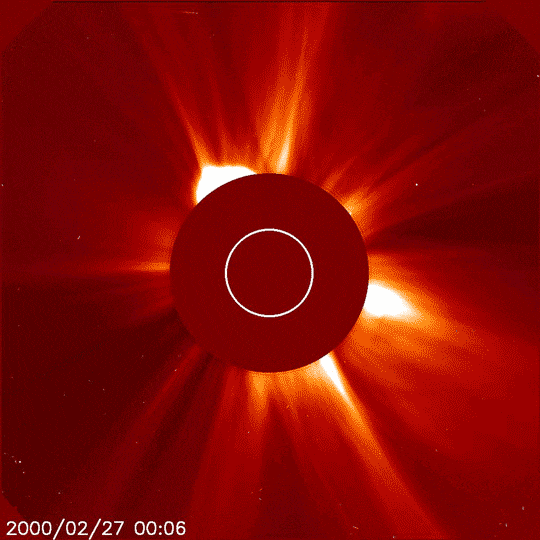
NASA’s Solar and Heliospheric Observatory, or SOHO, constantly observes the outer regions of the Sun’s corona using a coronagraph. Image credit: ESA/NASA/SOHO | + Expand image
Scientists measure incoming solar radiation, also known as insolation, to better understand Earth’s radiation budget – the energy emitted, reflected, and absorbed by our planet. Just as clouds block sunlight and reduce insolation, eclipses create a similar phenomenon, providing a great opportunity to study how increased cloud cover can impact weather and climate.
Solar eclipses can also help scientists study solar radiation in general and the structure of the Sun. On a typical day, the bright surface of the Sun, called the photosphere, is the only part of the Sun we can see. During a total solar eclipse, the photosphere is completely blocked by the Moon, leaving the outer atmosphere of the Sun (corona) and the thin lower atmosphere (chromosphere) visible. Studying these regions of the Sun’s atmosphere can help scientists understand solar radiation, why the corona is hotter than the photosphere, and the process by which the Sun sends a steady stream of material and radiation into space. Annular solar eclipses provide opportunities for scientists to practice their observation methods so that they'll be ready when a total solar eclipse comes around.
Citizen scientists can get involved in collecting data and participating in the scientific process during the eclipse through NASA’s GLOBE program. Anyone in the path of the eclipse and in partial eclipse areas can act as citizen scientists by measuring temperature and cloud cover data and report it using the GLOBE Observer app to help further the study of how eclipses affect Earth’s atmosphere.
Visit NASA's Eclipse Science page to learn more about the many ways scientists are using the eclipse to improve their understanding of Earth, the Moon, and the Sun.
Taking Eclipse Science Farther
Eclipses also make a great jumping-off point to concepts and techniques used in astrophysics and our search for planets beyond our solar system.
Similar to a solar eclipse, a transit occurs when a planet crosses in front of the face of a star. From Earth, the planets Venus and Mercury can occasionally be seen transiting in front of the Sun, appearing as small, dark dots. Transits are also useful for detecting exoplanets – distant planets around other stars. When an exoplanet passes in between its star and Earth, we can measure tiny dips in the star's brightness that tell scientists a planet is there even when it’s too small to see.
Another way that eclipse concepts are used for astrophysics is with coronagraphs, mechanisms inside telescopes that block the light from a star. By creating a sort of artificial eclipse, coronagraphs help scientists search for exoplanets by making much dimmer planets orbiting a star easier to see. For example, NASA’s Nancy Grace Roman Telescope, slated for launch later this decade, will use an advanced coronagraph to analyze and directly image planets that orbit other stars. Learn more about the astrophysics involved in eclipses, including the use of gravitational lensing to study background objects, from NASA’s Universe of Learning.
Learn how the coronagraph instrument on the Nancy Grace Roman Telescope will allow the spacecraft to peer at the universe through some of the most sophisticated sunglasses ever designed. | Watch on YouTube
Solar Eclipse Lessons and Projects
Use these standards-aligned lessons, plus related activities and resources, to get your students excited about the eclipse and the science that will be conducted during the eclipse.
-
 Student Project
Student ProjectHow to Make a Pinhole Camera
Learn how to make your very own pinhole camera to safely see a solar eclipse in action from anywhere the eclipse is visible, partial or full!
Subject Science
Grades K-12
Time < 30 mins
-
 Collection
CollectionNASA's Universe of Learning – Eclipse Resources
Explore a curated collection of resources to expand student learning around the eclipse to related astrophysics concepts.
-
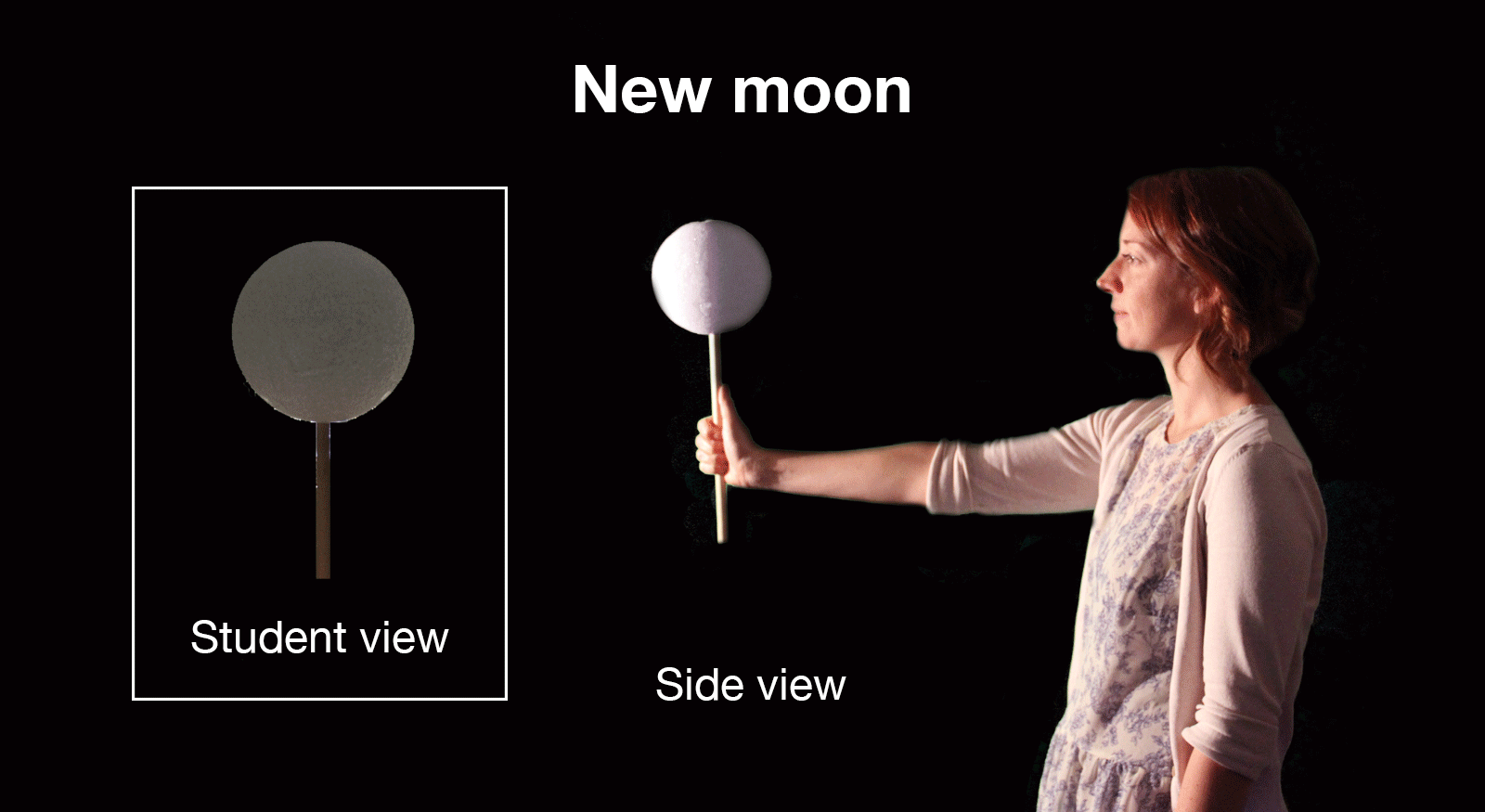 Lesson
LessonMoon Phases
Students learn about the phases of the Moon by acting them out. In 30 minutes, they will act out one complete, 30-day, Moon cycle.
Subject Science
Grades 1-6
Time 30-60 mins
-
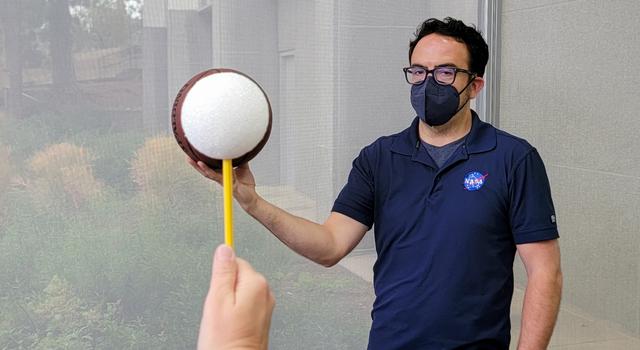 Lesson
LessonModel a Solar Eclipse
Students use simple materials to model a partial, annular, and total solar eclipse.
Subject Science
Grades 1-8
Time 30-60 mins
-
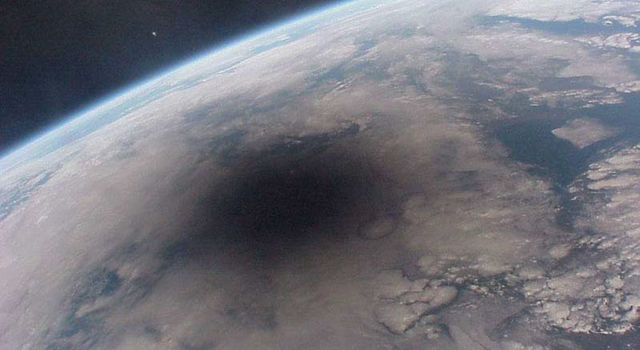 Lesson
LessonMeasuring Solar Energy During an Eclipse
Students use mobile devices to measure the impact a solar eclipse has on the energy received at Earth’s surface.
Subject Math
Grades 4-7
Time 1-2 hrs
-
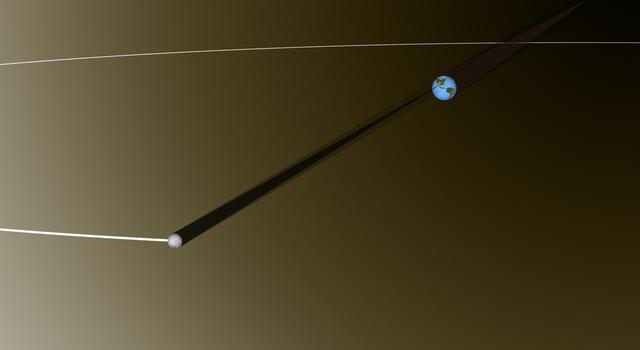 Lesson
LessonModeling the Earth-Moon System
Students learn about scale models and distance by creating a classroom-size Earth-Moon system.
Subject Science
Grades 6-8
Time 30-60 mins
-
 Math Problem
Math ProblemEpic Eclipse
Students use the mathematical constant pi to approximate the area of land covered by the Moon’s shadow during the eclipse.
Subject Math
Grades 6-12
Time < 30 mins
-
 Math Problem
Math ProblemEclipsing Enigma
Students use pi to figure out how much of the Sun’s disk will be covered by the Moon during an eclipse and whether it’s a total or annular eclipse.
Subject Math
Grades 7-12
Time < 30 mins
-
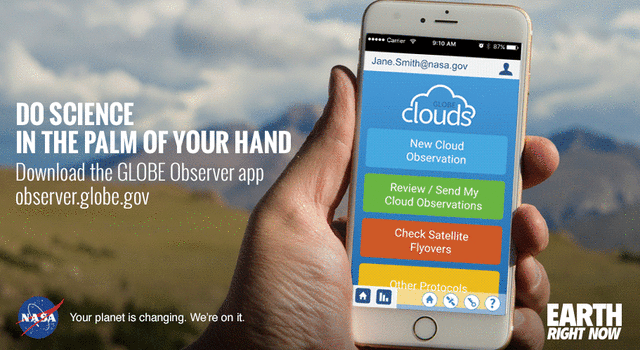 Mobile App
Mobile AppNASA GLOBE Observer App
Students can become citizen scientists and collect data for NASA’s GLOBE Program using this app available for iOS and Android devices.
Explore More
Eclipse Info
- NASA Eclipses Website
- Calendar of Past and Upcoming Eclipses
- Downloadable Eclipse Map
- NASA HEAT Eclipse Training Slide Decks
Eclipse Safety
Interactives
Citizen Science
Facts & Figures
NASA's Universe of Learning materials are based upon work supported by NASA under award number NNX16AC65A to the Space Telescope Science Institute, working in partnership with Caltech/IPAC, Center for Astrophysics | Harvard & Smithsonian, and the Jet Propulsion Laboratory.
TAGS: Solar Eclipse, Eclipse, Annular Eclipse, K-12 Education, Lessons, Classroom Resources, STEM Resources
Edu News | January 16, 2024
Doing the Math on Why We Have Leap Day
Leap day, Feb. 29, happens every four years because of a mismatch between the calendar year and Earth's orbit. Learn how it works, and get students engaged in leap day STEM.
You may have noticed that there's an extra day on your calendar this year. That's not a typo – it's leap day! Leap day is another name for Feb. 29, a date that typically comes around every four years, during a leap year.
Why doesn't Feb. 29 appear on the calendar every year?
The length of a year is based on how long it takes a planet to revolve around the Sun. Earth takes about 365.2422 days to make one revolution around the Sun. That's about six hours longer than the 365 days that we typically include in a calendar year. As a result, every four years, we have about 24 extra hours that we add to the calendar at the end of February in the form of leap day.
Without leap day, the dates of annual events, such as equinoxes and solstices, would slowly shift to later in the year, changing the dates of each season. After only a century without leap day, summer wouldn’t start until mid-July!
But the peculiar adjustments don't end there. If Earth revolved around the Sun in exactly 365 days and six hours, this system of adding a leap day every four years would need no exceptions. However, Earth takes a little less time than that to orbit the Sun. Rounding up and inserting a 24-hour leap day every four years adds about 45 extra minutes to every four-year leap cycle. That adds up to about three days every 400 years. To correct for that, years that are divisible by 100 don't have leap days unless they’re also divisible by 400.
If you do the math, you'll see that the year 2000 was a leap year, but 2100, 2200 and 2300 will not be.
Have students learn more about leap years with this article from NASA's Space Place, then have them do the math for themselves with this leap day problem set. You can also have students write a letter or poem to be opened on the next leap day or get them learning about orbits across the solar system.
And since we've got an extra 24 hours this year, don't forget to take a little time to relax!
Educator Resources
-
 Problem Set
Problem SetLeap Day Math
In this problem set, students calculate the difference between the calendar year and Earth's orbital period to determine when leap years occur.
Subject Math
Grades 5-8
Time Less than 30 mins
-
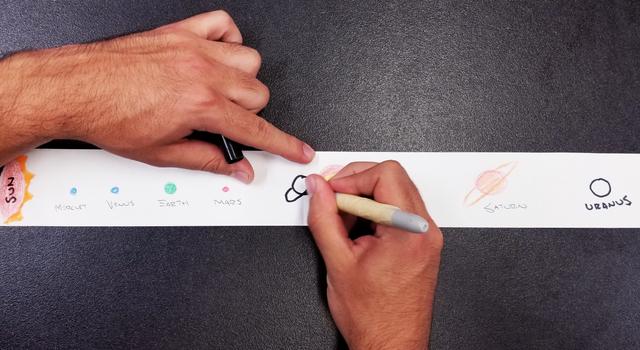 Collection
CollectionSolar System Scale & Size Lessons
Explore a collection of standards-aligned lessons all about the size and scale of our solar system.
-
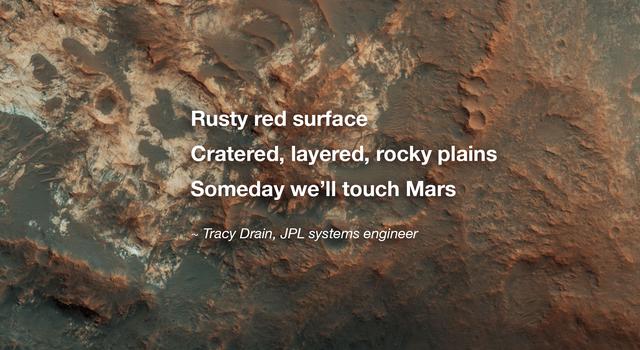 Educator Guide
Educator GuidePlanetary Poetry
Have students write a poem they can open and re-read next leap day!
Subject Science
Grades 2-12
Time 1-2 hrs
Student Resources
-
 Article
ArticleWhat Is a Leap Year?
Get the answer in this article from NASA Space Place. Plus, learn if other planets have leap years!
-
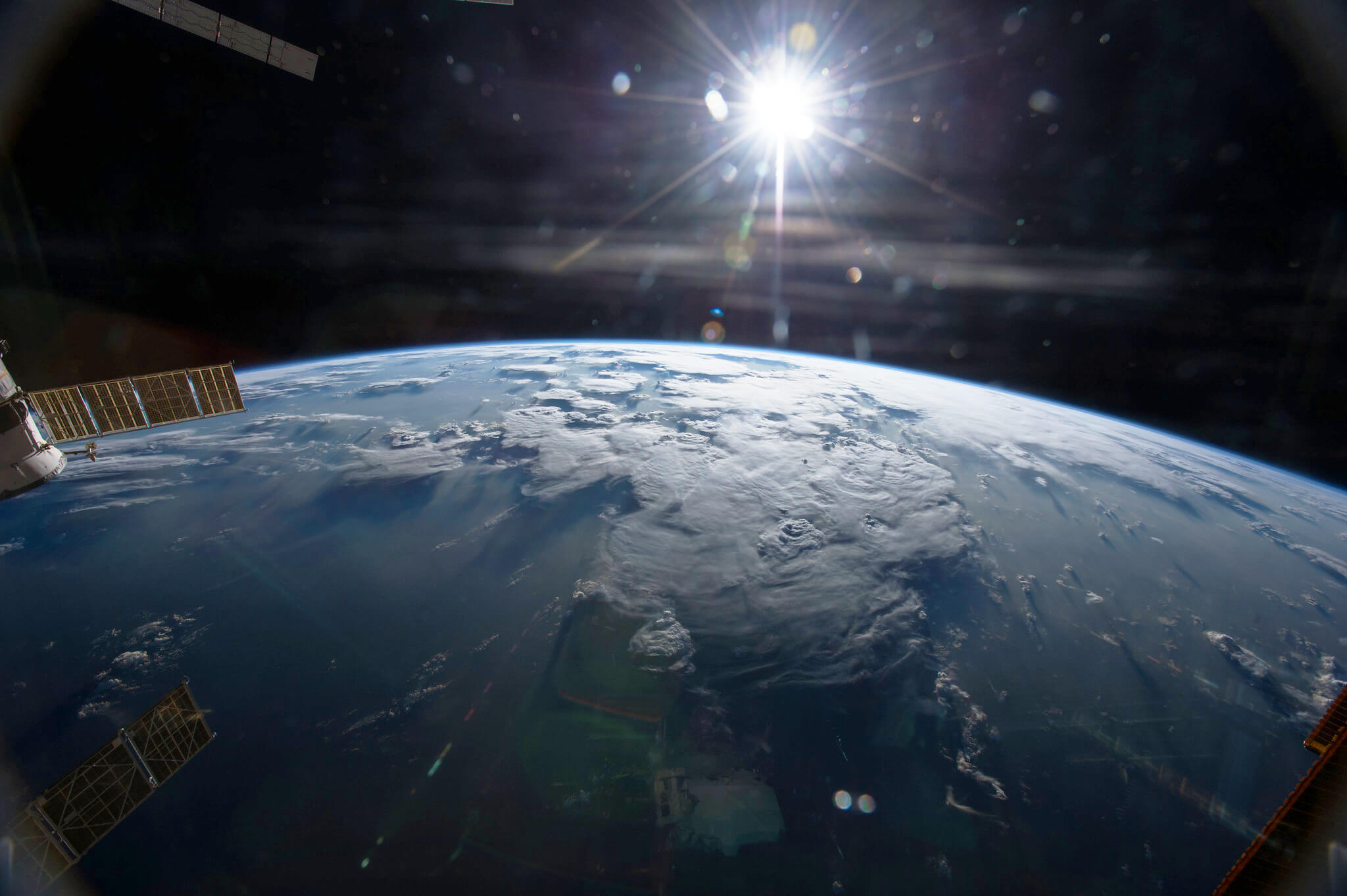 Article
ArticleHow Long Is a Year on Other Planets?
Get the answer in this article from NASA Space Place.
-
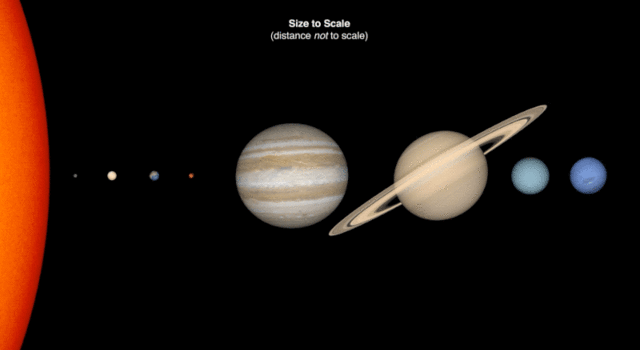 Collection
CollectionAll About the Size and Scale of the Solar System
Learn how big and far away the planets are with these projects and activities.
TAGS: K-12 Education, Math, Leap Day, Leap Year, Events, Space, Educators, Teachers, Parents, Students, STEM, Lessons, Earth Science, Earth
Edu News | August 17, 2023
Spend the School Year With NASA-JPL
Make educational connections to NASA and JPL happenings all year long with this calendar of upcoming events and links to educational resources you can use to explore STEM with us throughout the 2023-2024 school year.
August
All Month – Go Back to School With Us
The start of the school year is a great time to explore all of the resources we have on offer for educators, parents, and K-12 students. These include everything from classroom activities to DIY student projects to video tutorials to expert talks to our Teachable Moments series, which offers education-focused explainers of the latest NASA news.
There's something for every day of the school year, and you can find it all in one place on our Back to School event page. You can also sign up to receive monthly updates about new and featured content as well as upcoming events in your inbox with the JPL Education newsletter.
Learning Resources
-
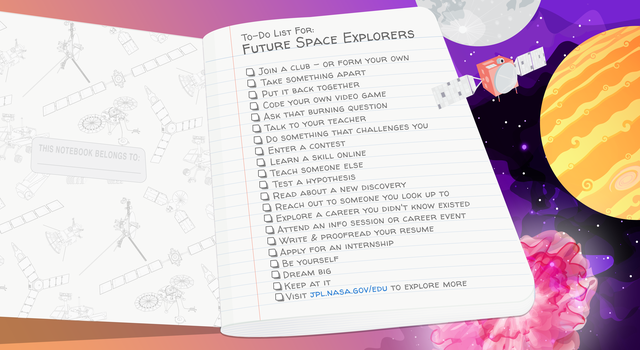 Public Event
Public EventBack to School With NASA-JPL Education
All the resources you'll need for a stellar school year from classroom lessons to student activities, challenges, and more!
-
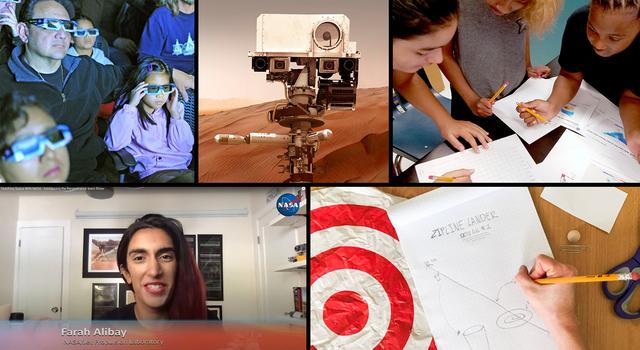 Sign Up
Sign UpJPL Newsletter
Sign up to receive the latest STEM education resources, events, and news for teachers, students, and parents from the education team at JPL.
August 30 – See Supermoons on Parade
Skygazers will have plenty to moon over in August as the second of two supermoons this month graces the sky on August 30.
Make the event a Teachable Moment by dispelling common misconceptions about supermoons and digging into the real science behind the phenomena. Get students acting out moon phases, then have them apply what they've learned to make a Moon phases calendar and calculator. Plus, explore even more classroom activities and DIY projects all about our Moon.
Learning Resources
-
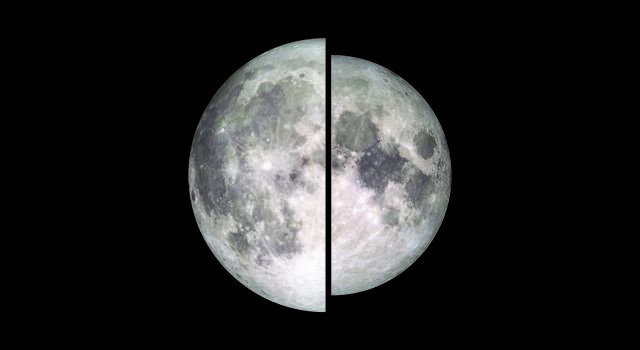 Teachable Moments
Teachable MomentsWhat’s a Supermoon and Just How Super Is It?
Here’s what you can really expect to see during a supermoon. You don’t have to take our word for it. Get students investigating themselves.
-
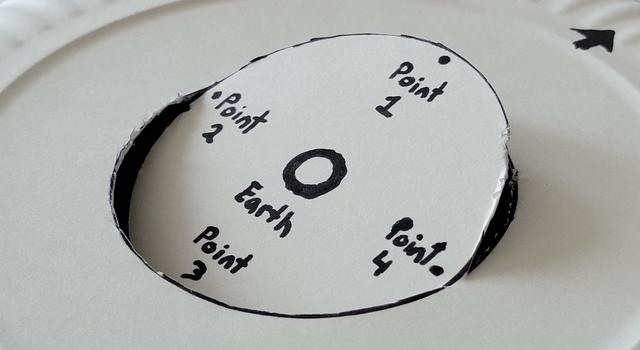 Collection
CollectionMoon Lessons for Educators
Teach students about the Moon with this collection of standards-aligned activities inspired by real NASA missions and science.
-
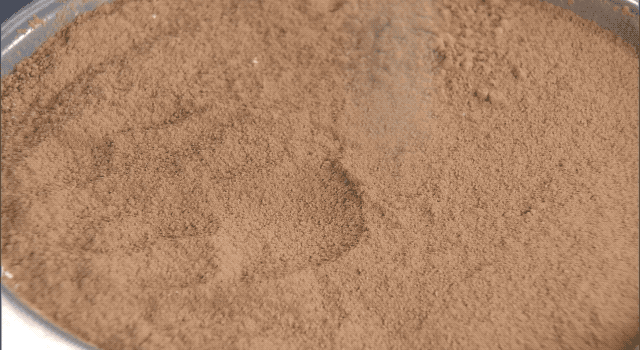 Collection
CollectionMoon Activities for Students
Learn all about the Moon with these projects, slideshows, and videos for students.
September
September 24 – Follow Along as Asteroid Samples Arrive on Earth
Samples collected from the surface of an asteroid parachuted down to Earth on September 24, landing about 70 miles west of Salt Lake City. The samples were collected by the OSIRIS-REx spacecraft, which gathered the material during a daring descent on asteroid Bennu in 2018. The mission, which marks the first time the U.S. has collected samples from an asteroid, will give scientists an unparalleled, up-close look at remnants from our early solar system.
Follow along with the mission by having students do some of the same math as OSIRIS-REx mission planners. Or, have them do their own asteroid-related experiments. It's also a great opportunity to make connections to another NASA sample-return mission.
Learning Resources
-
 Collection
CollectionAsteroids Lessons for Educators
Explore a collection of standards-aligned lessons all about asteroids and craters.
-
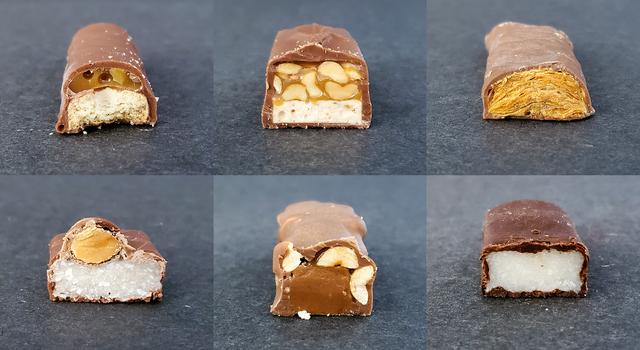 Collection
CollectionAsteroids Activities for Students
Explore projects, videos, slideshows, and games for students all about asteroids.
October
October 12 – Join NASA for the Psyche Launch
Did you know we can explore asteroids and other far away objects in the solar system to learn more about the interior of our own planet? That's one of the goals of NASA's Psyche mission, which is slated to launch on October 12 from NASA's Kennedy Space Center in Florida. The mission is designed to explore an asteroid – also named Psyche – that may be the remnant of a planet's core.
The Psyche spacecraft is one of just a handful of NASA missions throughout history that have used electric propulsion rather than a chemical engine, which means it's also a great opportunity to make connections to real-world examples of motion and forces. Get a primer on all the engineering and science behind the mission from our Teachable Moments series, then explore related lessons and projects.
Learning Resources
-
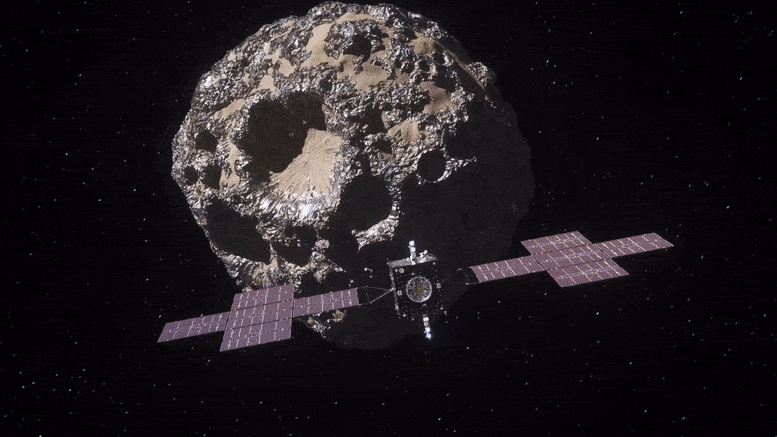 Article
ArticleTeachable Moments: Asteroid Mission Aims to Explore Mysteries of Earth's Core
Explore how NASA's Psyche mission aims to help scientists answer questions about Earth and the formation of our solar system.
-
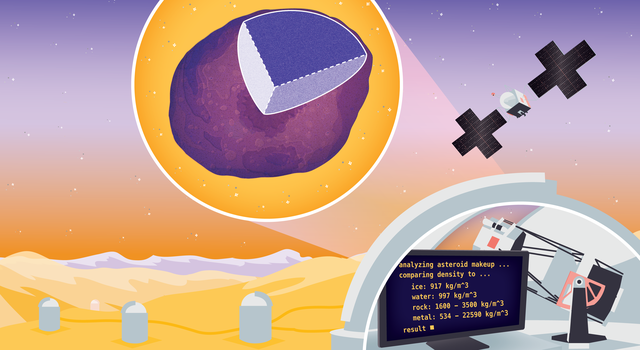 Collection
CollectionPsyche Lessons for Educators
Explore a collection of standards-aligned lessons related to NASA's Psyche mission.
-
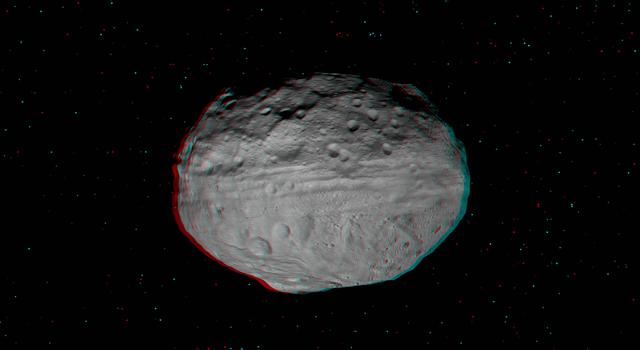 Collection
CollectionPsyche Activities for Students
Explore projects, videos, slideshows, and games for students all about asteroids.
October 14 – Catch the Annular Solar Eclipse
October 14 marks the start of another exciting double-feature for skygazers: an annular solar eclipse followed by a total solar eclipse just six months later. In both events, the Sun, Moon, and Earth will align, creating a spectacular sight in the sky. But during the annular solar eclipse on October 14, a ring of sunlight will remain visible around the Moon. This is due to differences in the relative distances between the Sun, Moon, and Earth during the eclipse. In any case, remember to never look directly at the Sun without proper protection, such as certified solar eclipse glasses.
Another fun way to view a solar eclipse is by making a pinhole camera. Students can even use their pinhole cameras to make solar art. Check out our Teachable Moments article for more info on where and when to watch the eclipse, plus a primer on the science of solar eclipses. And explore even more eclipse lessons and activities – including a math puzzler from our NASA Pi Day Challenge.
Learning Resources
-
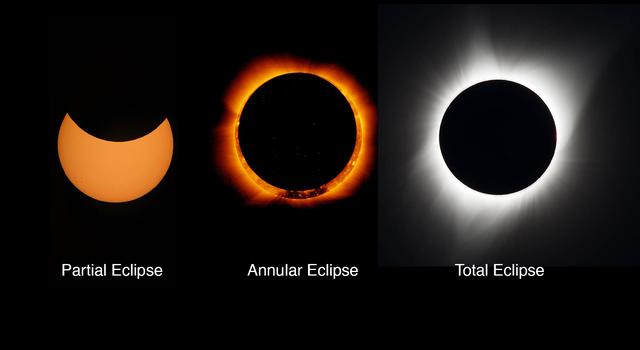 Teachable Moment
Teachable MomentThe Science of Solar Eclipses and How to Watch With NASA
Get ready for the annular solar eclipse on Oct. 14, 2023. Learn about the science behind solar eclipses, how to watch safely, and how to engage students in NASA science.
-
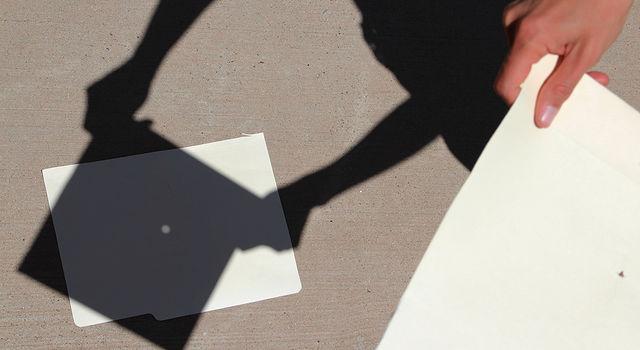 Student Project
Student ProjectHow to Make a Pinhole Camera
Learn how to make your very own pinhole camera to safely see a solar eclipse in action!
-
 Lesson
LessonModel a Solar Eclipse
Students use simple materials to model a partial, annular, and total solar eclipse.
-
 Math Problem
Math ProblemEclipsing Enigma: A ‘Pi in the Sky’ Math Challenge
In this illustrated math problem, students use pi to figure out how much of the Sun’s disk will be covered by the Moon during an eclipse and whether it’s a total or annular eclipse.
Oct. 31 – Dare Mighty Pumpkins
Every Halloween, during an annual contest held at JPL, our engineers join kids and families across the country in the hallowed tradition of pumpkin carving. But these aren't your average jack-o'-lanterns. JPL pumpkins from years past have included a simulated Moon landing, Mars-themed whack-a-mole, and an exploding pumpkin supernova. The event, which takes place during employees' lunch break, gives all-new credence to the Lab's unofficial motto, "Dare Mighty Things." And it's good timing because this Halloween is also JPL's 87th birthday.
Whether history or Halloween are your thing, we've got ways to make educational connections – including a DIY project that gets students daring mighty pumpkins, themselves.
Learning Resources
-
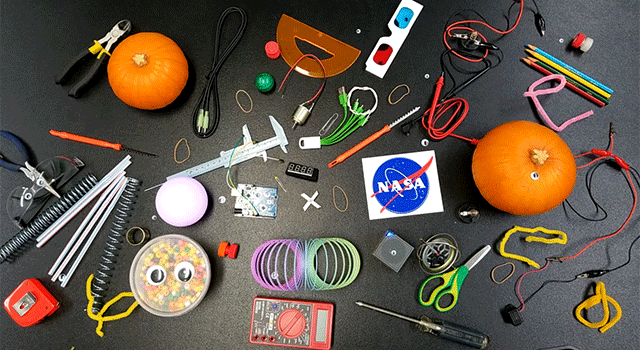 Collection
CollectionHalloween Activities for Students
Explore student projects and slideshows that put a Halloween twist on STEM.
-
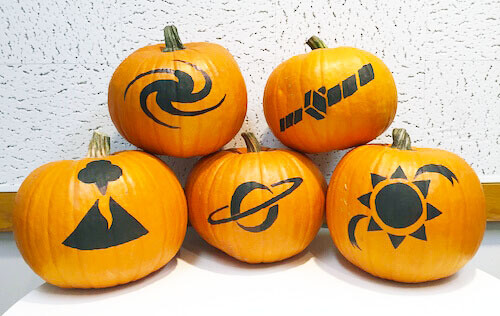 For Kids
For KidsHalloween Activities and Articles for Kids
Explore Halloween activities from NASA's Space Place, including pumpkin stencils, planet masks, an a scary space slideshow.
-
 Articles
ArticlesTeachable Moments: JPL History
Explore key moments in JPL history and how they connect to what students are learning now.
November
All Month – Explore STEM Careers
Take part in National Career Development Month in November by exploring STEM opportunities at NASA and JPL. Students can learn more about careers in STEM and hear directly from scientists and engineers working on NASA missions in our Teaching Space video series. Meanwhile, our news page has more about what it takes to be a NASA astronaut and what it's like to be a JPL intern. You can also explore a collection of stories about NASA people, Women at NASA, and Women at JPL, to learn more about the work they do.
For students already in college and pursuing STEM degrees, it's never too soon to start exploring internship opportunities for the summer. The deadline for JPL summer internships is March 29, so refresh your resume and get your application started now. Learn how to stand out with this article on how to get an internship at JPL – which also includes advice for pre-college students.
Learning Resources
-
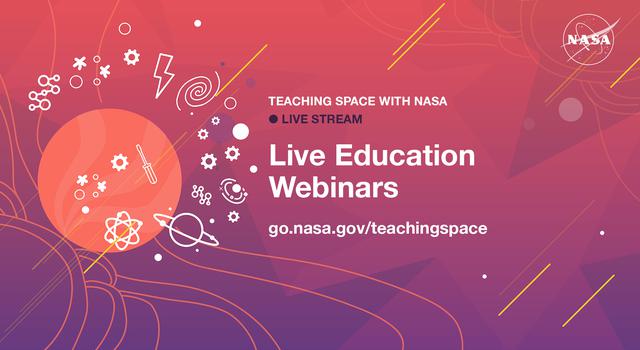 Expert Talks
Expert TalksTeaching Space With NASA
Hear from experts and education specialists about the latest missions and science happening at NASA and get your questions answered.
-
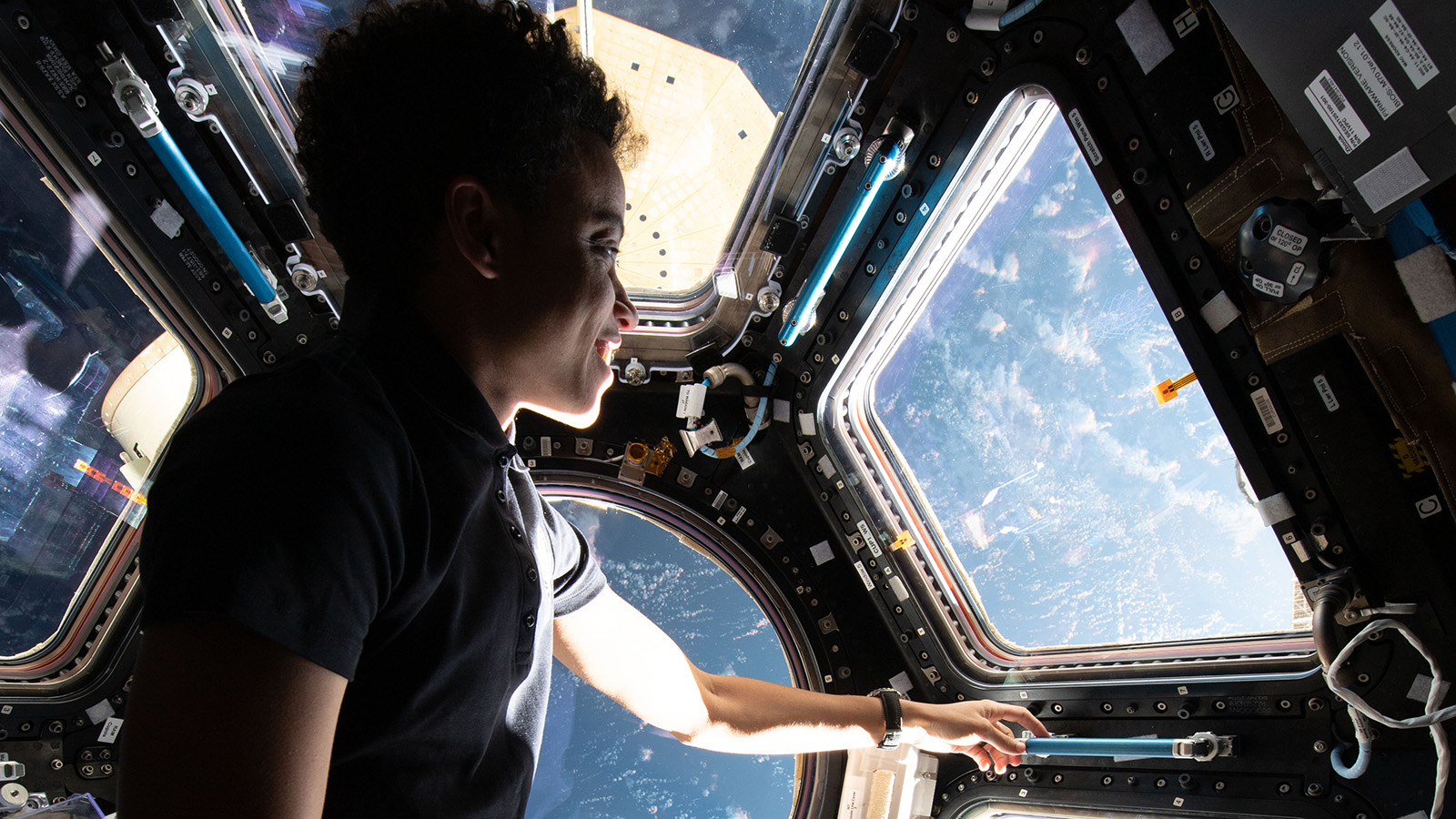 Articles
ArticlesCareer Guidance
Get advice from scientists, engineers and educators about what it takes to work in science, technology, engineering and mathematics fields and how to get a foot in the door.
-
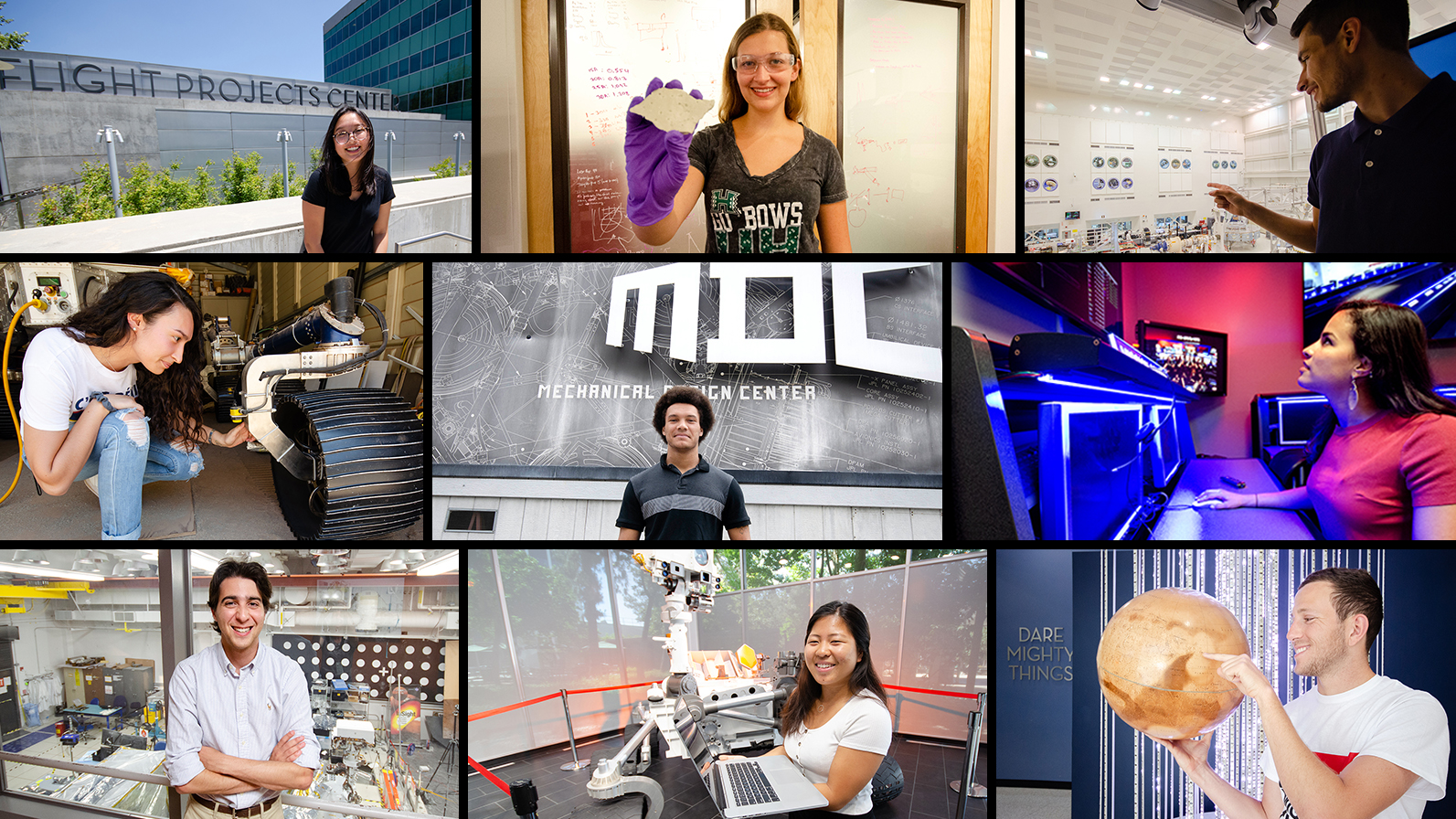 Articles
ArticlesMeet JPL Interns
These interns are pushing the boundaries of space exploration and science at the leading center for robotic exploration of the solar system.
-
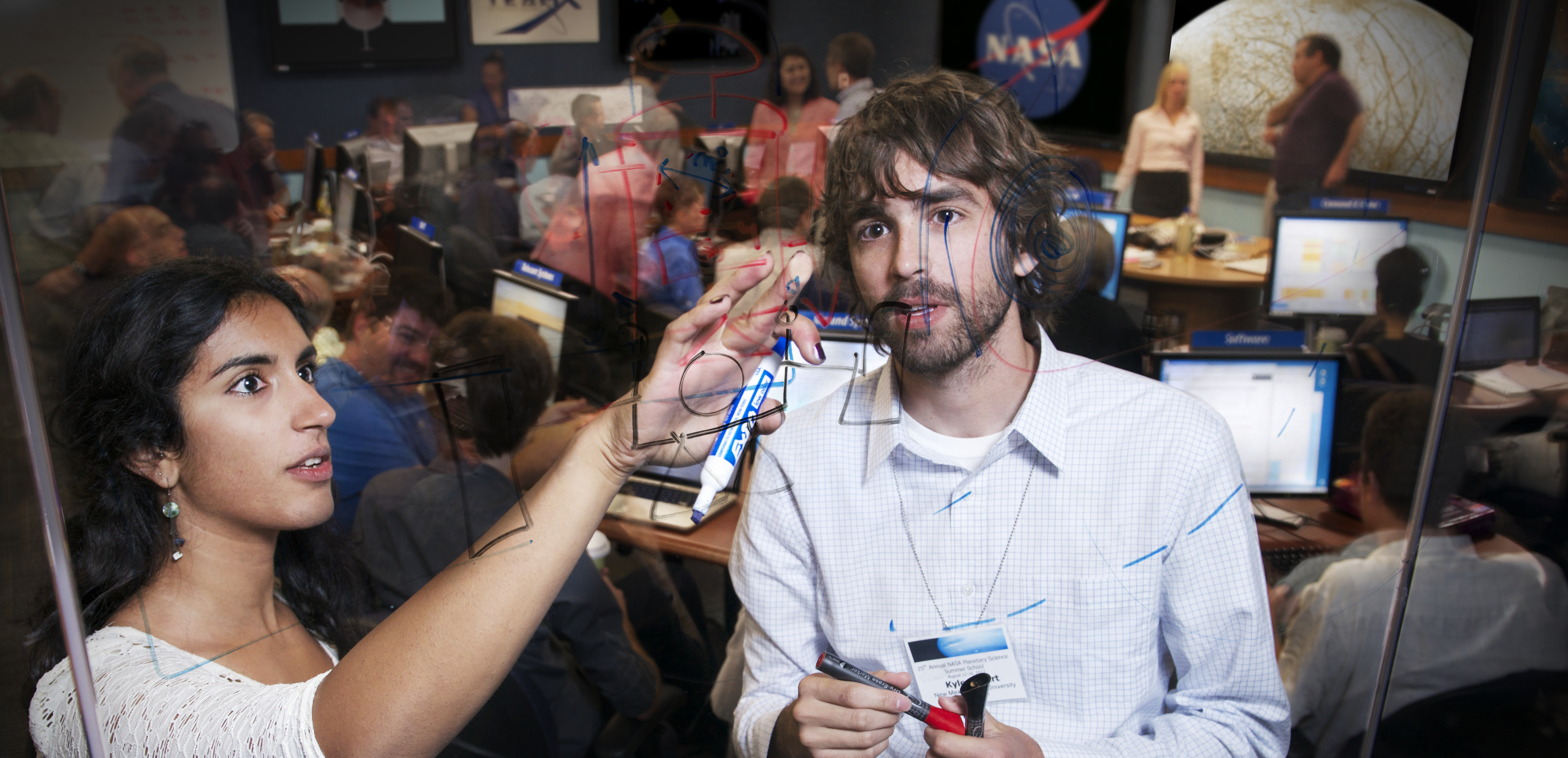 Opportunities
OpportunitiesInternships and Jobs at JPL and NASA
Discover exciting opportunities at the leading NASA center for robotic exploration of the solar system.
December
All Month – Send Your Name to Jupiter
Here's a gift idea that doesn't cost a thing: Send a loved one's name to Jupiter with NASA's Europa Clipper mission. December is the last month to add your name to a microchip that will be flown on the spacecraft along with a poem written by the U.S. Poet Laureate, Ada Limón. The Europa Clipper mission, which is scheduled to launch in October 2024, is designed to explore Jupiter's ice-covered ocean moon Europa – the newest frontier in our search for life beyond Earth. So don't miss the boat – or, in this case, spacecraft – on this exciting opportunity.
Explore activities students can do in class or over winter break to write their own space poetry and engage in hands-on activities and experiments related to the Europa Clipper mission.
Learning Resources
-
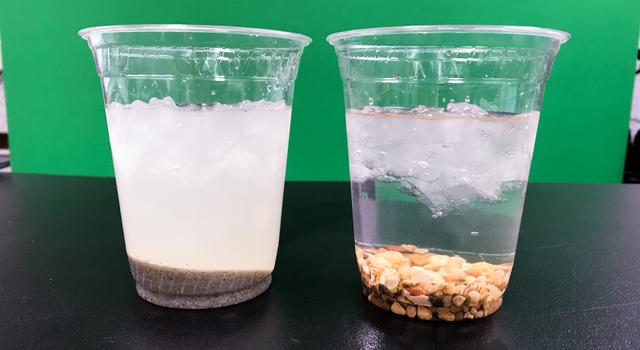 Collection
CollectionEuropa Lessons for Educators
Explore classroom activities to bring the excitement of STEM and NASA's Europa Clipper mission to students.
-
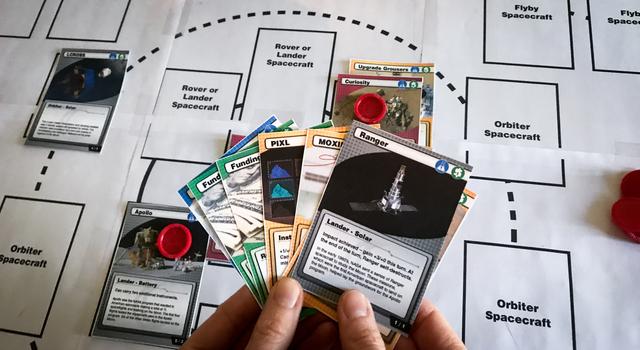 Collection
CollectionEuropa Activities for Students
Learn all about Jupiter's moon Europa with these projects and videos for students.
-
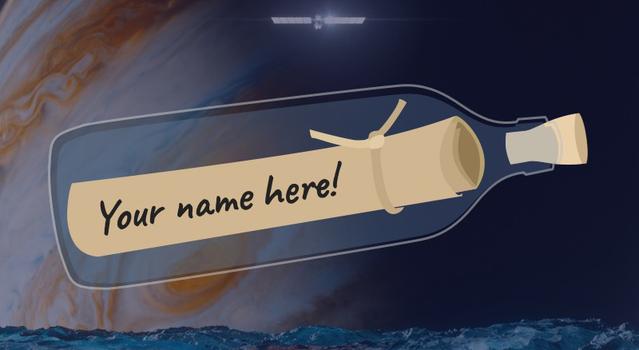 Public Event
Public EventSend Your Name to Jupiter
Have your name engraved on NASA's Europa Clipper spacecraft. Plus, explore more ways you can participate with the mission.
-
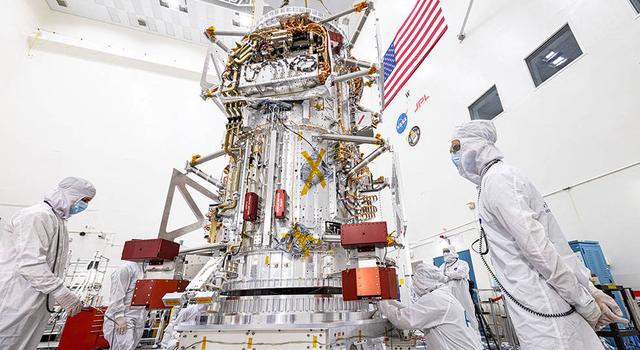 Live Stream
Live StreamWatch Engineers Build Europa Clipper Live at JPL
Get a live view into the "cleanroom" at NASA's Jet Propulsion Laboratory, where engineers are building the Europa Clipper spacecraft.
All Month – Prepare for the Science Fair
Before you know it, it'll be science fair time. Avoid the stress of science fair prep by getting students organized and thinking about their projects before the winter recess. Start by watching our video series How to Do a Science Fair Project. A scientist and an engineer from JPL walk your students through all the steps they will need to create an original science fair project by observing the world around them and asking questions.
You can also explore our science fair starter pack of lessons and projects to get students generating ideas and thinking like scientists and engineers.
Learning Resources
-
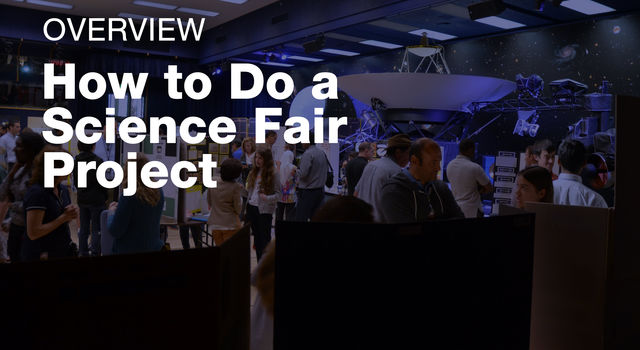 Video Series
Video SeriesHow to Do a Science Fair Project
Learn all the ins and outs of crafting your very own science fair project.
-
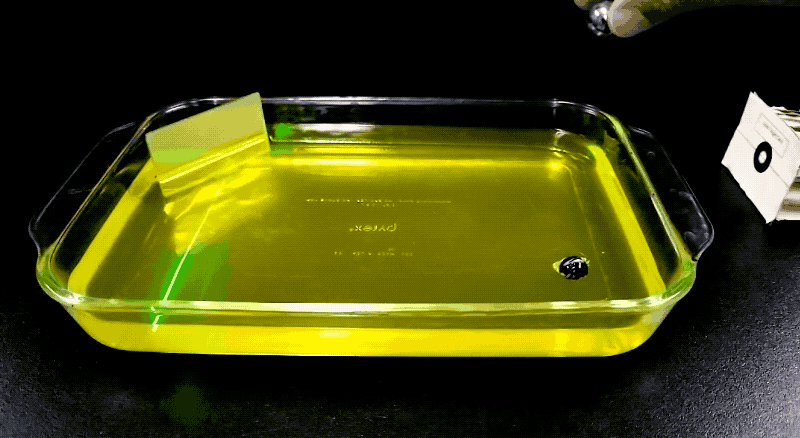 Collection
CollectionScience Fair Lessons for Educators
Teach students how to craft their own science and engineering fair project with these video tutorials and lessons featuring NASA missions and science.
-
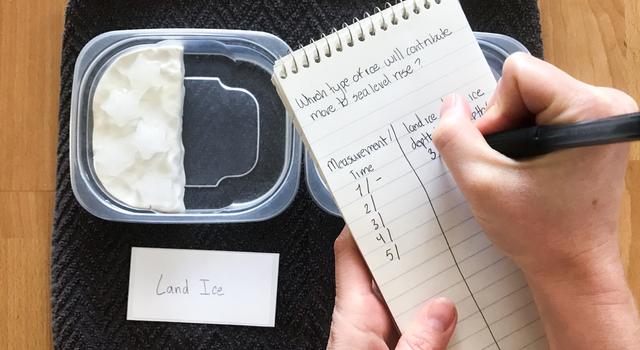 Collection
CollectionScience Fair Activities for Students
Learn how to design a science and engineering fair project and get inspired with our catalog of student projects featuring NASA missions and science.
January
January 4 - Take a Closer Look at Jupiter's 'Pizza Moon'
Everyone's favorite pizza moon is getting another series of close-ups from NASA's Juno mission. Now that Juno has completed its primary science goals, mission planners are tweaking the spacecraft's orbit to send it past some of Jupiter's most fascinating moons. Io – notable for the more than 150 active volcanoes that splotch its surface like a bubbling cheese pizza – is next on the docket with two planned flybys this school year. Keep an eye on the mission website for updates and images from the first flyby on Dec. 30, 2023 that you can use to engage students before the second flyby on Feb. 3, 2024.
While on the topic of Juno, which holds the title of the most distant solar-powered spacecraft, it's a great opportunity to segue into math lessons involving pi, exponents, and the inverse square law. Or, highlight another record-holder: Rosaly Lopes, the JPL scientist who discovered 71 active volcanoes on Io, for which she was given the 2006 Guiness World Record for her discovery of the most active volcanoes anywhere.
Learning Resources
-
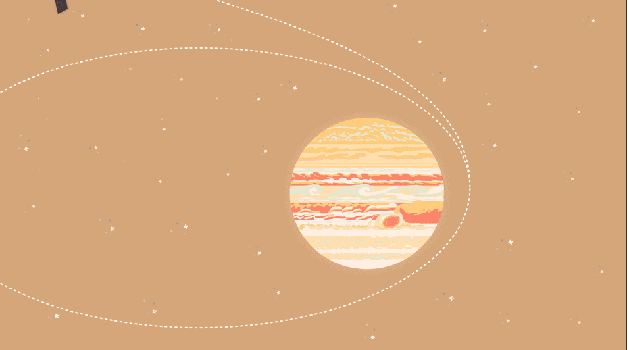 Collection
CollectionJuno Lessons for Educators
Explore classroom activities to bring the excitement of STEM and NASA's Juno mission to students.
-
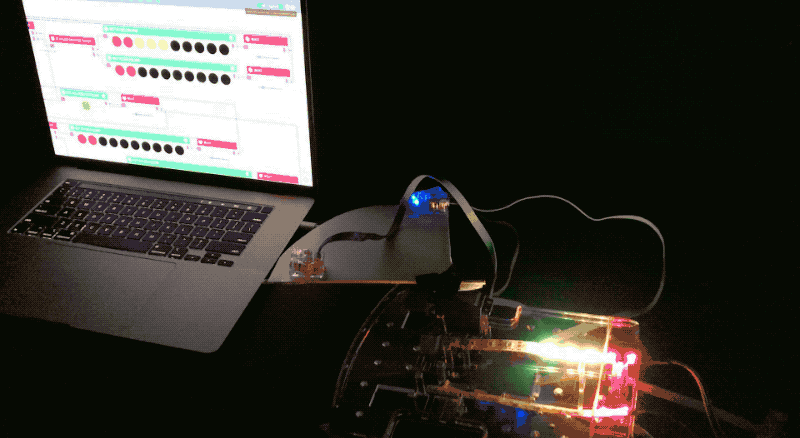 Collection
CollectionJuno Activities for Students
Learn all about NASA's Juno mission with these projects, slideshows, and videos for students.
-
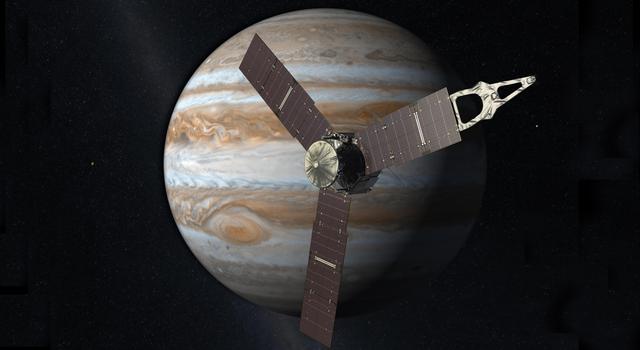 Teachable Moments
Teachable MomentsCruising to Jupiter: A Powerful Math Lesson
Find out how NASA’s Juno mission at Jupiter earned the title of most distant solar-powered spacecraft and how it relates to exponents.
February
February 18 – Learn What's Next for Mars Exploration
February 18 marks three years since NASA's Perseverance rover touched down on Mars, sticking the landing on one of the riskiest Red Planet descents to date. While the rover is coring away on Mars, collecting a diverse array of scientifically intriguing samples, mission teams here are busy designing, developing, and testing various devices to bring those samples to Earth. While we've collected samples from other objects in the solar system before (see October's asteroid sample return), this would be the first time we've retrieved samples from another planet. It requires an ambitious plan executed by multiple teams that need to achieve a number of other firsts – including the first launch from another planet.
Get students following along with classroom activities, projects, and challenges that have them apply their coding and collaboration skills to designing their own Mars sample return missions.
Learning Resources
-
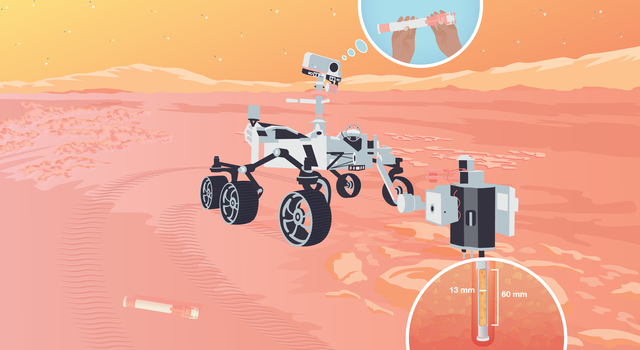 Collection
CollectionMars Sample Return Lessons for Educators
Explore classroom activities to bring the excitement of STEM and NASA's Mars Sample Return mission to students.
-
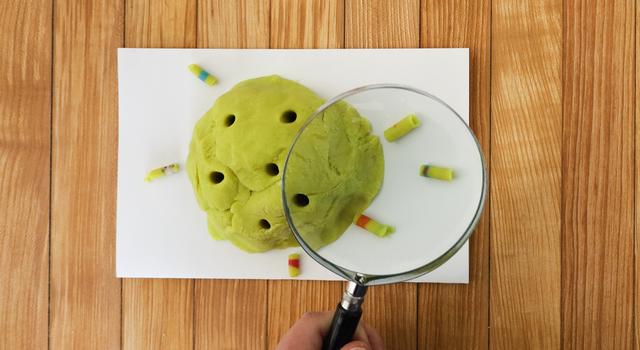 Collection
CollectionMars Sample Return Activities for Students
Learn all about NASA's Mars Sample Return mission with these projects for students.
-
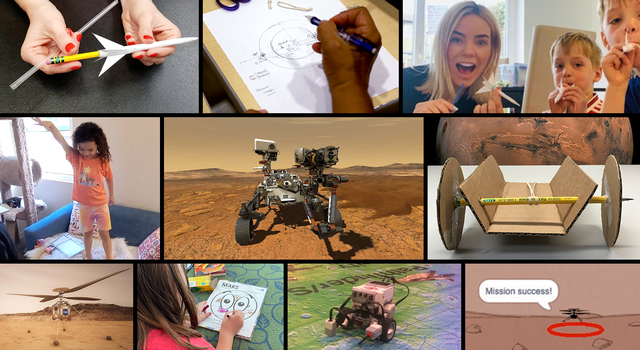 Collection
CollectionMission to Mars Student Challenge
Get K-12 students exploring Mars with NASA scientists, engineers, and the Perseverance rover as they learn all about STEM and design their very own mission to the Red Planet!
-
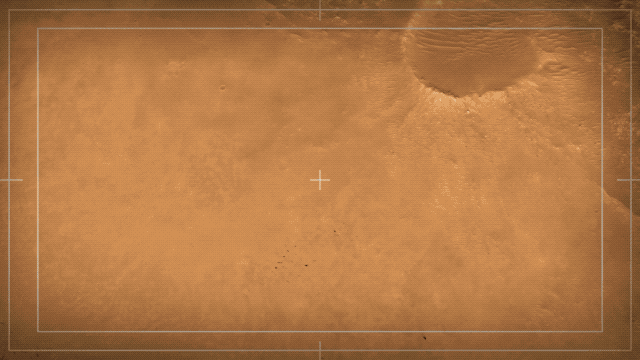 Teachable Moments
Teachable MomentsNASA's Perseverance Rover Lands on Mars
Learn how, why, and what Perseverance will explore on Mars, plus find out about an exciting opportunity for you and your students to join in the adventure!
March
March 7-15 – Take the NASA Pi Day Challenge
There's more than pie to look forward to on March 14 as we'll be releasing an all-new set of Pi Day Challenge math problems involving NASA missions and science. Look for the latest problem set along with links to more resources and ways to celebrate Pi Day with us starting on March 7. You can get a sneak peek with the resources below, which work all year long, even without the slice of pie – although, we wouldn't blame you if you had one anyway.
Learning Resources
-
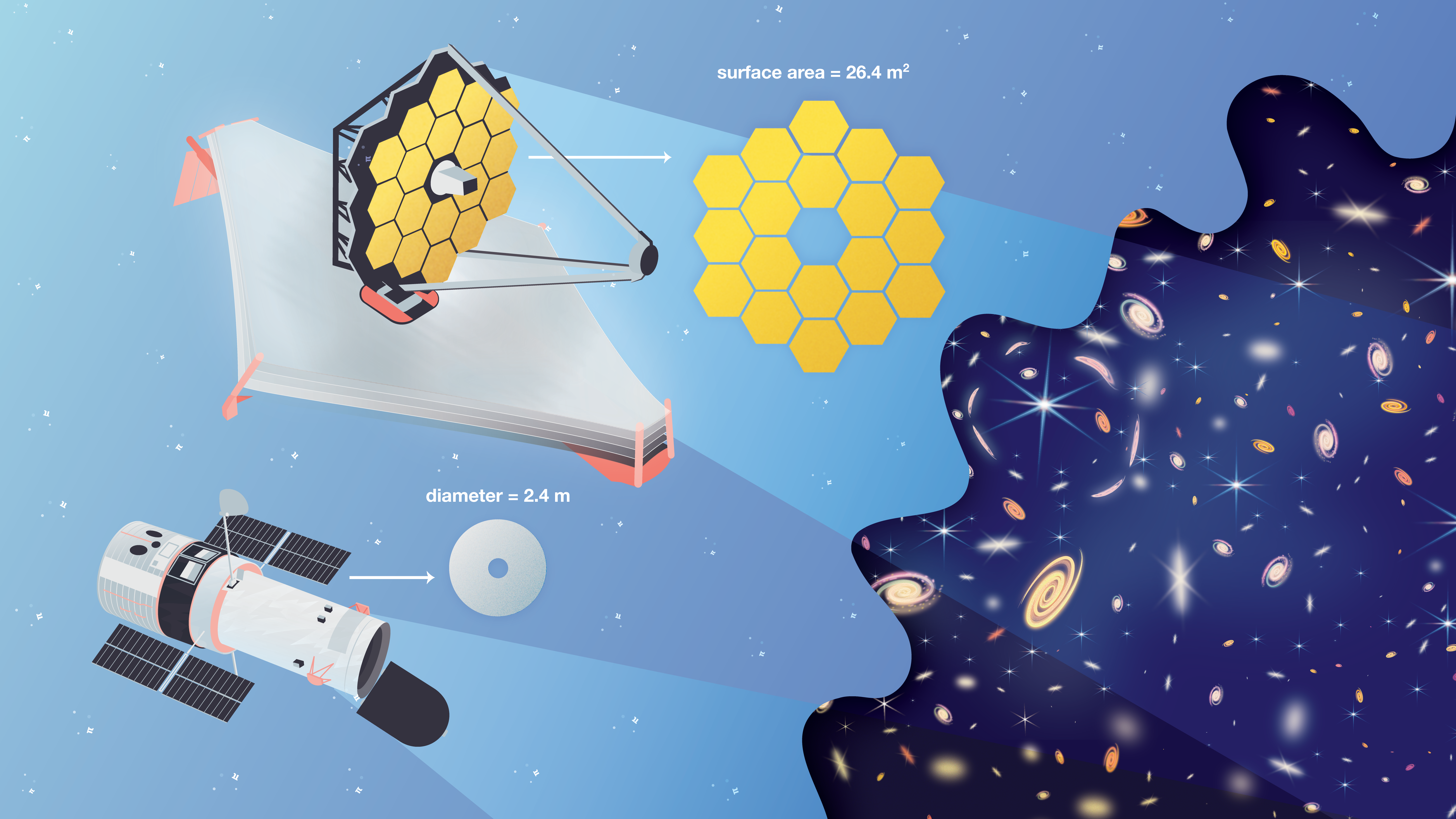 Collection
CollectionPi in the Sky Lessons
Find everything you need to bring the NASA Pi Day Challenge into the classroom, including printable handouts of each illustrated math problem.
-
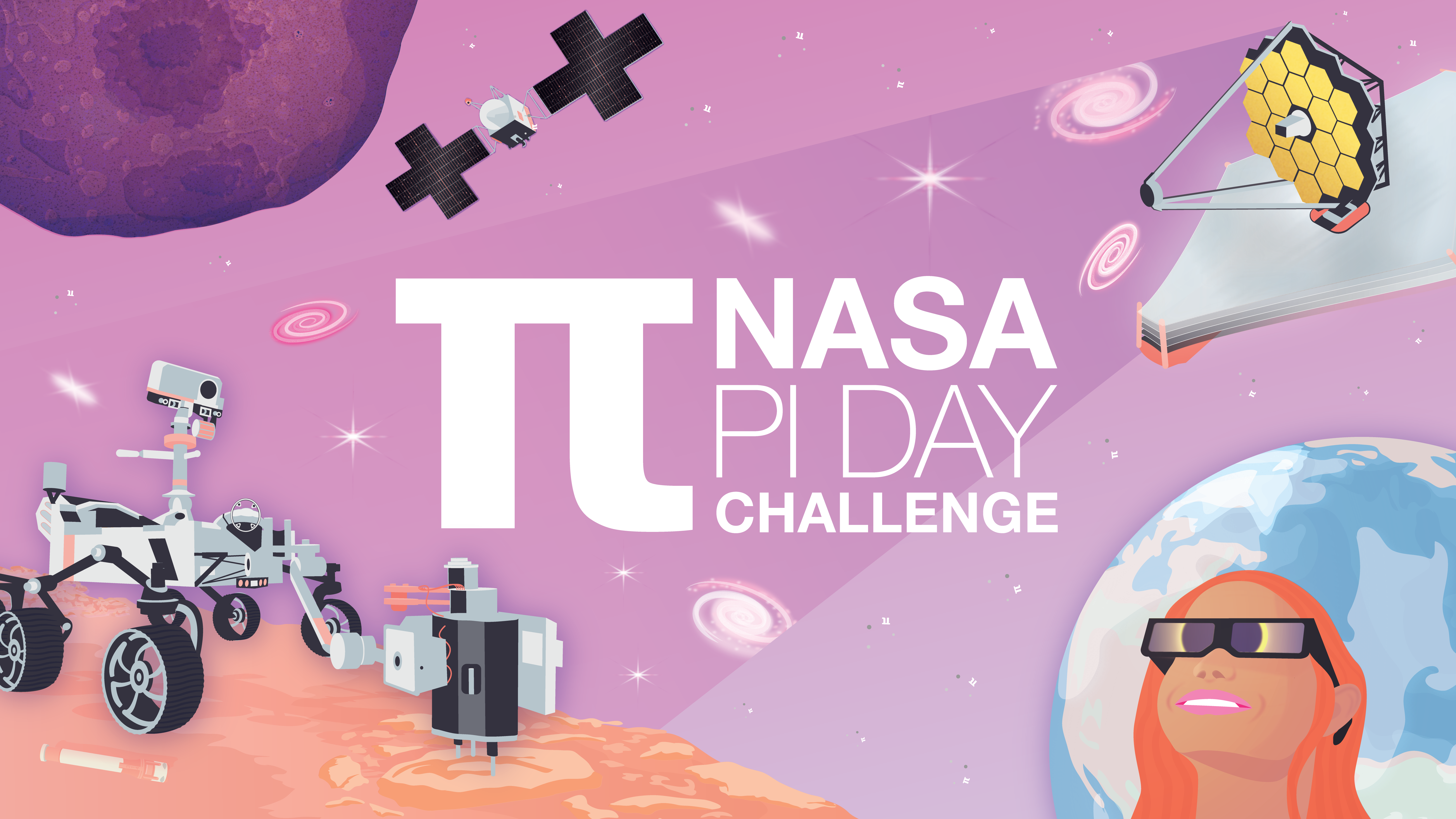 Student Project
Student ProjectNASA Pi Day Challenge
This collection of illustrated math problems gets students using pi like NASA scientists and engineers exploring Earth and space.
-
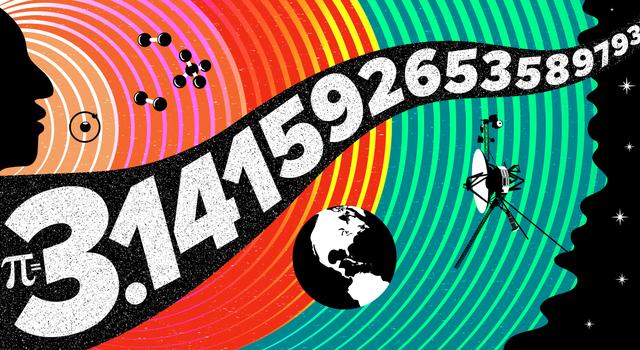 Article
ArticleHow Many Decimals of Pi Do We Really Need?
While you may have memorized more than 70,000 digits of pi, world record holders, a JPL engineer explains why you really only need a tiny fraction of that for most calculations.
-
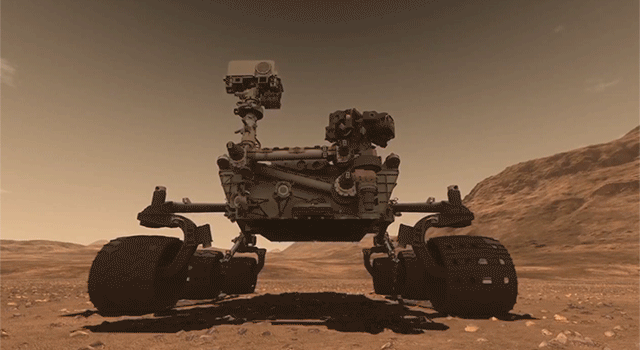 Article
Article18 Ways NASA Uses Pi
Whether it's sending spacecraft to other planets, driving rovers on Mars, finding out what planets are made of or how deep alien oceans are, pi takes us far at NASA. Find out how pi helps us explore space.
April
April 8 – Watch the Total Solar Eclipse
Time to get some solar eclipse glasses and dig out your pinhole cameras once again – this time for the headliner, a total solar eclipse on April 8. The eclipse will start in the South Pacific Ocean before passing over Mexico and following a diagonal path northeast over the U.S. and Canada. NASA is holding community events across the country where you can hear from speakers and participate in activities. Learn more on the agency's web page for all things solar eclipse.
Whether you're covering eclipse topics for the first time this school year or expanding on learning from October, this solar eclipse is a good time to get students exploring more about the science of eclipses. Start by looking at the five science experiments NASA has funded for the 2024 solar eclipse, then have students investigate solar eclipse science for themselves.
Learning Resources
-
 Teachable Moment
Teachable MomentThe Science of Solar Eclipses and How to Watch With NASA
Learn about the science behind solar eclipses, how to watch safely, and how to engage students in NASA science.
-
 Student Project
Student ProjectHow to Make a Pinhole Camera
Learn how to make your very own pinhole camera to safely see a solar eclipse in action!
-
 Lesson
LessonModel a Solar Eclipse
Students use simple materials to model a partial, annular, and total solar eclipse.
-
 Math Problem
Math ProblemEclipsing Enigma: A ‘Pi in the Sky’ Math Challenge
In this illustrated math problem, students use pi to figure out how much of the Sun’s disk will be covered by the Moon during an eclipse and whether it’s a total or annular eclipse.
April 22 - Celebrate Earth Day With NASA
You may not immediately think of Earth science when you think of NASA, but it's a big part of what we do. Earth Day on April 22 is a great time to learn more about our Earth and climate science projects and missions, especially with the much anticipated NISAR mission taking to the skies in 2024 to track minute changes in the planet's surface, including those from natural hazards such as earthquakes, tsunamis, volcanoes and landslides.
Whether you want to focus on Earth’s surface and geology, climate change, extreme weather, or the water budget, we have an abundance of lessons, student projects and Teachable Moments to guide your way.
Learning Resources
-
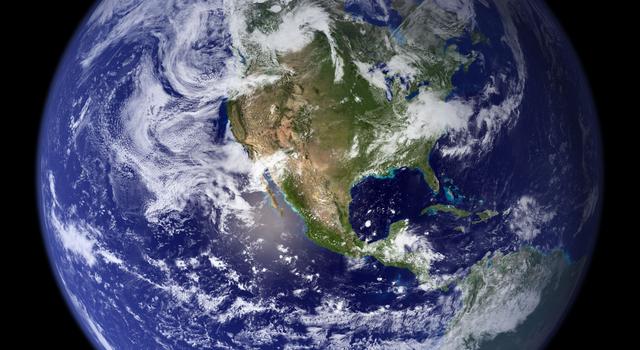 Collection
CollectionEarth Lessons for Educators
Discover a collection of standards-aligned STEM lessons all about Earth and climate change.
-
 Collection
CollectionEarth Activities for Students
Try these science and engineering projects, watch videos, and explore images all about the planet that we call home.
-
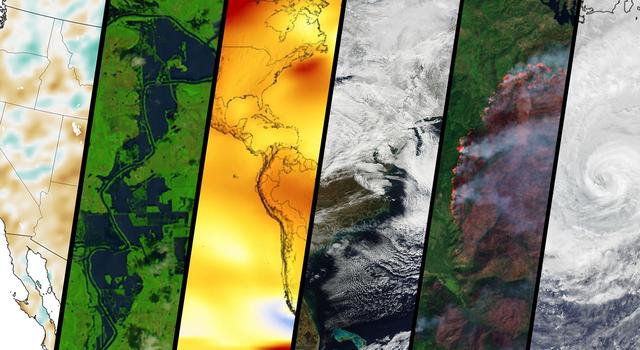 Teachable Moments
Teachable MomentsClimate Change Collection
Explore this collection of Teachable Moments articles to get a primer on the latest NASA Earth science missions, plus find related education resources you can deploy right away!
May
May 6-10 – Give Thanks to Teachers and Black Holes
It may not seem like there's much to be gained from the dual programming of Black Hole Week and Teacher Appreciation Week on May 6-10, but sending students off to learn more about everyone's favorite spacely phenomenon might just give teachers the breather they deserve after a busy school year.
Have students dig into the science of black holes or even try out an experiment to learn how a black hole collision helped prove the existence of gravitational waves. Meanwhile, teachers can learn about all the ways their work has inspired us.
Learning Resources
-
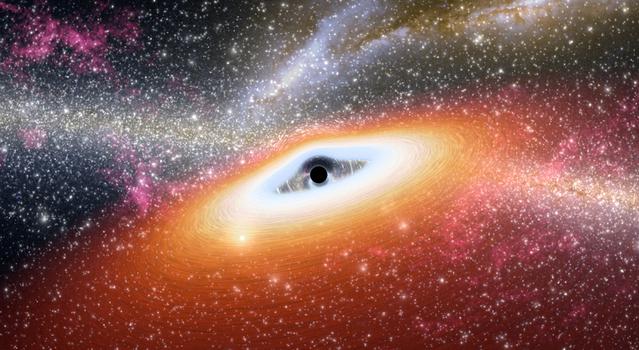 Slideshow
SlideshowBlack Holes: By the Numbers
What are black holes and how do they form?
-
 Lesson
LessonDropping In With Gravitational Waves
Students develop a model to represent the collision of two black holes, the gravitational waves that result and the waves' propagation through spacetime.
-
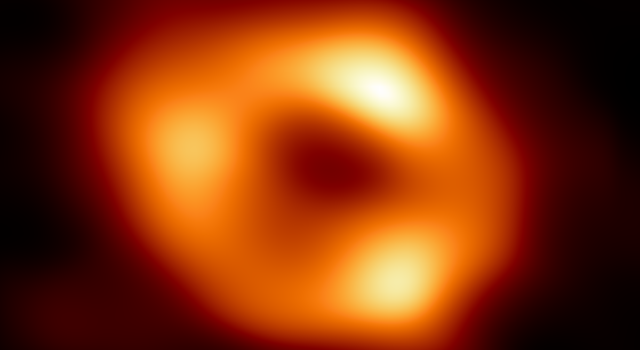 Articles
ArticlesTeachable Moments: Black Holes
Learn about the latest discoveries in black hole science and how to make connections to what students are learning.
-
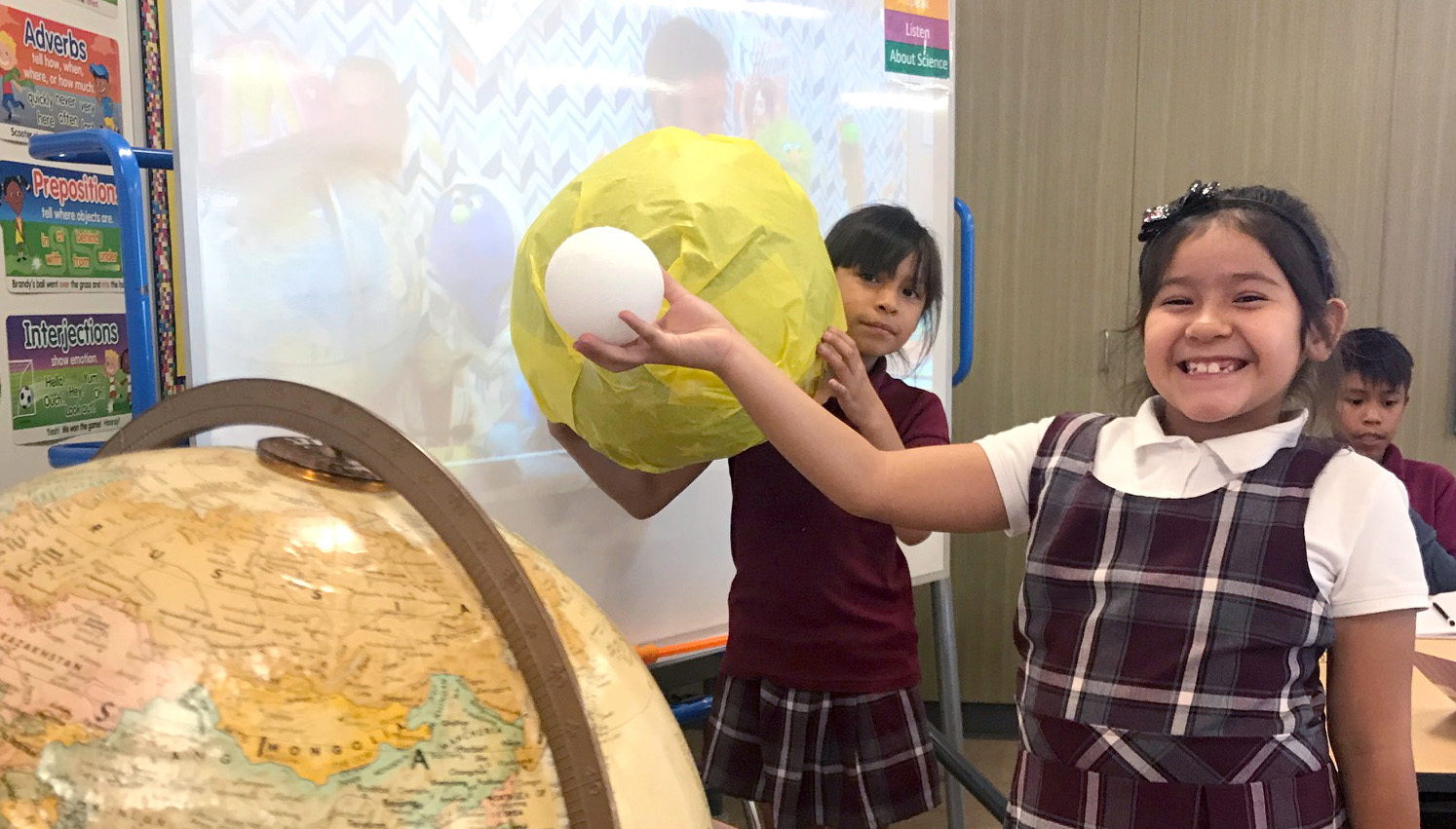 Share
ShareThank You, Teachers!
Employees at NASA's Jet Propulsion Laboratory give thanks to the teachers who helped them reach for the stars.
All Month – Launch Into Summer
Speaking of black holes, don't let students' learning fall into one as the summer gets into full swing. Send them off with links to these DIY summer projects. There's even more for parents and families on our Learning Space With NASA at Home page, which also has information to help direct students' learning during out-of-school time.
Learning Resources
-
 Student Resources
Student ResourcesSummer Activities for Students
Explore Earth and space with these hands-on projects, slideshows, videos, and more for K-12 students.
-
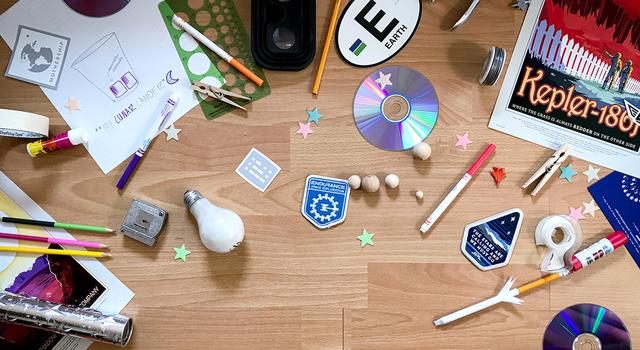 Student Resources
Student ResourcesLearning Space With NASA
Explore space and science activities you can do with NASA at home. Find video tutorials, DIY projects, slideshows, games and more!
TAGS: Teachers, Classroom, Lessons, Educators, K-12, Parents, Students, Resources
Teachable Moments | August 16, 2023
Asteroid Mission Aims to Explore Mysteries of Earth's Core
Explore how NASA's Psyche mission aims to help scientists answer questions about Earth and the formation of our solar system. Then, make connections to STEM learning in the classroom.
NASA is launching a spacecraft in October 2023 to visit the asteroid Psyche, a metal-rich asteroid. The mission with the same name, Psyche, will study the asteroid, which is located in the main asteroid belt between Mars and Jupiter, to learn more about our solar system, including the core of our own planet.
Read more to find out what we will learn from the Psyche mission. Get to know the science behind the mission and follow along in the classroom using STEM teaching and learning resources from NASA.
Why It's Important
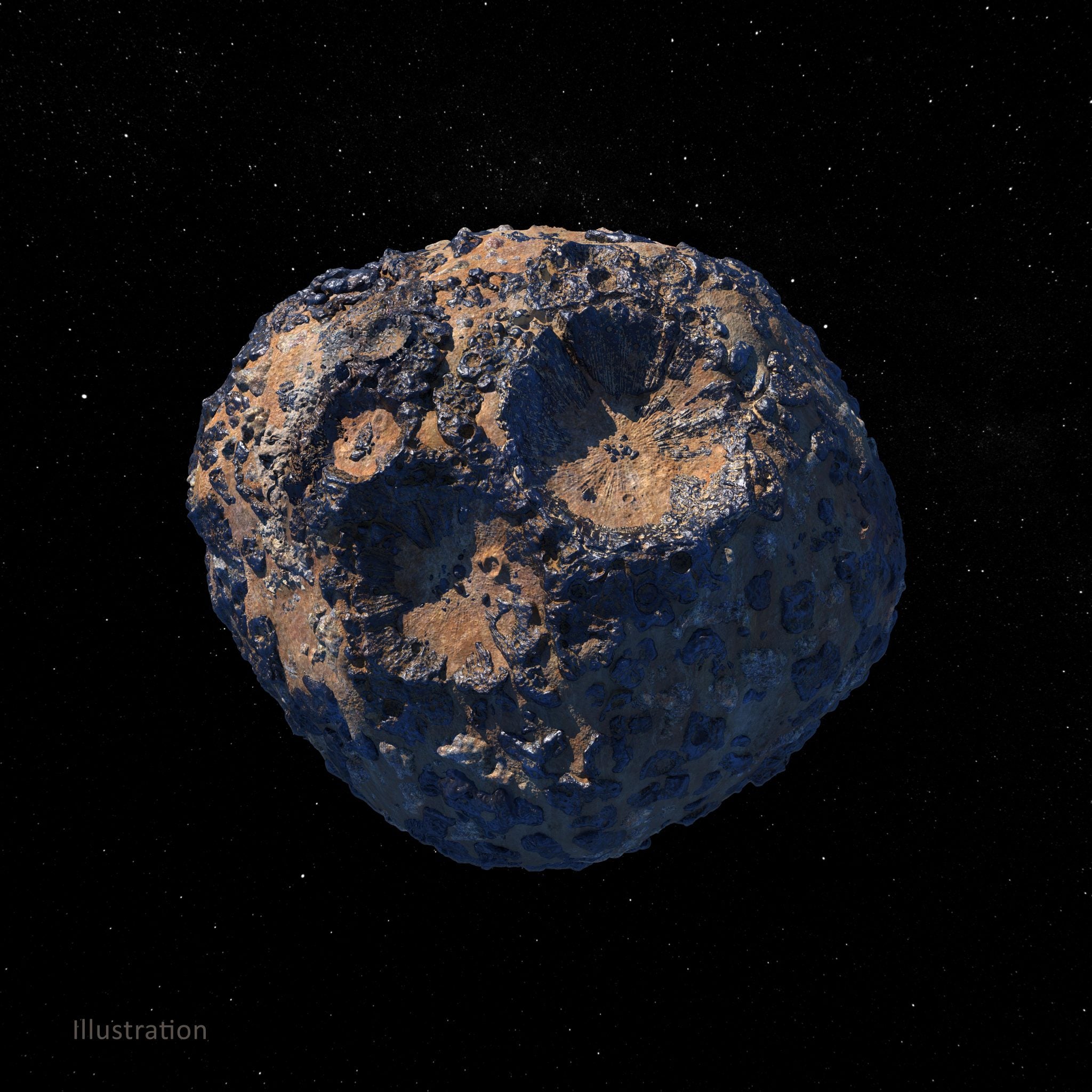
This illustration depicts the 140-mile-wide (226-kilometer-wide) asteroid Psyche, which lies in the main asteroid belt between Mars and Jupiter. Credit: NASA/JPL-Caltech/ASU | + Expand image
Asteroids are thought to be rocky remnants that were left over from the early formation of our solar system about 4.6 billion years ago. Of the more than 1.3 million known asteroids in our solar system, Psyche’s metallic composition makes it unique to study. Ground-based observations indicate that Psyche is a giant metal-rich asteroid about one-sixteenth the diameter of Earth’s Moon and shaped like a potato. Scientists believe it might be the partial nickel-iron core of a shattered planetesimal – a small world the size of a city that is the first building block of a planet. Asteroid Psyche could offer scientists a close look at the deep interiors of planets like Earth, Mercury, Venus, and Mars, which are hidden beneath layers of mantle and crust.
We can’t see or measure Earth’s core directly – it is more than 1,800 miles (3,000 kilometers) below the surface and we have only been able to drill about 7.5 miles (12 kilometers) deep with current technology. The pressure at Earth’s core measures about three million times the pressure of the atmosphere at the surface, and the temperature of Earth’s core is about 9,000 degrees Fahrenheit (5,000 degrees Celsius), so even if we could get science instruments there, the hostile conditions would make operations practically impossible. The Psyche asteroid may provide information that will allow us to better understand Earth’s core, including its composition and how it was created. The asteroid is the only known place in our solar system where scientists might be able to examine the metal from the core of a planetesimal.
The Psyche mission's science goals are to understand a previously unexplored building block of planet formation (iron cores); to explore a new type of world; and to look inside terrestrial planets, including Earth, by directly examining the interior of one of these planetary building blocks, which otherwise could not be seen. The science objectives that will help scientists meet these goals include determining if asteroid Psyche is actually leftover core material, measuring its composition, and understanding the relative age of Psyche's surface regions. The mission will also study whether small metal-rich bodies include the same light elements that are hypothesized to exist in Earth's core, determine if Psyche was formed under similar or different conditions than Earth's core, and characterize Psyche's surface features.
How It Will Work
The Psyche mission will launch on a SpaceX Falcon Heavy rocket. Psyche’s solar arrays are designed to work in low-light conditions because the spacecraft will be operating hundreds of millions of miles from the Sun. The twin plus-sign shaped arrays will deploy and latch into place about an hour after launch from Earth in a process that will take seven minutes for each wing. With the arrays fully deployed, the spacecraft will be about the size of a singles tennis court. The spacecraft’s distance from the Sun will determine the amount of power it can generate. At Earth, the arrays will be able to generate 21 kilowatts, which is enough electricity to power three average U.S. homes. While at asteroid Psyche, the arrays will produce about two kilowatts, which is a little more than what is needed to power a hair dryer.
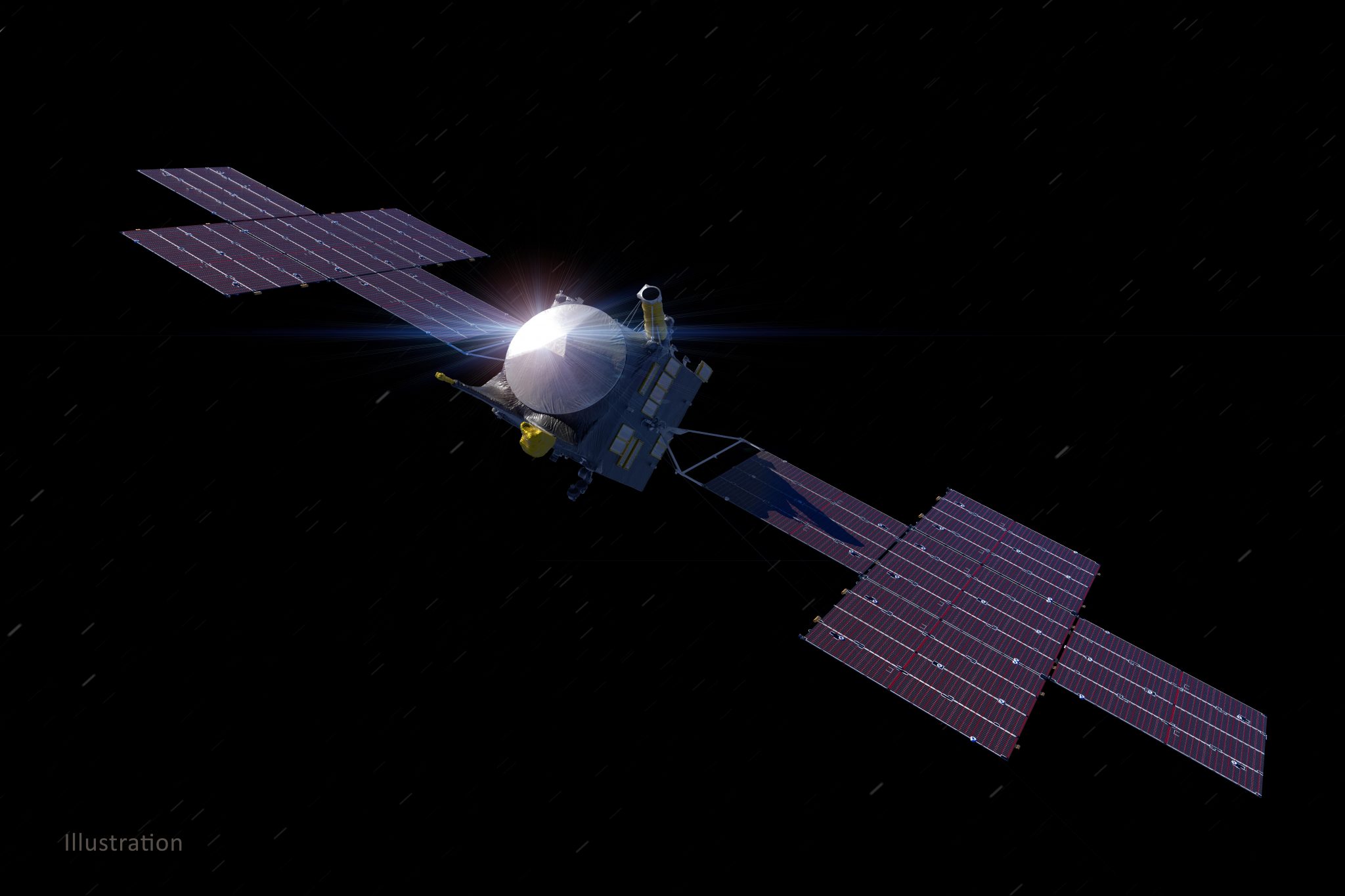
An illustration of NASA’s Psyche spacecraft and its vast solar arrays. Credit: NASA/JPL-Caltech/ASU | + Expand image

At left, xenon plasma emits a blue glow from an electric Hall thruster identical to those that will propel NASA's Psyche spacecraft to the main asteroid belt. On the right is a similar non-operating thruster. Credit: NASA/JPL-Caltech | + View image and details
The spacecraft will rely on the launch vehicle’s large chemical rocket engines to blast off the launchpad and escape Earth’s gravity, but once in space, the Psyche spacecraft will travel using solar-electric propulsion. Solar-electric propulsion uses electricity from the solar arrays to power the spacecraft’s journey to asteroid Psyche. For fuel, Psyche will carry tanks full of xenon, the same neutral gas used in car headlights and plasma TVs. The spacecraft’s four thrusters – only one of which will be on at any time – will use electromagnetic fields to accelerate and expel charged atoms, or ions, of that xenon. As those ions are expelled, they will create thrust that gently propels Psyche through space, emitting blue beams of ionized xenon. The thrust will be so gentle that it will exert about the same amount of pressure you’d feel holding three quarters in your hand, but it’s enough to accelerate Psyche through deep space. You can read more about ion propulsion in this Teachable Moment.
The spacecraft, which will travel 2.2 billion miles (3.6 billion kilometers) over nearly 6 years to reach its destination, will also use the gravity of Mars to increase its speed and to set its trajectory, or path, to intersect with asteroid Psyche’s orbit around the Sun. It will do this by entering and leaving the gravitational field of Mars, stealing just a little bit of kinetic energy from Mars’ orbital motion and adding it to its own. This slingshot move will save propellant, time, and expense by providing a trajectory change and speed boost without using any of the spacecraft’s onboard fuel.
Upon arrival at Psyche, the spacecraft will spend 26 months making observations and collecting data as it orbits the asteroid at different altitudes. Unlike many objects in the solar system that rotate like a spinning top, the asteroid Psyche rotates on its side, like a wheel. Mission planning teams had to take this unique characteristic into account in planning the spacecraft's orbits. The different orbits will provide scientists with ideal lighting for the spacecraft's cameras and they will enable the mission to observe the asteroid using different scientific instruments onboard.
The spacecraft will map and study Psyche using a multispectral imager, a gamma-ray and neutron spectrometer, a magnetometer, and a radio instrument (for gravity measurement). During its cruise to the asteroid, the spacecraft will also test a new laser communication technology called Deep Space Optical Communication, which encodes data in photons at near-infrared wavelengths instead of radio waves. Using light instead of radio allows the spacecraft to send more data back and forth at a faster rate.
Follow Along
Psyche is scheduled to launch no sooner than October 5, 2023 from Kennedy Space Center in Florida. Tune in to watch the launch on NASA TV.
Visit the mission website to follow along as data are returned and explore the latest news, images, and updates about this mysterious world.
Teach It
The Psyche mission is a great opportunity to engage students with hands-on learning opportunities. Explore these lessons and resources to get students excited about the STEM involved in the mission
Resources for Teachers
-
 Collection
CollectionPsyche Lessons for Educators
Explore a collection of standards-aligned lessons related to NASA's Psyche mission.
-
 Collection
CollectionAsteroids Lessons for Educators
Explore a collection of standards-aligned lessons all about asteroids and craters.
-
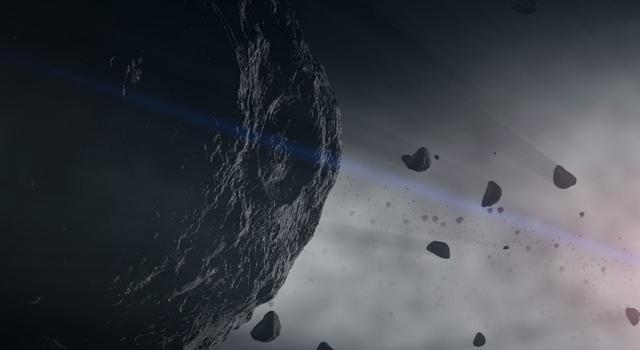 Article
ArticleTeachable Moments: How NASA Studies and Tracks Asteroids Near and Far
Studying the chemical and physical properties, as well as the location and motion of asteroids, is vital to helping us understand how the sun, planets and other solar system bodies came to be. This article explores how NASA studies and tracks asteroids.
-
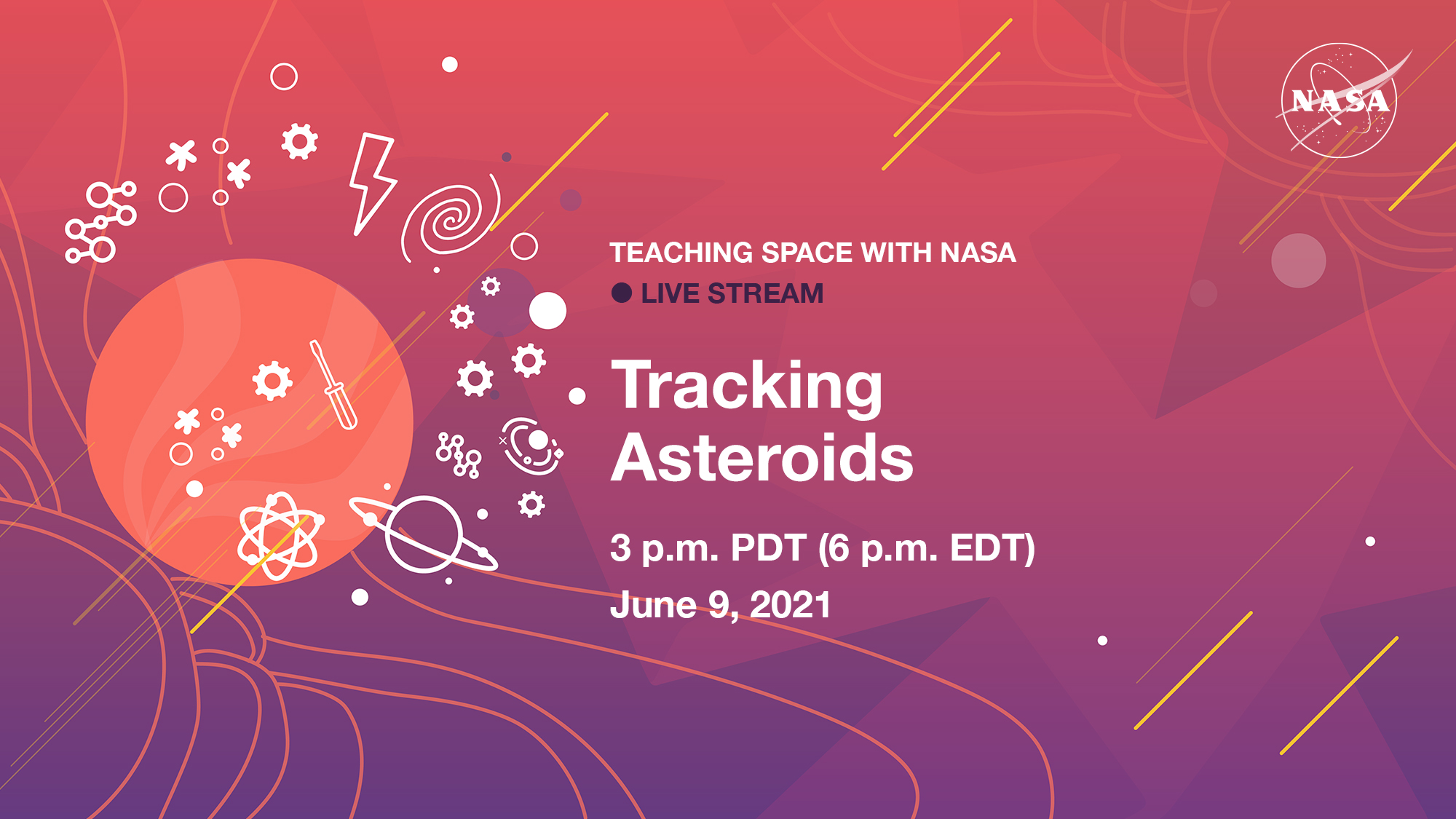 Expert Talk
Expert TalkTeaching Space With NASA: Tracking Asteroids
In this educational talk, NASA experts will discuss how we track and study comets and asteroids. Plus, we'll answer your questions!
-

Activities for Students
-

Psyche Activities for Students
Explore projects, videos, slideshows, and games for students all about asteroids.
-
 Collection
CollectionAsteroids Activities for Students
Explore projects, videos, slideshows, and games for students all about asteroids.
Explore More
Resources for Kids
Check out these related resources for kids from NASA Space Place:
- Article for Kids: Asteroid or Meteor: What's the Difference?
- Article for Kids: What Is an Asteroid?
- Article for Kids: Why Does the Moon Have Craters?
- Article for Kids: What Is an Impact Crater?
Websites
Articles
Images
Videos
Interactives
Printouts
- Print a 3D Model of the Psyche Spacecraft
- Create a Psyche Lego Model
- Create a Model of the Psyche Asteroid
TAGS: Teachers, Classroom, Lessons, Educators, K-12, Parents, Students, Resources, Asteroid TM, Psyche
Teacher Feature | April 3, 2023
Working With the Next Wave of Science Teachers
Four pre-service teachers at Cal Poly Pomona are developing their skills in lesson design and delivery as they study Earth science concepts and prepare for graduation.

Clockwise from upper left: Amie Gallardo, Sofia Vallejo, Afiya Kindle, Jacquelin Galvez-Coyt. Image courtesy: Brandon Rodriguez | + Expand image
During the fall semester of 2022, I had the privilege of working with the Education Department at California Polytechnic University in Pomona, specifically with pre-service teachers taking coursework in Earth science. During our collaboration, the curriculum had the students split time in class between learning about geology and Earth’s history and then designing and engaging in classroom activities related to the technical content that they could take to their own classes in the future. This combination had Cal Poly students learning science and education hand-in-hand each week and led to some amazing classroom lessons and lab activities.
One group of young women in the program stood out as exceptionally passionate about their future careers. This team consisted of four seniors: Jacquelin Galvez-Coyt, hoping to someday teach kindergarten; Amie Gallardo, who is planning to teach fourth grade; Afiya Kindle, who is interested in teaching elementary or middle school; and Sofia Vallejo, who is interested in kindergarten through sixth grade.
Despite their interest in working with young students and collaborating to design lessons for those students, each of these pre-service teachers allowed their individuality to shape how they navigated lesson design and implementation. I recently sat down with them to ask about their instructional style and aspirations for classrooms of their own.
Now that we’re back to in-person classes, how is the transition going?
Sofia: Returning from remote instruction felt eerie at first, but it’s so nice to return to communicate with people and build connections in a non-digital way. In-person classes prepare you to communicate with colleagues in real life, build social skills, and read body language. All of these skills are critical for a teacher in order to understand and better help students to succeed.
Amie: Returning from remote instruction has been amazing. While it had its perks, I believe, as students, we learn a lot more while working hands-on with our projects than is possible in distance learning. If we’re trying to develop and assess activities we can do with kids, that really requires being face-to-face.
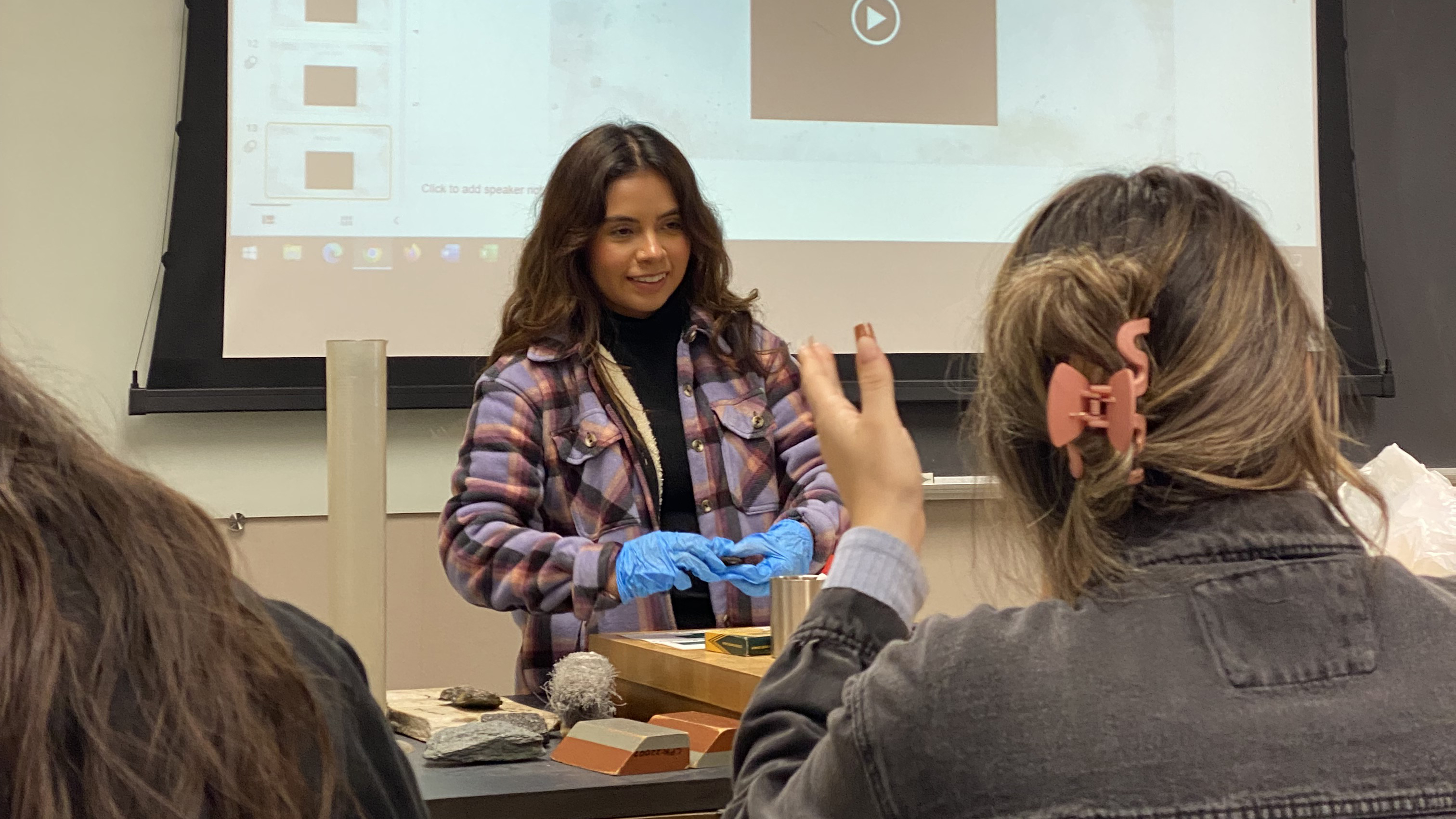
Amie Gallardo provides an Earth science demonstration to a class of education students at Cal Poly Pomona. Image courtesy: Brandon Rodriguez | + Expand image
What are you most excited about when it comes to having your own classroom, and how will you get your kids excited about STEM?
Afiya: I am most confident about creating a genuine safe space for kids. I’ll be able to communicate how much I care about them and about our shared future, and I think there could never be enough genuinely kind and caring teachers in this world.
Jacquelin: I think my kids will be excited about STEM because of how easy it's become to incorporate activities. There are many resources out there for teachers to use for teaching math and science that don't rely solely on a textbook. Activities that use inexpensive materials or that require a little DIY skills go a long way for students.
Afiya: Exactly! I know I developed my love for science from being hands-on and actually somewhat “in charge” of an experiment on my own. Winning a science fair competition in seventh grade for a greenhouse I built really boosted my confidence and helped reassure me of my scholastic abilities as a kid.
You led a really cool lesson with your classmates where you had them use Oreos to model tectonic boundaries. How do you feel that lesson went?
Jacqueline: I was really proud of our group. After giving a lecture to the students about tectonic plate boundaries, we dispersed Oreos to everyone. We were set up around the classroom demonstrating the activity and giving verbal instructions for everyone to follow. My favorite part was when I saw two students by me go, “Oohhhh,” and smile once they got their Oreos to demonstrate the plate boundaries correctly.
Amie: I thought it went really well! All the students in our classroom enjoyed it. Although we, as adults, may know about plate tectonics, having our hands on the Oreos to understand it made it more enjoyable.
Afiya: Plus, who doesn’t love Oreos? They’re even vegan!

An Oreo cookie is used to demonstrate rock fault movement. Image courtesy: Brandon Rodriguez | + Expand image
Which of the NASA-JPL lessons that you’ve implemented did you enjoy, and why?
Jacqueline: My favorite JPL activity we did was the Moon Phases activity. Having one team member to the side to give the instructions allows another student to view the different Moon phases. Then you switch so both students get to see that perspective. My second favorite activity was creating layers with different colored Play-Doh and demonstrating them as different plate boundaries and folds.
Amie: The NASA lesson that I enjoyed the most was the one we did on lunar eclipses. Much like myself, many students often have an early fascination with the Moon. Learning more about the Moon and lunar eclipses made me excited about the semester.
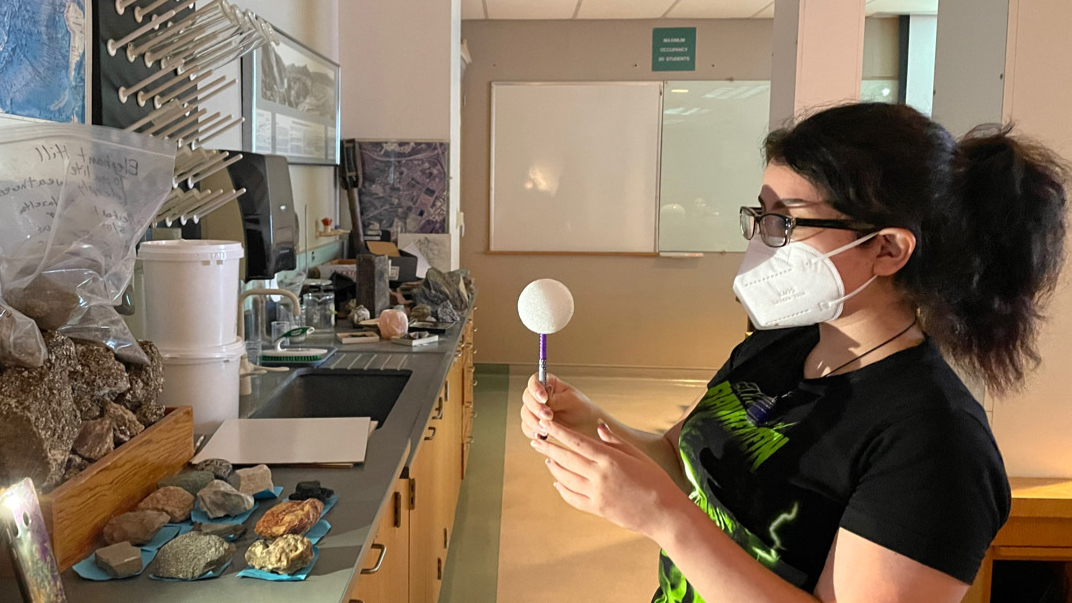
Sofia Vallejo uses a foam ball and lamp to demonstrate how solar eclipses occur. Image courtesy: Brandon Rodriguez | + Expand image
What’s next for you after you finish at Cal Poly Pomona?
Jacqueline: After I graduate at Cal Poly, I plan to attend UC Riverside to complete my credential program. While I am there, I would love to get my student teaching experience. Once I complete my credential program, I plan to apply to work at schools in the Inland Empire [in Southern California]. I want to be able to give back to the communities that influenced who I am today.
Sofia: My plans after Cal Poly are to take some time off to gain experience in the field as a substitute teacher. I also am looking to gain more volunteer experience, skills, and exposure. In the future, I want to enroll in UC Riverside to earn my teaching credential and master's degree.
Looking for ways to bring NASA STEM into your classroom or already have a great idea? The Education Office at NASA's Jet Propulsion Laboratory serves educators in the greater Los Angeles area. Contact us at education@jpl.nasa.gov.
Explore More
TAGS: Teachers, School, Remote School, Classroom, Instruction, K-12, STEAM, Science, Math, resources, lessons
Edu News | August 24, 2022
A Lesson for Every Day of the School Year
With 180 lessons in our online catalog, you can explore Earth and space with us all year long. We show you how with this handy NASA-JPL school year calendar.
We just added the 180th lesson to our online catalog of standards-aligned STEM lessons, which means JPL Education now has a lesson for every day of the school year. To celebrate and help you make the year ahead stellar, we've put together this monthly calendar of upcoming NASA events along with links to our related lessons, Teachable Moments articles, and student projects you can use to engage students in STEM while they explore Earth and space with us all year long.
August
The Voyagers Turn 45
The twin Voyager spacecraft launched in 1977 on a journey to explore the outer planets and beyond – and they're still going. Now more than 12 billion miles (19 billion kilometers) from Earth in a region known as interstellar space, they're the most distant human-made objects in space.
Get a primer on these fascinating spacecraft from Teachable Moments, then use it as a jumping off point for lessons on the scale, size, and structure of our solar system and how we communicate with distant spacecraft.
Lessons & Resources:
-
 Collection
CollectionVoyager Lessons for Educators
Explore the science behind NASA's Voyager spacecraft with this collection of standards-aligned STEM lessons.
-
 Collection
CollectionVoyager Activities for Students
These DIY projects, slideshows, and videos will get students exploring the science behind NASA's Voyager spacecraft.
-
 Teachable Moments
Teachable MomentsThe Farthest Operating Spacecraft, Voyagers 1 and 2, Still Exploring
The twin spacecraft launched in 1977 on an epic journey through the solar system and beyond offer lessons in what it takes to travel farther than ever before.
-
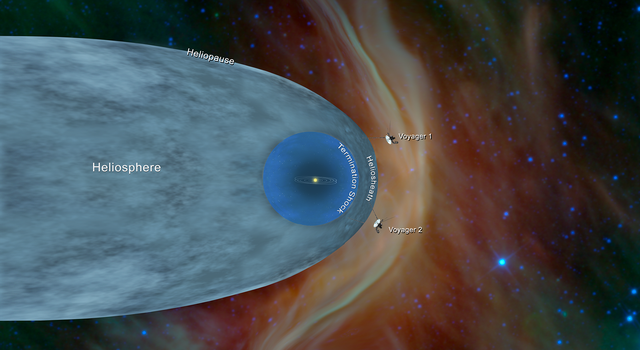 Teachable Moments
Teachable MomentsThen There Were Two: Voyager 2 Reaches Interstellar Space
Find out how the twin Voyager spacecraft took advantage of a rare planetary alignment to embark on a journey no spacecraft had before – or has since.
September
Rendezvous with an Asteroid
A distant asteroid system 6.8 million miles (11 million kilometers) from Earth was the site of NASA's first attempt at redirecting an asteroid. On September 26, the Double Asteroid Redirection Test, or DART, mission impacted the asteroid Dimorphos in an attempt to alter its speed and path around a larger asteroid known as Didymos. Dimorphos and Didymos do not pose a threat to Earth, which makes them a good proving ground for testing whether a similar technique could be used to defend Earth against potential impacts by hazardous asteroids in the future.
Get a primer on the DART mission and find related resources for the classroom in this article from our Teachable Moments series. Plus, explore our collection of standards-aligned lessons and activities all about asteroids to get students learning about different kinds of space rocks, geology, and meteoroid math.
Lessons & Resources:
-
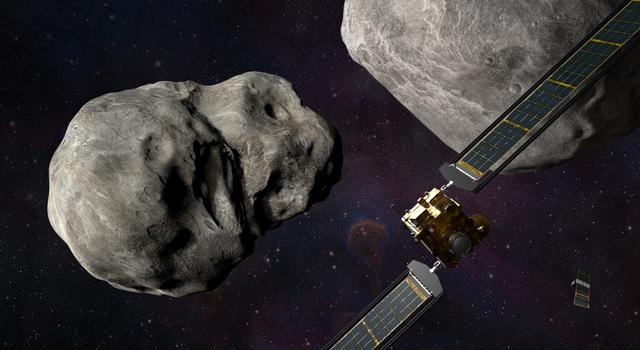 Teachable Moments
Teachable MomentsThe Science Behind NASA's First Attempt at Redirecting an Asteroid
Find out more about the historic first test, which could be used to defend our planet if a hazardous asteroid were discovered. Plus, explore lessons to bring the science and engineering of the mission into the classroom.
-
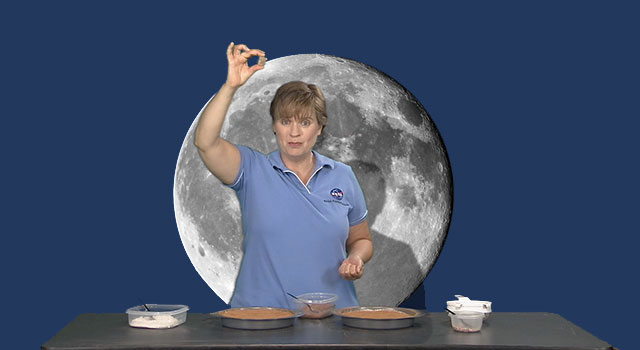 Collection
CollectionAsteroids Lessons for Educators
Explore a collection of standards-aligned lessons all about asteroids and craters.
-
 Collection
CollectionAsteroids Actvities for Students
Explore projects, videos, slideshows, and games for students all about asteroids.
A Closer Look at Europa
Just a few days later, on September 29, the Juno spacecraft that had been orbiting Jupiter since 2016 captured the closest views of Jupiter’s moon Europa in more than 20 years. The ice-covered moon is thought to contain a subsurface liquid-water ocean, making it an exciting new frontier in our search for life beyond Earth. NASA's Europa Clipper mission, which is scheduled to launch in 2024 is designed to study the moon in more detail. But until Europa Clipper arrives at the Jovian system in 2030, these observations from Juno are our best chance to get a closer look at this fascinating moon.
Learn more about Europa and why it is interesting to scientists in this talk from our Teaching Space With NASA series featuring a Europa Clipper mission scientist. Then, explore our Ocean Worlds Lesson Collection for ideas on making classroom connections.
Lessons & Resources:
-
 Collection
CollectionOcean Worlds Lessons for Educators
Explore a collection of standards-aligned STEM lessons all about ocean worlds throughout our solar system.
-
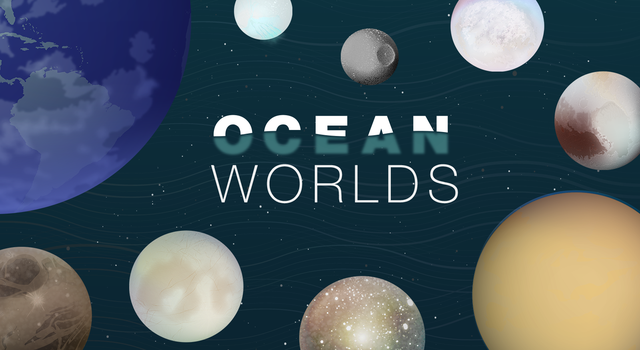 Collection
CollectionOcean Worlds Actvities for Students
Learn about the ocean worlds throughout our solar system with these science and engineering activities for students.
-
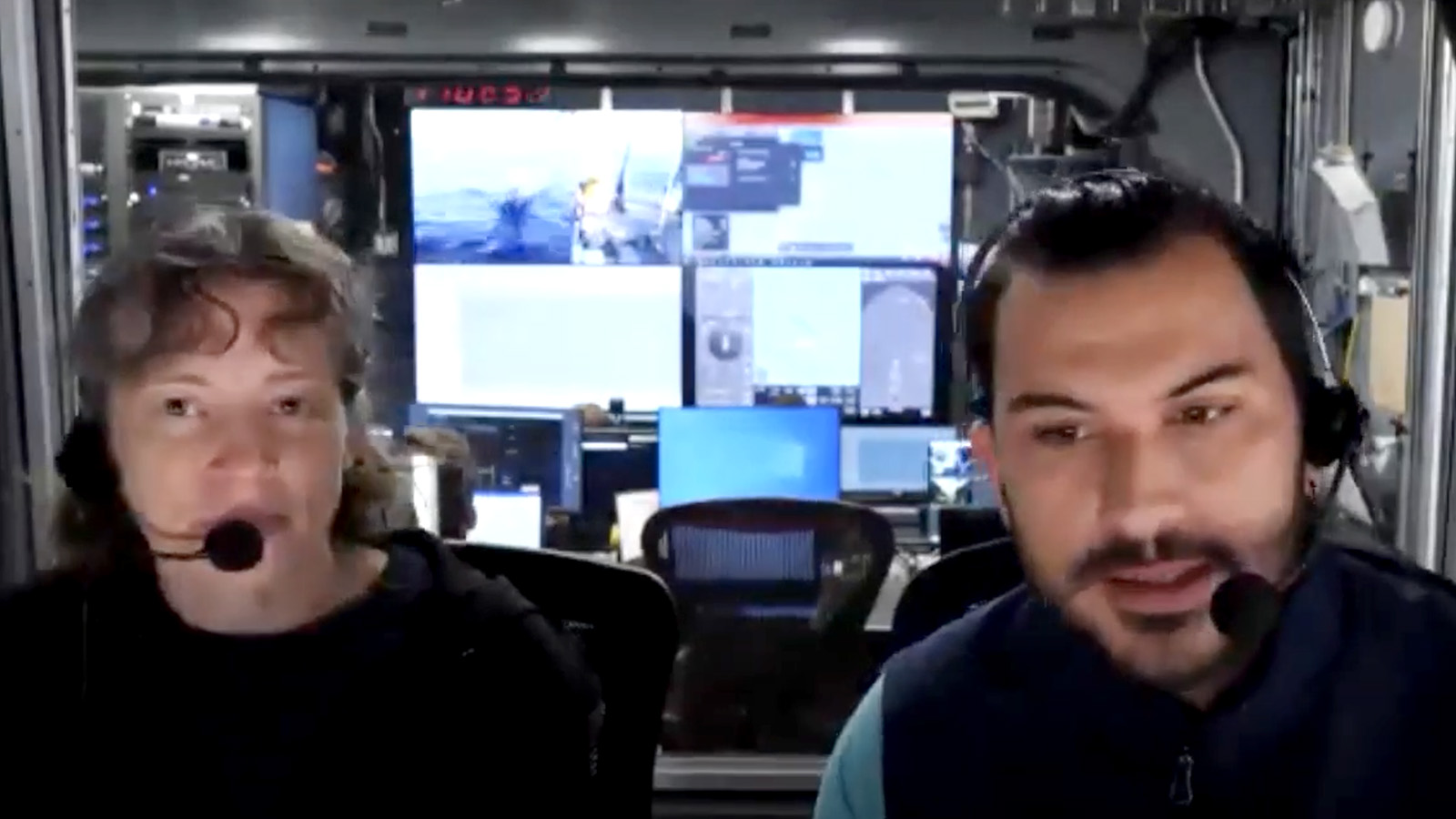 Expert Talk
Expert TalkTeaching Space With NASA – Robotic Oceanographers
Hear from scientists exploring Earth's oceans and learn about how we use robotic explorers to collect data on how our oceans are changing as well as explore ocean worlds beyond Earth.
October
Celebrate Halloween Like a Space Explorer
The month of October is the perfect time to get students exploring our STEM activities with a Halloween twist. Students can learn how to carve a pumpkin like a JPL engineer, take a tour of mysterious locations throughout the solar system, and dig into the geology inside their Halloween candy.
October 31 is also JPL's 86th birthday, which makes October a great time to learn more about JPL history, including the team of female mathematicians known as "human computers" who performed some of the earliest spacecraft-tracking calculations and the Laboratory's role in launching the first U.S. space satellite.
Lessons & Resources:
-
 Collection
CollectionHalloween Actvities for Students
Explore student projects and slideshows that put a Halloween twist on STEM.
-
 Project for Kids
Project for KidsPumpkin Stencils
Celebrate the fall season and Halloween by making your very own space-themed pumpkins with these easy-to-use stencils from NASA's Space Place!
-
 Teachable Moments
Teachable MomentsWhen Computers Were Human
Learn about the important but little-known role women played in the early days of space exploration, then try a math lesson inspired by their work.
-
 Teachable Moments
Teachable MomentsExplorer 1 Anniversary Marks 60 Years of Science in Space
The fascinating history of America’s first space satellite serves as a launching point for lessons in engineering design, motion and flight, and Earth science.
November
Watch a Total Lunar Eclipse
Look up in the early morning hours of November 8 to watch one of the most stunning spectacles visible from Earth: a total lunar eclipse. This one will be viewable in North and South America, as well as Asia and Australia.
Learn more about lunar eclipses and how to watch them from our Teachable Moments series. Then, get students of all ages outside and observing the Moon with lessons on moon phases and the hows and whys of eclipses. Students can even build a Moon calendar so they always know when and where to look for the next eclipse.
Lessons & Resources:
-
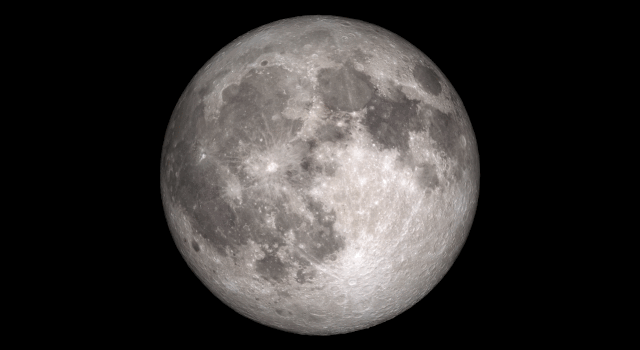 Teachable Moments
Teachable MomentsHow to Watch a Total Lunar Eclipse and Get Students Observing the Moon
There’s no better time to learn about the Moon than during a lunar eclipse. Here’s how eclipses work, what to expect, and how to get students engaged.
-
 Collection
CollectionMoon Lessons for Educators
Teach students about the Moon with this collection of standards-aligned activities inspired by real NASA missions and science.
-
 Collection
CollectionMoon Activities for Students
Learn all about the Moon with these projects, slideshows, and videos for students.
Artemis Takes a Giant Leap
NASA is making plans to send astronauts back to the Moon for the first time since 1972 – this time to establish a sustainable presence and prepare for future human missions to Mars. The first major step is Artemis I, which is testing three key components required to send astronauts beyond the Moon: the Orion spacecraft, the Space Launch System, or SLS, rocket and the ground systems at Kennedy Space Center in Florida. The uncrewed Artemis I mission marks the first test of all three components at once.
Get your K-12 students following along with lessons in rocketry and what it takes to live in space. Plus, register to follow along with the mission with resources and updates from NASA's Office of STEM Engagement.
Lessons & Resources:
-
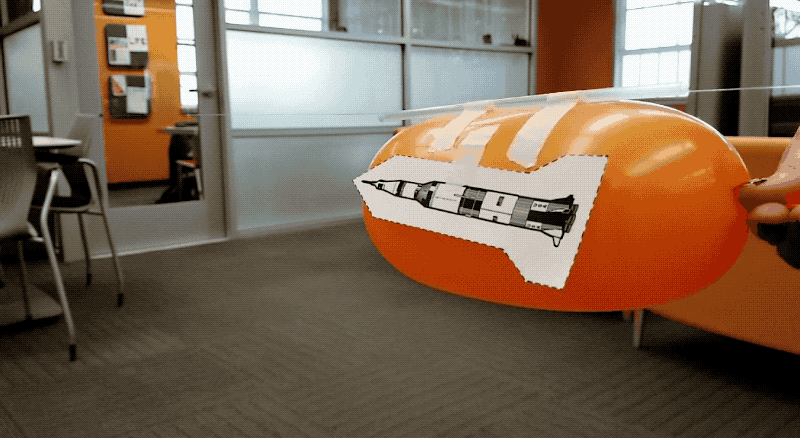 Collection
CollectionArtemis Lessons for Educators
Get students engaged in NASA's Artemis Program with STEM lessons all about the Moon, rockets, space habitats, and more
-
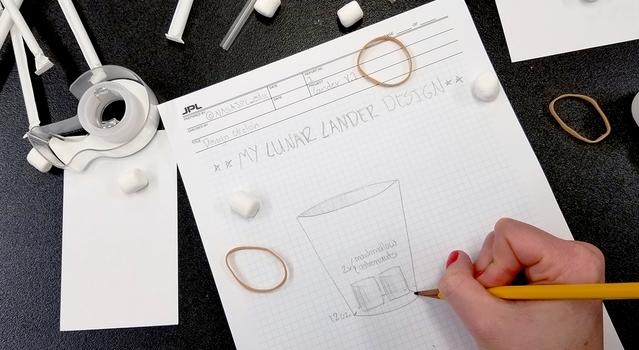 Collection
CollectionArtemis Activities for Students
These STEM projects and activities for students will get them exploring the Moon, rockets, space flight and other facets of NASA's Artemis Program.
-
 Public Event
Public EventJoin NASA Online for Artemis I
Register to receive updates and resources related to Artemis I – the first in a series of Artemis Program missions designed to establish a sustainable human presence on the Moon and prepare for future human missions to Mars.
-
 Educator Resources
Educator ResourcesArtemis Toolkit
Explore Artemis resources for educators and students from NASA's Office of STEM Engagement.
-
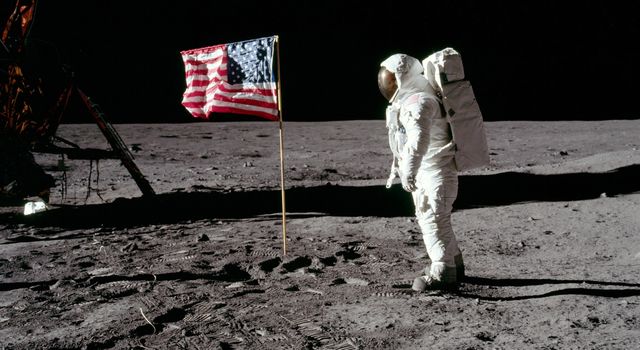 Teachable Moments
Teachable MomentsCelebrate the 50th Anniversary of NASA's Apollo Moon Landing
Explore the incredible history of the Apollo missions and find out what's in store for NASA's next mission to the Moon.
December
Satellite Launches on a Mission to Follow the Water
As crucial as water is to human life, did you know that no one has ever completed a global survey of Earth’s surface water? That is about to change with the launch of the SWOT mission. SWOT, which stands for Surface Water Ocean Topography, will use a state-of-the-art radar to measure the elevation of water in major lakes, rivers, wetlands, and reservoirs. It will also provide an unprecedented level of detail on the ocean surface. This data will help scientists track how these bodies of water are changing over time and improve weather and climate models.
Engage your students in learning about Earth’s water budget and how we monitor Earth from space with these lessons. And be sure to check out our Teachable Moments article for more about the SWOT mission and the science of our changing climate.
-
 Teachable Moments
Teachable MomentsNASA Mission Takes a Deep Dive Into Earth's Surface Water
Explore how and why the SWOT mission will take stock of Earth's water budget, what it could mean for assessing climate change, and how to bring it all to students.
-
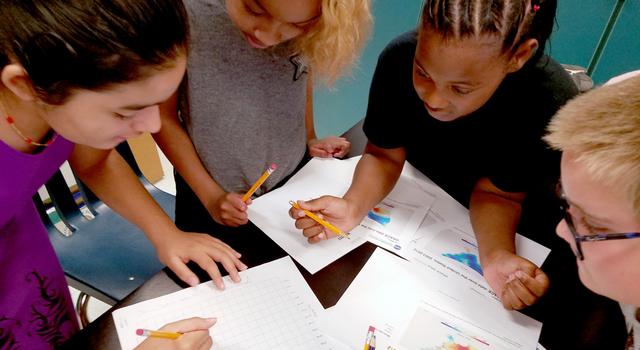 Collection
CollectionSWOT Lessons for Educators
Explore the science and engineering behind the SWOT mission with this collection of standards-aligned lessons all about water.
-
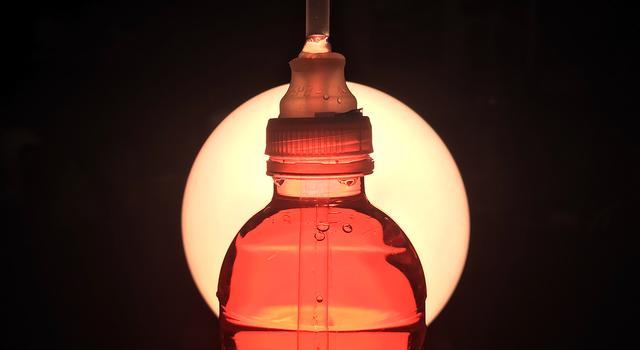 Collection
CollectionSWOT Actvities for Students
Explore projects, videos, slideshows, and games for students all about the water cycle and sea level rise.
Prepare for the Science Fair
Before you know it, it'll be science fair time. Avoid the stress of science fair prep by getting students organized and thinking about their projects before the winter recess. Start by watching our video series How to Do a Science Fair Project. A scientist and an engineer from JPL walk your students through all the steps they will need to create an original science fair project by observing the world around them and asking questions. You can also explore our science fair starter pack of lessons and projects to get students generating ideas and thinking like scientists and engineers.
Lessons & Resources:
-
 Video Series
Video SeriesHow to Do a Science Fair Project
Learn all the ins and outs of crafting your very own science fair project.
-
 Collection
CollectionScience Fair Lessons for Educators
Teach students how to craft their own science and engineering fair project with these video tutorials and lessons featuring NASA missions and science.
-
 Collection
CollectionScience Fair Activities for Students
Learn how to design a science and engineering fair project and get inspired with our catalog of student projects featuring NASA missions and science.
January
Explore STEM Careers
January is the time when many of us set goals for the year ahead, so it's the perfect month to get students exploring their career goals and opportunities in STEM. Students can learn more about careers in STEM and hear directly from scientists and engineers working on NASA missions in our Teaching Space video series. Meanwhile, our news page has more on what it takes to be a NASA astronaut and what it's like to be a JPL intern.
For students already in college and pursuing STEM degrees, now is the time to start exploring internship opportunities for the summer. The deadline for JPL summer internships is in March, so it's a good idea to refresh your resume and get your application started now. Learn how to stand out with this article on how to get an internship at JPL – which also includes advice for pre-college students.
Resources:
-
 Expert Talks
Expert TalksTeaching Space With NASA
Hear from experts and education specialists about the latest missions and science happening at NASA and get your questions answered.
-
 Articles
ArticlesCareer Guidance
Get advice from scientists, engineers and educators about what it takes to work in science, technology, engineering and mathematics fields and how to get a foot in the door.
-
 Articles
ArticlesMeet JPL Interns
These interns are pushing the boundaries of space exploration and science at the leading center for robotic exploration of the solar system.
-
 Opportunities
OpportunitiesJPL Internships and Fellowships
Discover exciting internships and research opportunities at the leading center for robotic exploration of the solar system.
-
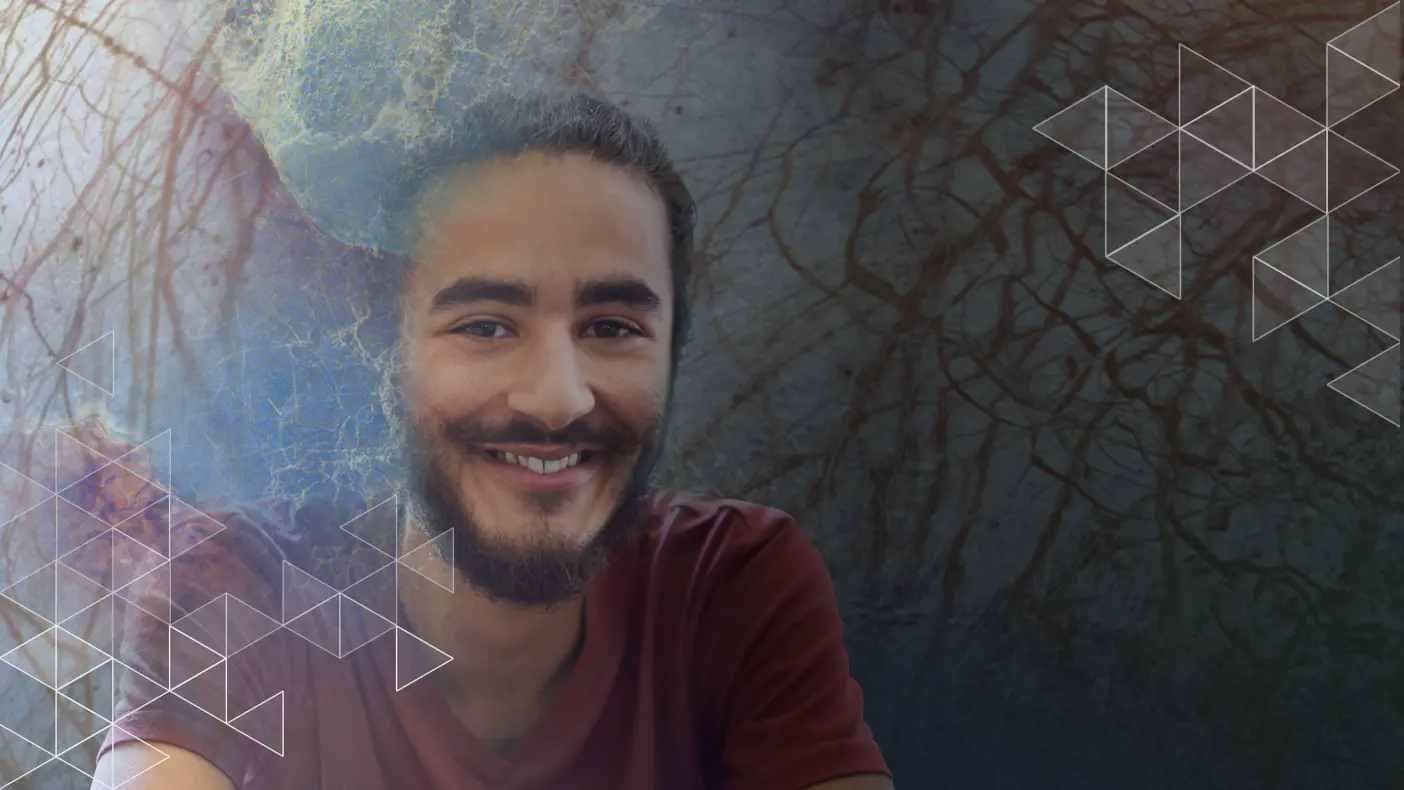 Opportunities
OpportunitiesJPL Jobs: Opportunities for Students
Start here to learn more about internship, fellowship, and postdoc opportunities at JPL and how to apply.
-
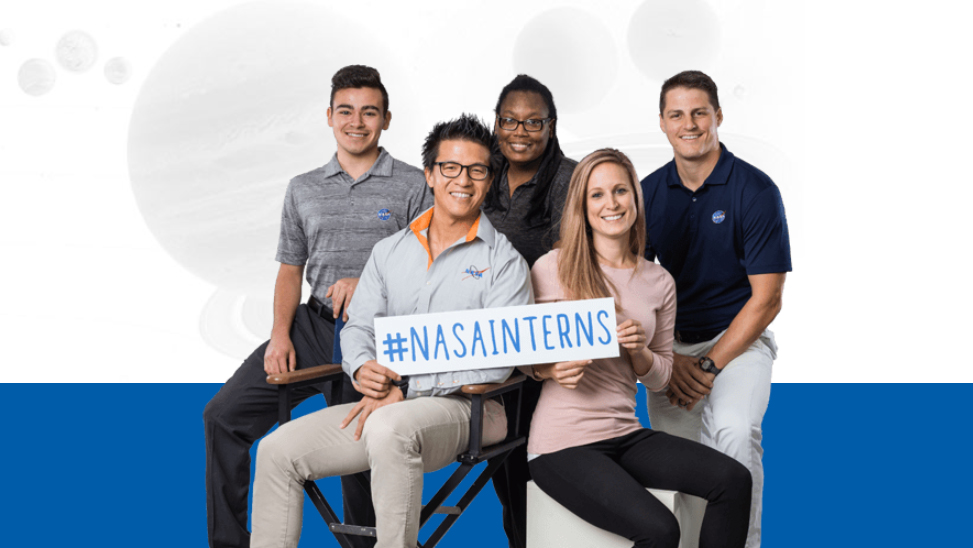 Opportunities
OpportunitiesNASA Internships
Learn about internship opportunities at NASA centers across the U.S., and apply today!
February
Mars Rover Celebrates 2-Year 'Landiversary'
NASA's Perseverance Mars rover celebrates its "landiversary" on February 18, which marks two years since the rover made its nail-biting descent on the Red Planet. The rover continues to explore Jezero Crater using science tools to analyze rocks and soil in search of signs of ancient microbial life. As of this writing, the rover has collected twelve rock core samples that will be sent to Earth by a future mission. Perseverance even witnessed a solar eclipse! Meanwhile, the Ingenuity Mars helicopter, which the rover deployed shortly after landing, has gone on to achieve feats of its own.
The Mission to Mars Student Challenge is a great way to get students of all ages exploring STEM and the Red Planet right along with the Perseverance rover. The challenge includes seven weeks of education content that can be customized for your classroom as well as education plans, expert talks, and resources from NASA.
Lessons & Resources:
-
 Collection
CollectionMission to Mars Student Challenge
Get K-12 students exploring Mars with NASA scientists, engineers, and the Perseverance rover as they learn all about STEM and design their very own mission to the Red Planet!
-
 Teachable Moments
Teachable MomentsNASA's Perseverance Rover Lands on Mars
Learn how, why, and what Perseverance will explore on Mars, plus find out about an exciting opportunity for you and your students to join in the adventure!
March
Take On the Pi Day Challenge
Math teachers, pie-lovers, and pun-aficionados rejoice! March 14 is Pi Day, the annual celebration of the mathematical constant used throughout the STEM world – and especially for space exploration. This year's celebration brings the 10th installment of the NASA Pi Day Challenge, featuring four new illustrated math problems involving pi along with NASA missions and science.
Explore the full collection of pi math lessons, get students learning about how we use pi at NASA, and hear from a JPL engineer on how many decimals of pi we use for space exploration at the links below.
Lessons & Resources:
-
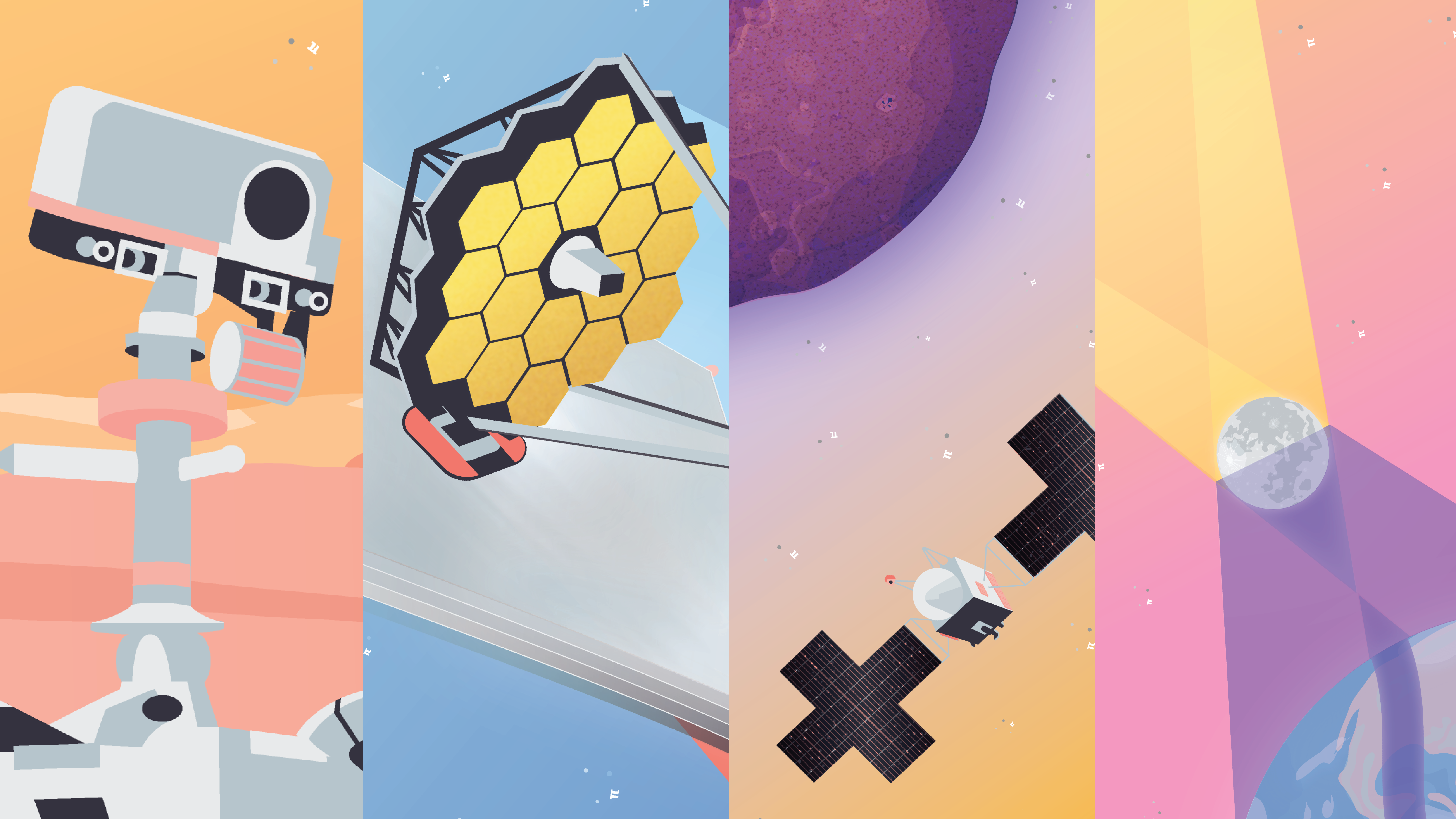 Teachable Moments
Teachable Moments10 Years of NASA's Pi Day Challenge
Learn more about pi, the history of Pi Day before, and the science behind the 2023 NASA Pi Day Challenge.
-
 Collection
CollectionPi in the Sky Lessons
Find everything you need to bring the NASA Pi Day Challenge into the classroom, including printable handouts of each illustrated math problem.
-
 Student Project
Student ProjectNASA Pi Day Challenge
This collection of illustrated math problems gets students using pi like NASA scientists and engineers exploring Earth and space.
-
 Article
ArticleHow Many Decimals of Pi Do We Really Need?
While you may have memorized more than 70,000 digits of pi, world record holders, a JPL engineer explains why you really only need a tiny fraction of that for most calculations.
-
 Article
Article18 Ways NASA Uses Pi
Whether it's sending spacecraft to other planets, driving rovers on Mars, finding out what planets are made of or how deep alien oceans are, pi takes us far at NASA. Find out how pi helps us explore space.
April
Celebrate Earth Day With NASA
You may not immediately think of Earth science when you think of NASA, but it's a big part of what we do. Earth Day on April 22 is a great time to explore Earth science with NASA, especially as new missions are taking to the skies to study the movements of dust, measure surface water across the planet, and track tiny land movements to better predict natural disasters.
Whether you want to focus on Earth’s surface and geology, climate change, extreme weather, or the water budget, we have an abundance of lessons, student projects and Teachable Moments to guide your way.
Lessons & Resources:
-
 Collection
CollectionEarth Lessons for Educators
Discover a collection of standards-aligned STEM lessons all about Earth and climate change.
-
 Collection
CollectionEarth Activities for Students
Try these science and engineering projects, watch videos, and explore images all about the planet that we call home.
-
 Teachable Moments
Teachable MomentsClimate Change Collection
Explore this collection of Teachable Moments articles to get a primer on the latest NASA Earth science missions, plus find related education resources you can deploy right away!
May
Summer Learning Adventures
As the school year comes to a close, send your students off on an adventure of summer learning with our do-it-yourself STEM projects. Additionally, our Learning Space With NASA at Home page and video series is a great resource for parents and families to help direct students' learning during out-of-school time.
Lessons & Resources:
-
 Student Resources
Student ResourcesSummer Activities for Students
Explore Earth and space with these hands-on projects, slideshows, videos, and more for K-12 students.
-
 Student Resources
Student ResourcesLearning Space With NASA
Explore space and science activities you can do with NASA at home. Find video tutorials, DIY projects, slideshows, games and more!
TAGS: K-12 Education, Teachers, Students, Lessons, Resources, Projects, Events, Artemis, Voyager, DART, Asteroids, Europa, Ocean Worlds, Halloween, History, Earth, Climate, SWOT, Lunar Eclipse, Science Fair, Career Advice, Mars, Perseverance, Pi Day, Earth Day, Summer STEM
Teacher Feature | May 31, 2022
Math Connections Take Students Far
A Los Angeles math teacher gets students engaged with connections to science and exploring the human side of math, such as how leaders inspire change in their communities.
Katherine Risbrough has been teaching high school math for almost 10 years. She began her teaching career in the Hickory Hill community of Memphis, Tennessee, where she taught everything from Algebra 1 to Calculus and served as a math coach for the district. Five years ago, she came to Los Angeles to teach Integrated Math and Calculus at Synergy Quantum Academy High School.
Outside of math, Ms. Risbrough is also a superfan of college football and never misses a game at her alma mater, the University of Southern California. Her fandom for making the game is rivaled only by her love of Harry Potter, having been to every midnight book and movie release.
I caught up with Ms. Risbrough to find out how she gets students excited about math, and I learned about a new strategy she used this past year: bridging math and science by teaming up with the AP Physics teacher. Her cross-discipline curriculum focused on helping students make connections between subjects and got them engaged as they returned from more than a year of remote learning.
Math can be intimidating for students and it can be difficult to keep them engaged. How do you get your students excited about math?
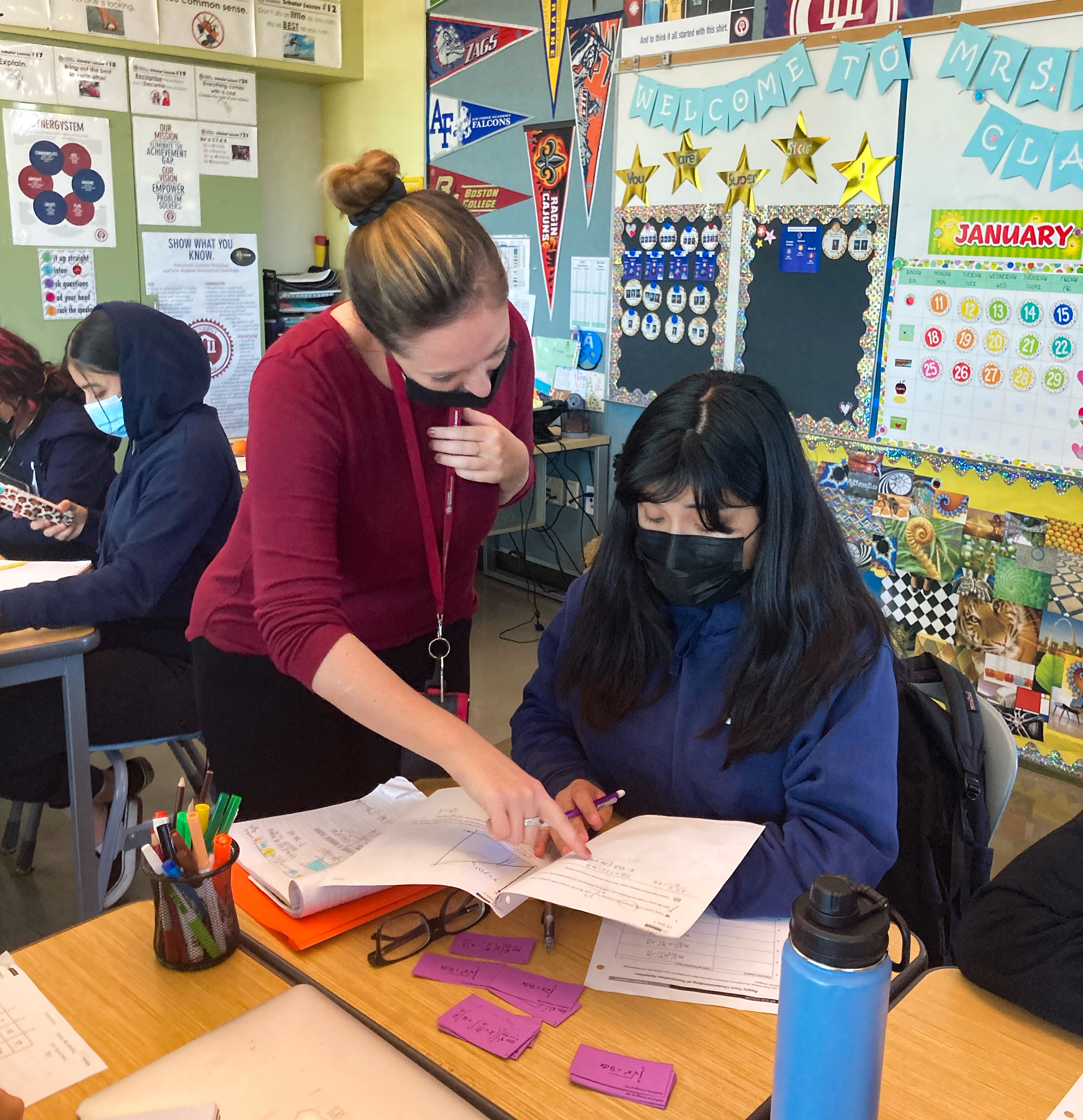
Ms. Risbrough works with one of her calculus students. Image courtesy: Katherine Risbrough | + Expand image
Sometimes it's easier said than done, but math needs to be as hands-on and discussion-based as possible. We use a lot of the calc-medic curriculum, which is application and discovery first followed by a whole class discussion to share ideas and cement new learning. When students have to speak and defend a hypothesis or an argument, they are practicing mathematical reasoning, which is a skill they can take into all STEM coursework. I avoid lectures as much as possible. We also do a lot of flipped classroom learning (videos at home and practice in class), group work, use technology, and do activities that get students moving around the classroom.
I believe that learning mathematics should be a collaborative, exploratory process and that every student already has the skills necessary to become a successful mathematician. It’s my job to give them opportunities to show off and strengthen those skills, so that they can be just as successful with or without me present to help them.
This year you’ve introduced some interesting projects to make your class more interdisciplinary. Tell me a bit more about that.
I’ve really focused on keeping the math contextualized by being sure the content is interdisciplinary. For example, over half of my AP Calculus students are also taking AP Physics. This year, in particular, I was sure to coordinate with the physics teacher to see how we could align our curriculum in kinematics with what we were doing with integrals and derivatives. This began with students doing JPL’s additive velocity lesson in their physics class to set the stage for how calculus ties together acceleration, velocity, and displacement.
Both classes are so challenging for students, but when they see how strategies in one class can help lift them in another, it’s almost as if they are getting to see two different strategies to solve the same problem. Designing challenges that could be solved with both physics and math gave the students an ability to approach problems from either side. At first, they were pretty intimidated to see their two most challenging classes teaming up, but the end result was some incredible student projects and dramatic improvement in their ability to graph out relationships.
I also kick off new units by making connections to students' own life or even their future careers. They need to know the “why” beyond just, “because you’ll be tested on it.” We try to talk about STEM historical figures and current leaders (specifically mathematicians and scientists of color) as often as possible. For example, I use clips from the movies "October Sky" and "Hidden Figures" to set the stage and then lead into projects about rocket trajectories and elliptical orbits.
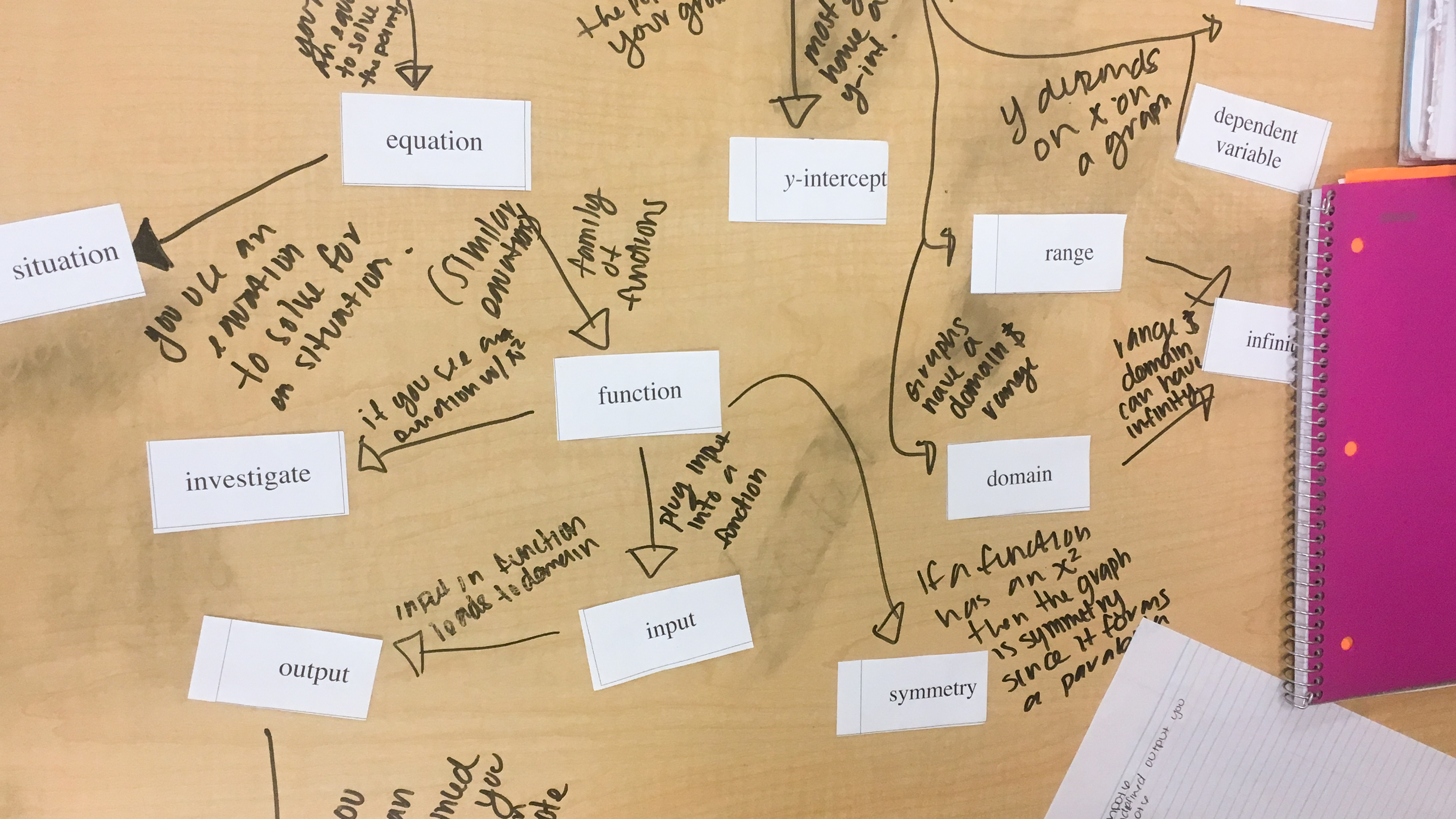
Students in Ms. Risbrough's class map out language and processes to better understand shapes and limits in functions. Image courtesy: Katherine Risbrough | + Expand image
This year, in calculus, we started the year with the idea of “Agents of Change” and looked at thought leaders such as veteran astronaut Ellen Ochoa and climate scientist Nicole Hernandez Hammer and how their work relates to “instant rates of change” and “average rates of change” in calculus. Then, I had students think about moments of change in their life, and how that instant can be carried forward to a make a long term change in their careers and communities.
Coming back from COVID-19 and more than a year of remote instruction, how are your students adjusting to being back in the classroom?
Our students missed out on so many social and academic opportunities because of COVID, but they aren’t letting that stop them. The biggest struggle was starting off the school year and getting back into routines. Because of the demographics of our students, there have been more absences than usual, as many of our students help support their family at home. Many parents struggled to keep work through the pandemic, and a lot of my students work outside of school or take care of their siblings. The effects of caring for their families while still trying to focus on applying to college has really taken a toll on students.
I’m fortunate that so many kids are comfortable and open sharing feelings of increased anxiety, responsibility, or worry over the past two years. I believe it's important that my classroom and our group first and foremost be an escape from that space rather than an added stress. Their success in math – even a rigorous AP math class with a breakneck pace – comes from me being there for them as a person first and a teacher second. We focus so much on “catching them up” that we forget to take some time for them to process all they have had to manage.
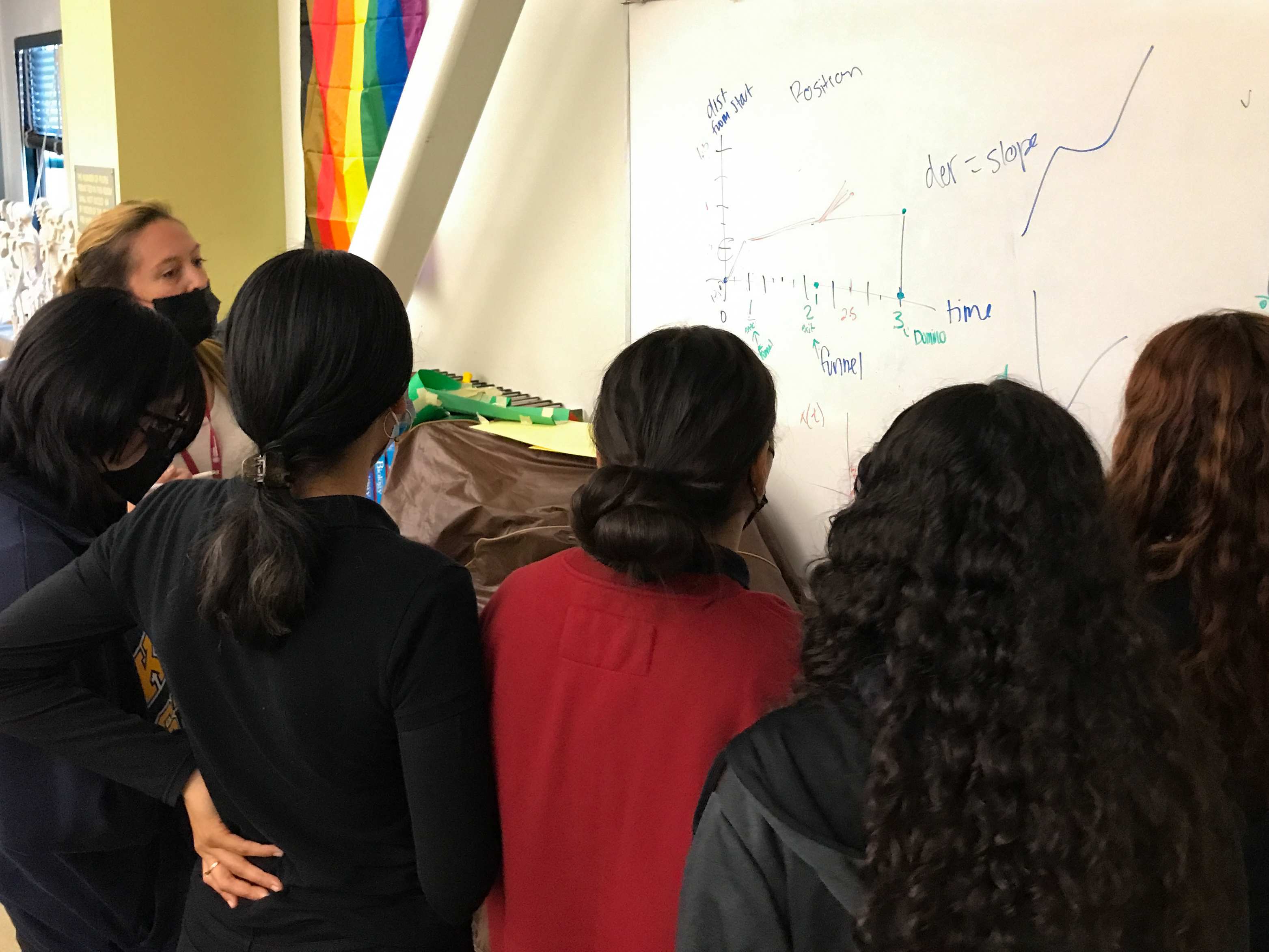
AP Calculus students graph out kinematics as examples of integrals and derivatives. Image courtesy: Katherine Risbrough | + Expand image
As we move toward graduation, what is one story of success that you will take away from this year?
Honestly, it's the success of my students. They have jumped into AP Calculus after 1.5 years of distance learning and the social-emotional learning burdens of Covid, and have done amazing work. They are thoughtful, persistent, and often learning multiple grades worth of skills within one calculus lesson. I guess I'm a small piece of that, but all that I've really done is give them space to explore, discuss, and learn. It's what they've done with that space that has been the best thing to watch!
Looking for ways to bring NASA STEM into your classroom or already have a great idea? The Education Office at NASA's Jet Propulsion Laboratory serves educators in the greater Los Angeles area. Contact us at education@jpl.nasa.gov.
Explore More
-
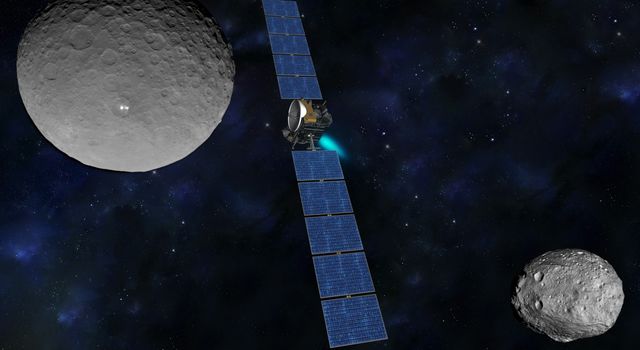
Ion Propulsion: Using Spreadsheets to Model Additive Velocity
Students develop spreadsheet models that describe the relationship between the mass of a spacecraft, the force acting on the craft, and its acceleration.
Subject Science
Grades 6-12
Time 30-60 mins
-

Math Lessons
Explore a collection of standards-aligned math lessons with links to NASA missions and science.
Subject Math
Grades K-12
Time Varies
TAGS: Teachers, School, Classroom, Instruction, K-12, High School, Math, Calculus, Physics, Algebra, Lessons, Resources
Teachable Moments | May 12, 2022
Telescopes Get Extraordinary View of Milky Way's Black Hole
Find out how scientists captured the first image of Sagittarius A*, why it's important, and how to turn it into a learning opportunity for students.
Our home galaxy, the Milky Way, has a supermassive black hole at its center, but we’ve never actually seen it – until now. The Event Horizon Telescope, funded by the National Science Foundation, has released the first image of our galactic black hole, Sagittarius A* (pronounced “Sagittarius A-star” and abbreviated Sgr A*).
Read on to find out how the image was acquired and learn more about black holes and Sagittarius A*. Then, explore resources to engage learners in the exciting topic of black holes.
How Black Holes Work
A black hole is a location in space with a gravitational pull so strong that nothing, not even light, can escape it. A black hole’s outer edge, called its event horizon, defines the spherical boundary where the velocity needed to escape exceeds the speed of light. Matter and radiation fall in, but they can’t get out. Because not even light can escape, a black hole is literally black. Contrary to their name’s implication, black holes are not empty. In fact, a black hole contains a great amount of matter packed into a relatively small space. Black holes come in various sizes and can exist throughout space.
We can surmise a lot about the origin of black holes from their size. Scientists know how some types of black holes form, yet the formation of others is a mystery. There are three different types of black holes, categorized by their size: stellar-mass, intermediate-mass, and supermassive black holes.
Stellar-mass black holes are found throughout our Milky Way galaxy and have masses less than about 100 times that of our Sun. They comprise one of the possible endpoints of the lives of high-mass stars. Stars are fueled by the nuclear fusion of hydrogen, which forms helium and other elements deep in their interiors. The outflow of energy from the central regions of the star provides the pressure necessary to keep the star from collapsing under its own weight.
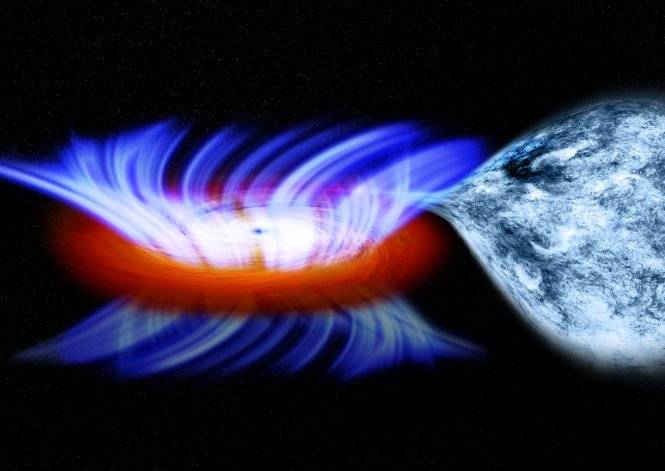
This illustration shows a binary system containing a stellar-mass black hole called IGR J17091-3624. The strong gravity of the black hole, on the left, is pulling gas away from a companion star on the right. This gas forms a disk of hot gas around the black hole, and the wind is driven off this disk. Image credit: NASA/CXC/M.Weiss | › Full image and caption
Once the fuel in the core of a high-mass star has completely burned out, the star collapses, sometimes producing a supernova explosion that releases an enormous amount of energy, detectable across the electromagnetic spectrum. If the star’s mass is more than about 25 times that of our Sun, a stellar-mass black hole can form.
Intermediate-mass black holes have masses between about 100 and 100,000 times that of our Sun. Until recently, the existence of intermediate-mass black holes had only been theorized. NASA’s Chandra X-ray Observatory has identified several intermediate-mass black hole candidates by observing X-rays emitted by the gas surrounding the black hole. The Laser Interferometer Gravitational Wave Observatory, or LIGO, funded by the National Science Foundation, detected the merger of two stellar-mass black holes with masses 65 and 85 times that of our Sun forming an intermediate-mass black hole of 142 solar masses. (Some of the mass was converted to energy and about nine solar masses were radiated away as gravitational waves.)
Supermassive black holes contain between a million and a billion times as much mass as a stellar-mass black hole. Scientists are uncertain how supermassive black holes form, but one theory is that they result from the combining of stellar-mass black holes.

This chart illustrates the relative masses of super-dense cosmic objects, ranging from white dwarfs to the supermassive black holes encased in the cores of most galaxies. | › Full image and caption
Our local galactic center’s black hole, Sagittarius A*, is a supermassive black hole with a mass of about four million suns, which is fairly small for a supermassive black hole. NASA’s Hubble Space Telescope and other telescopes have determined that many galaxies have supermassive black holes at their center.

This image shows the center of the Milky Way galaxy along with a closer view of Sagittarius A*. It was made by combining X-ray images from NASA's Chandra X-ray Observatory (blue) and infrared images from the agency's Hubble Space Telescope (red and yellow). The inset shows Sgr A* in X-rays only, covering a region half a light year wide. Image credit: X-ray: NASA/UMass/D.Wang et al., IR: NASA/STScI | › Full image and caption
Why They're Important
Black holes hold allure for everyone from young children to professional astronomers. For astronomers, in particular, learning about Sagittarius A* is important because it provides insights into the formation of our galaxy and black holes themselves.
Understanding the physics of black hole formation and growth, as well as their surrounding environments, gives us a window into the evolution of galaxies. Though Sagittarius A* is more than 26,000 light years (152 quadrillion miles) away from Earth, it is our closest supermassive black hole. Its formation and physical processes influence our galaxy as galactic matter continually crosses the event horizon, growing the black hole’s mass.
Studying black holes also helps us further understand how space and time interact. As one gets closer to a black hole, the flow of time slows down compared with the flow of time far from the black hole. In fact, according to Einstein’s theory of general relativity, the flow of time slows near any massive object. But it takes an incredibly massive object, such as a black hole, to make an appreciable difference in the flow of time. There's still much to learn about what happens to time and space inside a black hole, so the more we study them, the more we can learn.
How Scientists Imaged Sagittarius A*
Black holes, though invisible to the human eye, can be detected by observing their effects on nearby space and matter. As a result of their enormous mass, black holes have extremely high gravity, which pulls in surrounding material at rapid speeds, causing this material to become very hot and emit X-rays.
This video explains how Sagittarius A* appears to still have the remnants of a blowtorch-like jet dating back several thousand years. Credit: NASA | Watch on YouTube
X-ray-detecting telescopes such as NASA’s Chandra X-ray Observatory can image the material spiraling into a black hole, revealing the black hole’s location. NASA’s Hubble Space Telescope can measure the speed of the gas and stars orbiting a point in space that may be a black hole. Scientists use these measurements of speed to determine the mass of the black hole. Hubble and Chandra are also able to image the effects of gravitational lensing, or the bending of light that results from the gravitational pull of black holes or other high-mass objects such as galaxies.

The thin blue bull's-eye patterns in this Hubble Space Telescope image are called "Einstein rings." The blobs are giant elliptical galaxies roughly 2 to 4 billion light-years away. And the bull's-eye patterns are created as the light from galaxies twice as far away is distorted into circular shapes by the gravity of the giant elliptical galaxies. | › Full image and caption
To directly image the matter surrounding a black hole, thus revealing the silhouette of the black hole itself, scientists from around the world collaborated to create the Event Horizon Telescope. The Event Horizon Telescope harnesses the combined power of numerous telescopes around the world that can detect radio-wave emissions from the sky to create a virtual telescope the size of Earth.
Narrated by Caltech’s Katie Bouman, this video explains how she and her fellow teammates at the Event Horizon Telescope project managed to take a picture of Sagittarius A* (Sgr A*), a beastly black hole lying 27,000 light-years away at the heart of our Milky Way galaxy. Credit: Caltech | Watch on YouTube
In 2019, the team released the first image of a black hole's silhouette when they captured the glowing gasses surrounding the M87* galactic black hole nearly 53 million light-years (318 quintillion miles) away from Earth. The team then announced that one of their next endeavors was to image Sagittarius A*.
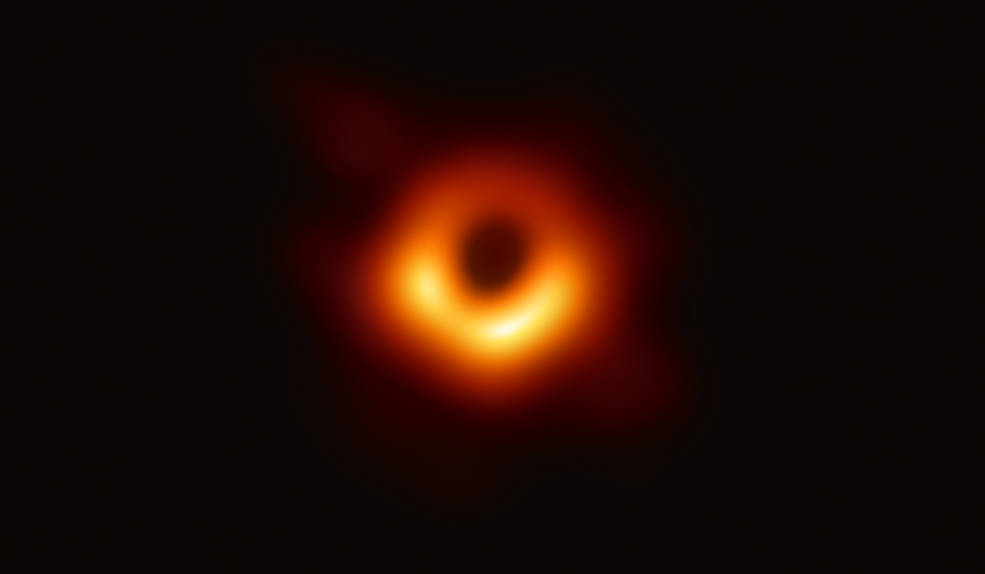
Captured by the Event Horizon Telescope in 2019, this image of the the glowing gasses surrounding the M87* black hole, was the first image ever captured of a black hole. Image credit: Event Horizon Telescope Collaboration | + Expand image
To make the newest observation, the Event Horizon Telescope focused its array of observing platforms on the center of the Milky Way. A telescope array is a group of telescopes arranged so that, as a set, they function similarly to one giant telescope. In addition to the telescopes used to acquire the M87* image, three additional radio telescopes joined the array to acquire the image of Sagittarius A*: the Greenland Telescope, the Kitt Peak 12-meter Telescope in Arizona, and the NOrthern Extended Millimeter Array, or NOEMA, in France.
This image of the center of our Milky Way galaxy representing an area roughly 400 light years across, has been translated into sound. Listen for the different instruments representing the data captured by the Chandra X-ray Observatory, Hubble Space Telescope, and Spitzer Space Telescope. The Hubble data outline energetic regions where stars are being born, while Spitzer's data captures glowing clouds of dust containing complex structures. X-rays from Chandra reveal gas heated to millions of degrees from stellar explosions and outflows from Sagittarius A*. Credit: Chandra X-ray Observatory | Watch on YouTube
The distance from the center of Sagittarius A* to its event horizon, a measurement known as the Schwarzschild radius, is enormous at seven million miles (12,000,000 kilometers or 0.08 astronomical units). But its apparent size when viewed from Earth is tiny because it is so far away. The apparent Schwarzschild radius for Sagittarius A* is 10 microarcseconds, about the angular size of a large blueberry on the Moon.
Acquiring a good image of a large object that appears tiny when viewed from Earth requires a telescope with extraordinarily fine resolution, or the ability to detect the smallest possible details in an image. The better the resolution, the better the image and the more detail the image will show. Even the best individual telescopes or array of telescopes at one location do not have a good enough resolution to image Sagittarius A*.
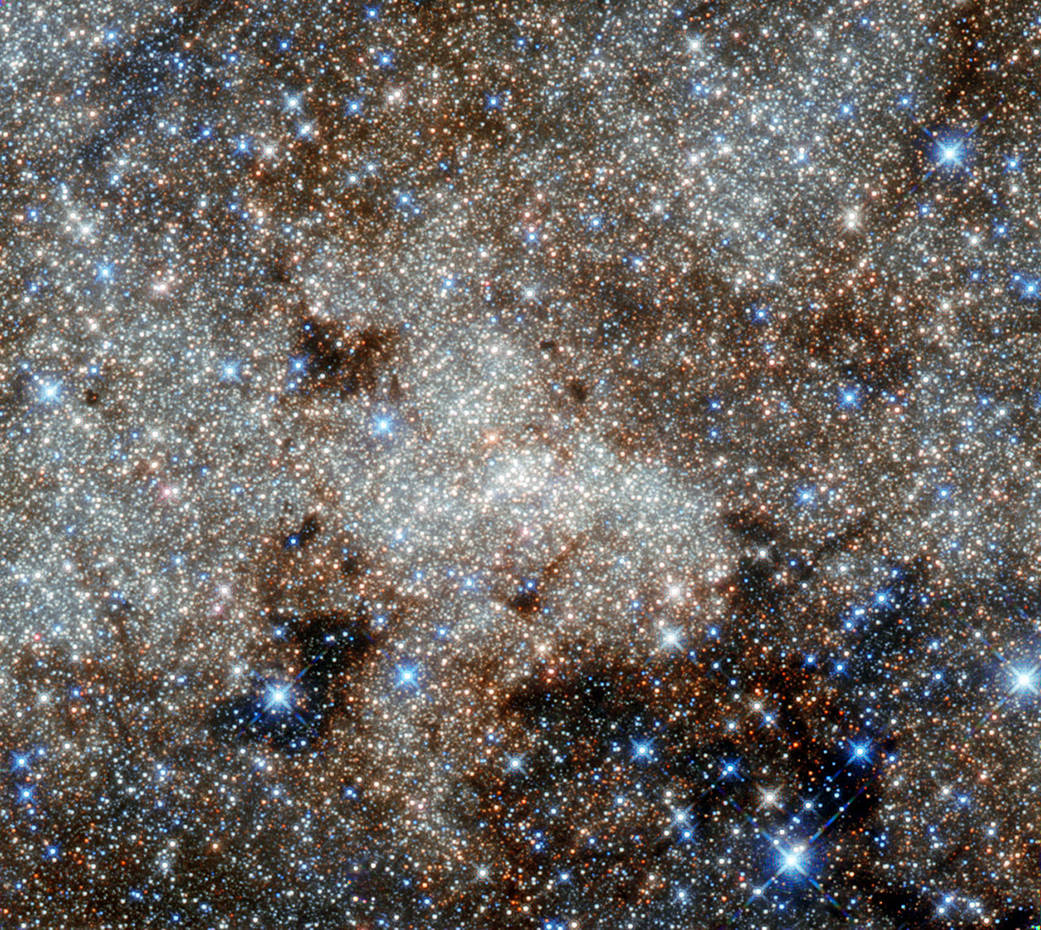
This image captured by NASA's Hubble Space Telescope shows the star-studded center of the Milky Way towards the constellation of Sagittarius. Even though you can't see our galaxy's central black hole directly, you might be able to pinpoint its location based on what you've learned about black holes thusfar. Image credit: NASA, ESA, and G. Brammer | › Full image and caption
The addition of the 12-meter Greenland Telescope, though a relatively small instrument, widened the diameter, or aperture, of the Event Horizon Telescope to nearly the diameter of Earth. And NOEMA – itself an array of twelve 15-meter antennas with maximum separation of 2,500 feet (760 meters) – helped further increase the Event Horizon Telescope’s light-gathering capacity.
Altogether, when combined into the mighty Event Horizon Telescope, the virtual array obtained an image of Sagittarius A* spanning about 50 microarcseconds, or about 1/13th of a billionth the span of the night sky.

Sagittarius A* is more than 26,000 light years (152 quadrillion miles) away from Earth and has the mass of 4 million suns. Image credit: Event Horizon Telescope | › Full image and caption
While the Event Horizon Telescope was busy capturing the stunning radio image of Sagittarius A*, an additional worldwide contingent of astronomical observatories was also focused on the black hole and the region surrounding it. The aim of the team, known as the Event Horizon Telescope Multiwavelength Science Working Group, was to observe the black hole in other parts of the electromagnetic spectrum beyond radio. As part of the effort, X-ray data were collected by NASA’s Chandra X-ray Observatory, Nuclear Spectroscopic Telescope (NuSTAR), and Neil Gehrels Swift Observatory, additional radio data were collected by the East Asian Very Long-Baseline Interferometer (VLBI) network and the Global 3 millimeter VLBI array, and infrared data were collected by the European Southern Observatory’s Very Large Telescope.
The data from these multiple platforms will allow scientists to continue building their understanding of the behavior of Sagittarius A* and to refine their models of black holes in general. The data collected from these multiwavelength observations are crucial to the study of black holes, such as the Chandra data revealing how quickly material falls in toward the disk of hot gas orbiting the black hole’s event horizon. Data such as these will hopefully help scientists better understand black hole accretion, or the process by which black holes grow.
Teach It
Check out these resources to bring the real-life STEM of black holes into your teaching, plus learn about opportunities to involve students in real astronomy research.
-

Educator Guide: Dropping In With Gravitational Waves
Students develop a model to represent the collision of two black holes, the gravitational waves that result and the waves' propagation through spacetime.
Subject Science
Grades 6-8
Time 30-60 mins
-
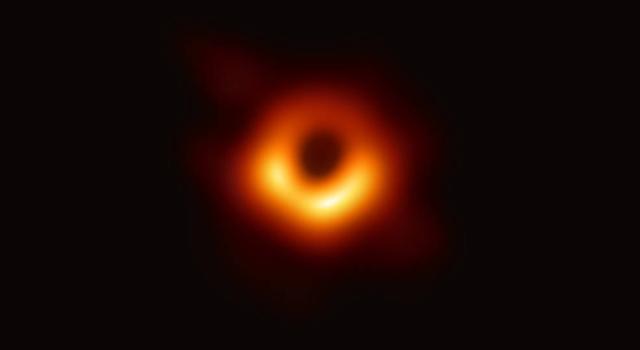
Teachable Moments: How Scientists Captured the First Image of a Black Hole
Find out how scientists created a virtual telescope as large as Earth itself to capture the first image of a black hole's silhouette.
-
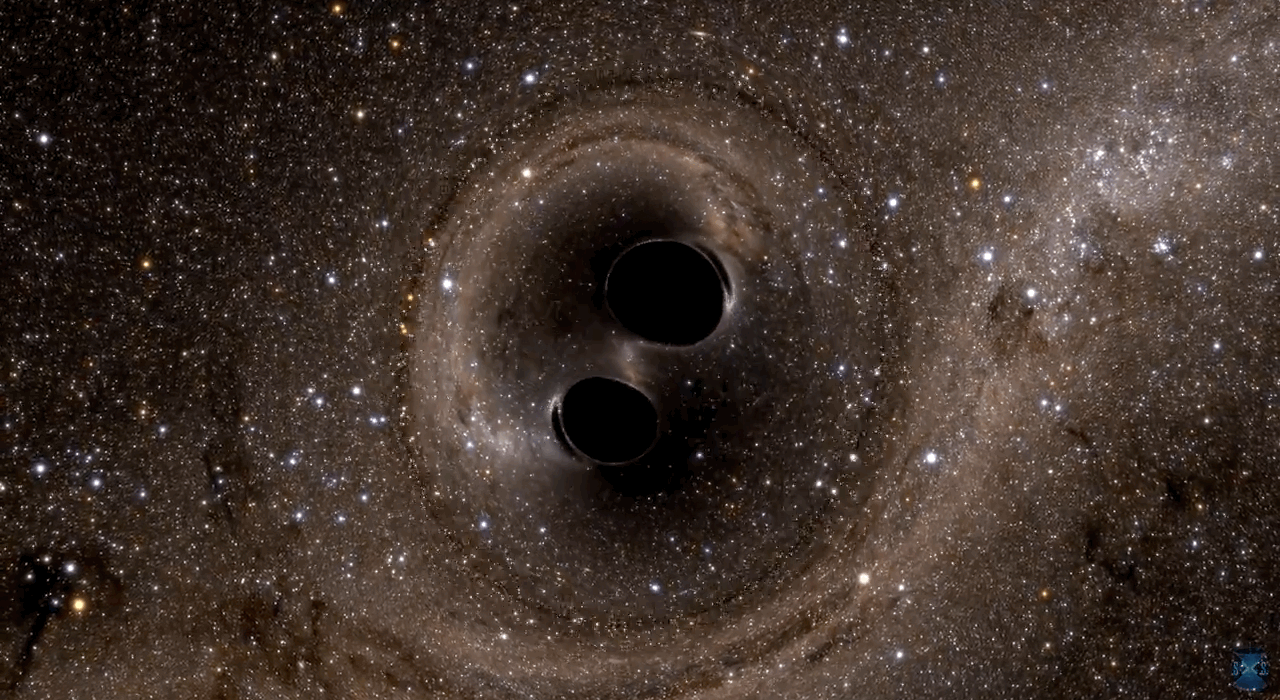
Teachable Moments: Gravitational Waves Detected for the First Time
Find out how researchers proved part of Albert Einstein’s Theory of General Relativity, then create a model of the Nobel Prize-winning experiment in the classroom.
Explore More
Articles
-

Teachable Moments: Learn About the Universe With the James Webb Space Telescope
Get a look into the science and engineering behind the largest and most powerful space telescope ever built while exploring ways to engage learners in the mission.
-
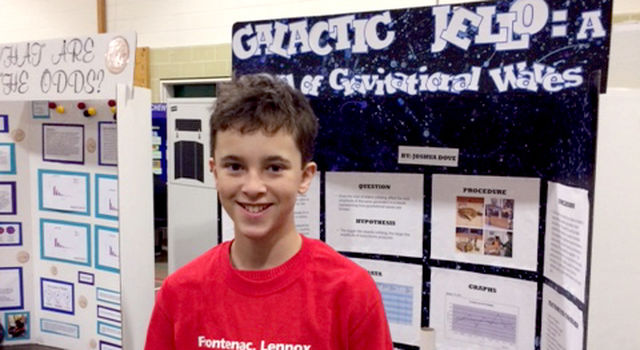
JPL Education ‘Teachable Moment’ Inspires Winning Science Fair Project
A “teachable moment” turned into a science fair win for an eighth-grader in Ontario, Canada, who based his project on a classroom activity from NASA’s Jet Propulsion Laboratory.
Educator Guides
Student Activities
Check out these related resources for students from NASA’s Space Place
Across the NASA-Verse
- Educator Guide: Black Hole Math
- NASA/IPAC TeacherArchive Research Program
- Student Resources: Chandra
- Articles: Hubble - Black Holes
- Audio: Sonification of the Milky Way galactic center
- Audio: Sonification of the M87 black hole
- Interactive: Sagittarius A*
- Videos: Hubble - Black Holes
- Website: NASA Science - Black Holes
- Download: A Galaxy Full of Black Holes Presentation
- Expert Talk: Imaging a Black Hole Lecture
- Website: NASA - Black Holes
- Article: Black Hole Image Makes History
- Graphic: Anatomy of a Black Hole
This Teachable Moment was created in partnership with NASA’s Universe of Learning. Universe of Learning materials are based upon work supported by NASA under award number NNX16AC65A to the Space Telescope Science Institute, working in partnership with Caltech/IPAC, Center for Astrophysics | Harvard & Smithsonian, and the Jet Propulsion Laboratory.
TAGS: Black hole, Milky Way, galaxy, universe, stars, teachers, educators, lessons, Teachable Moments, K-12, science
Teachable Moments | May 2, 2022
How NASA Plans to Dig Up the Dirt on Climate Change
Learn about the role that dust plays in Earth's climate, why scientists are interested in studying dust from space, and how to engage students in the science with STEM resources from JPL.
A NASA instrument launched to the International Space Station this summer will explore how dust impacts global temperatures, cloud formation, and the health of our oceans. The Earth Surface Mineral Dust Source Investigation, or EMIT, is the first instrument of its kind, designed to collect measurements from space of some of the most arid regions on Earth to understand the composition of soils that generate dust and the larger role dust plays in climate change.
Read on to find out how the instrument works and why scientists are hoping to learn more about the composition of dust. Then, explore how to bring the science into your classroom with related climate lessons that bridge physical sciences with engineering practices.
Why It’s Important
Scientists have long studied the movements of dust. The fact that dust storms can carry tiny particles great distances was reported in the scientific literature nearly two centuries ago by none other than Charles Darwin as he sailed across the Atlantic on the HMS Beagle. What still remains a mystery all these years later is what that dust is made of, how it moves, and how that affects the health of our planet.
For example, we now know that dust deposited on snow speeds up snow melt even more than increased air temperature. That is to say, that dust traveling to cold places can cause increased snow melt.
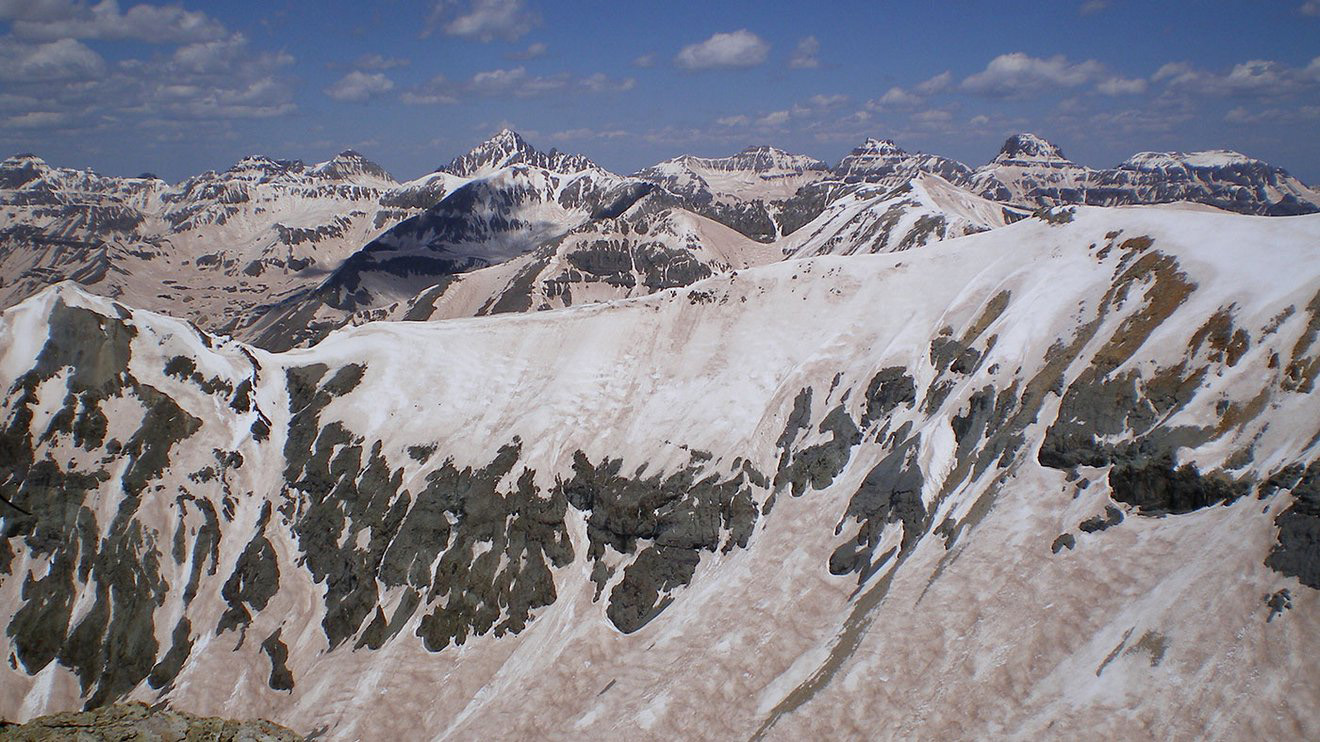
A coating of dust on snow speeds the pace of snowmelt in the spring. Credit: NASA | + Expand image
Dust can affect air temperatures as well. For example, dust with more iron absorbs light and can cause the air to warm, while dust with less iron reflects light and is responsible for local cooling. Iron in dust can also act as a fertilizer for plankton in oceans, supplying them with nutrients needed for growth and reproduction.

A plume of dust is shown emanating from over Alaska's Copper River in October 2016 in these images captured by the Moderate Resolution Imaging Spectroradiometer, or MODIS, instrument on NASA’s Terra and Aqua satellites. Dust storms play a key role in fueling phytoplankton blooms by delivering iron to the Gulf of Alaska. Credit: NASA | › Full image and caption
Floating dust potentially alters the composition of clouds and how quickly or slowly they form, which can ultimately impact weather patterns, including the formation of hurricanes. That’s because clouds need particles to act as seeds around which droplets of moisture in the atmosphere can form. This process of coalescing water particles, called nucleation, is one factor in how clouds form.
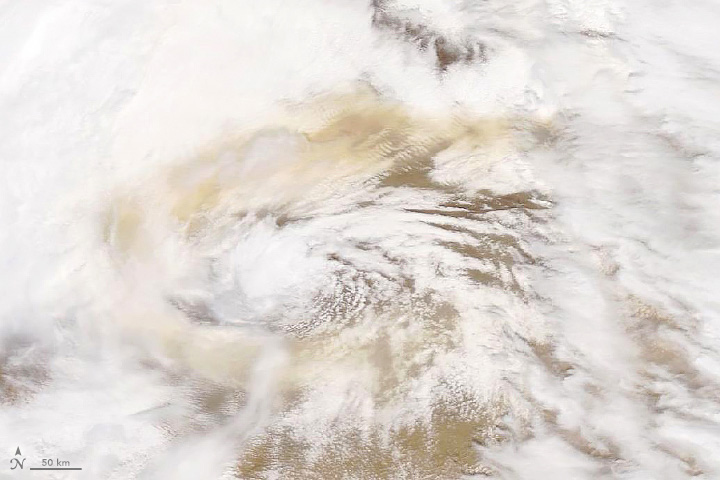
A swirl of dust mixes with the clouds in a low-pressure storm over the Gobi desert between Mongolia and China. This image was captured by the MODIS instrument on the Terra satellite in May 2019. Credit: NASA | › Full image and caption
Thanks to EMIT, we’ll take the first steps in understanding how the movements of dust particles contribute to local and global changes in climate by producing “mineral maps”. These mineral maps will reveal differences in the chemical makeup of dust, providing essential information to help us model the way dust can transform Earth’s climate.
› Learn more about what EMIT will do from JPL News
How It Works
NASA has been exploring how dust moves across the globe by combining on-the-ground field studies with cutting-edge technology.
Dr. Olga Kalashnikova, an aerosol scientist at NASA's Jet Propulsion Laboratory and a co-investigator for EMIT, has been using satellite data to study atmospheric mineral dust for many years, including tracking the movements of dust and investigating trends in the frequency of dust storms.
As Dr. Kalashnikova describes, “From the ground, we can see what types of dusts are lifted into the atmosphere by dust storms on a local scale, but with EMIT, we can understand how they differ and where they originally came from.”
EMIT is the first instrument designed to observe a key part of the mineral dust cycle from space, allowing scientists to track different dust compositions on a global scale, instead of in just one region at a time. To understand dust’s impact on Earth’s climate, scientists will use EMIT to answer key questions, including:
- How does dust uplifted in the atmosphere alter global temperatures?
- What role do dusts play in fertilizing our oceans when they are deposited?
- How do dust particles in the atmosphere affect cloud nucleation; the process by which clouds are ‘seeded’ and begin to coalesce into larger clouds?

The EMIT instrument will fly aboard the International Space Station, which orbits Earth about once every 90 minutes, completing about 16 orbits per day. Credit: NASA | + Expand image
To achieve its objectives, EMIT will spend 12 months collecting what are called “hyperspectral images” of some of the most arid regions of our planet selected by scientists and engineers as areas of high dust mobility, such as Northern Africa, the Middle East, and the American Southwest.
These images are measurements of light reflected from the Earth below, calibrated to the distinct patterns, or spectra, of light we see when certain minerals are present. The EMIT team has identified 10 minerals that are most common, including gypsum, hematite, and kaolinite.
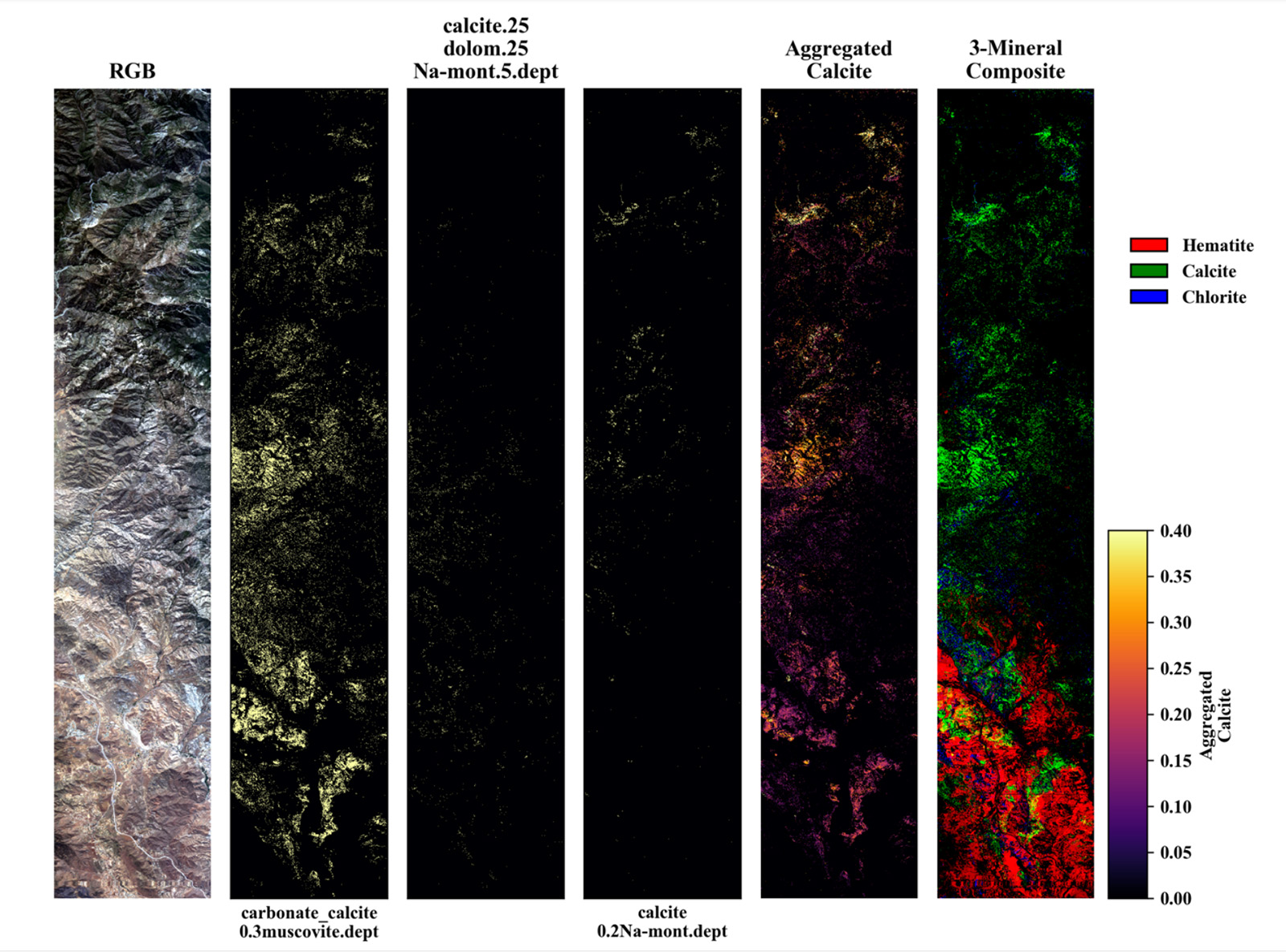
This example spectra shows how scientists will be able to identify different concentrations of minerals and elements in data collected by EMIT. Credit: NASA/JPL-Caltech | + Expand image
Why are these minerals important? One key reason is the presence or absence of the element iron, found in some minerals but not others.
Dr. Bethany Ehlmann is a planetary scientist and co-investigator for the EMIT project at Caltech and explains that when it comes to heating, “a little bit of iron goes a long way.” Iron in minerals absorbs visible and infrared light, meaning that even if only a small amount is present, it will result in a much warmer dust particle. Large amounts of warm dust in our atmosphere may have an impact on temperatures globally since those dust particles radiate heat as they travel, sometimes as far as across oceans!
Collecting images from space is, of course, no easy task, especially when trying to look only at the ground below. Yet it does allow scientists to get a global picture that's not possible to capture from the ground. Field studies allow us to take individual samples from tiny places of interest, but from space, we can scan the entire planet in remote places where no scientist can visit.
Of course, there are some complications in trying to study the light reflected off the surface of Earth, such as interference from clouds. To prevent this problem, the EMIT team plans to collect data at each location several times to ensure that the images aren’t being obscured by clouds between the instrument and the minerals we’re looking for.
The data collected by EMIT will provide a map of the compositions of dust from dry, desert environments all over the world, but the team involved won’t stop there. Knowing more about what the dust is made of sets the stage for a broader understanding of a few more of the complex processes that make up our global climate cycle. Upon completion of this study, EMIT's mineral maps will support further campaigns to complete our global dust picture. For example, NASA hopes to couple the data from EMIT with targeted field campaigns, in which scientists can collect wind-blown dust from the ground to learn more about where dust particles move over time and answer questions about what types of dust are on the go.
Furthermore, missions such as the Multiangle Imager for Aerosols, or MAIA, will allow us to better understand the effects of these dust particles on air-quality and public health.
Teach it
Studying Earth’s climate is a complex puzzle, consisting of many trackable features. These can range from sea level to particles in our atmosphere, but each makes a contribution to measuring the health of our planet. Bring EMIT and NASA Earth Science into your classroom with these lessons, articles, and activities to better understand how we’re exploring climate change.
Educator Guides
-

Ocean World: Earth Globe Toss Game
Students use NASA images and a hands-on activity to compare the amounts of land and surface water on our planet.
Subject Science
Grades K-6
Time Less than 30 mins
-
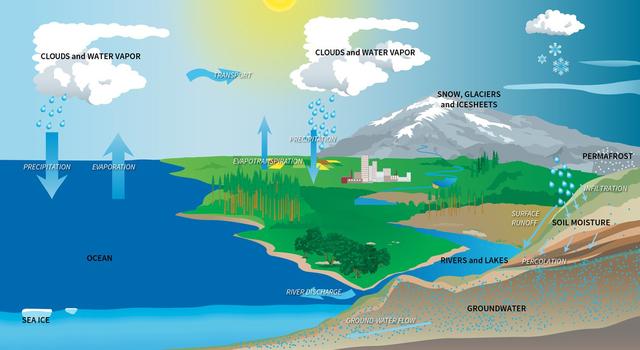
Modeling the Water Budget
Students use a spreadsheet model to understand droughts and the movement of water in the water cycle.
Subject Science
Grades 5-8
Time 30-60 mins
-
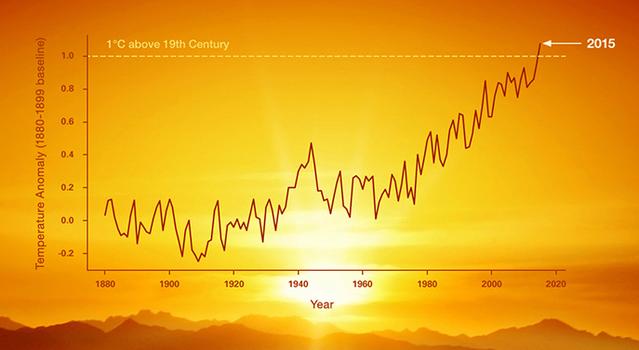
Graphing Global Temperature Trends
Students use global temperature data to create models and compare short-term trends to long-term trends.
Subject Math
Grades 5-12
Time 1-2 hrs
-
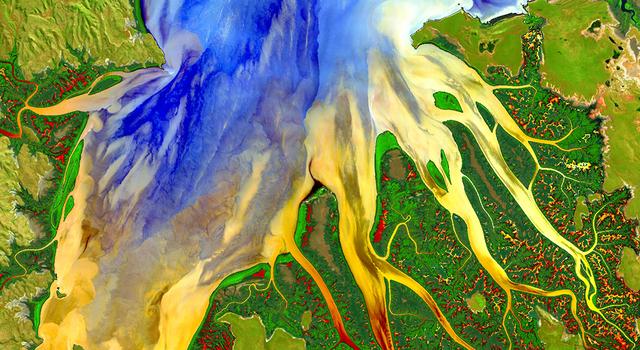
Using Light to Study Planets
Students build a spectrometer using basic materials as a model for how NASA uses spectroscopy to determine the nature of elements found on Earth and other planets.
Subject Science
Grades 6-11
Time > 2 hrs
-

Cloud Computing: A 'Pi in the Sky' Math Challenge
In this illustrated math problem, students use pi to calculate how much water could be contained within a cloud.
Subject Math
Grades 6-12
Time Less than 30 mins
-
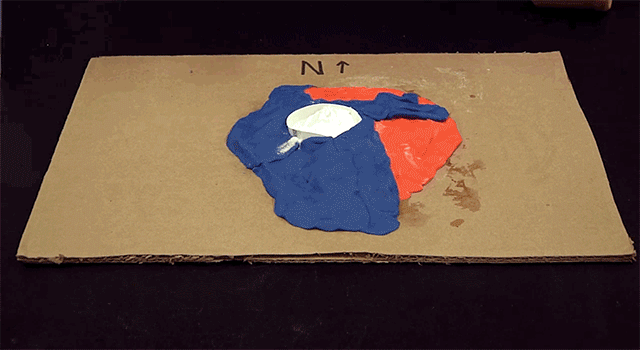
More Earth Science Lessons for Educators
Explore a collection of standards-aligned STEM lessons for students that get them investigating Earth science along with NASA.
Student Activities
-

The Types of Clouds and What They Mean
Learn about cloud types and how they form. Then help NASA scientists studying clouds.
Subject Science
Grades K-3
Time 30-60 mins
-

Make a Cloud in a Bottle
Have you ever wondered how clouds form? In this activity, you can make your own cloud to see for yourself!
Subject Science
Grades 4-12
Time < 30 mins
-
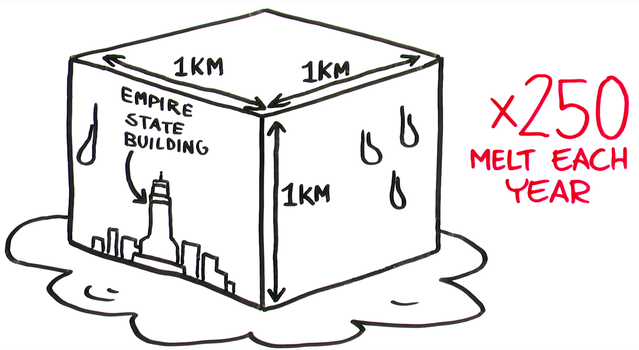
Video Series: NASA's Earth Minute
Learn about the science behind climate change and the NASA missions studying it in these short videos.
Subject Science
Grades 2-12
Time < 30 mins
-

The Change of Seasons: Views from Space
See how seasonal changes affect our planet.
Subject Science
Grades 2-12
Time < 30 mins
-

More Earth Science Activities for Students
Explore Earth science with these projects, videos, and slideshows for students.
Articles
-
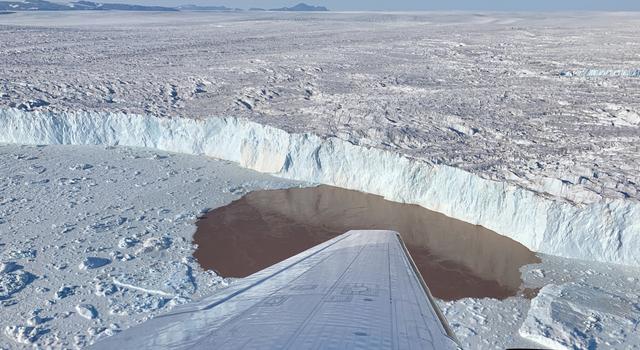 Teachable Moments
Teachable MomentsReflecting On Greenland’s Melting Glaciers as OMG Mission Concludes
Explore how the OMG mission discovered more about what's behind one of the largest contributors to global sea level rise.
-
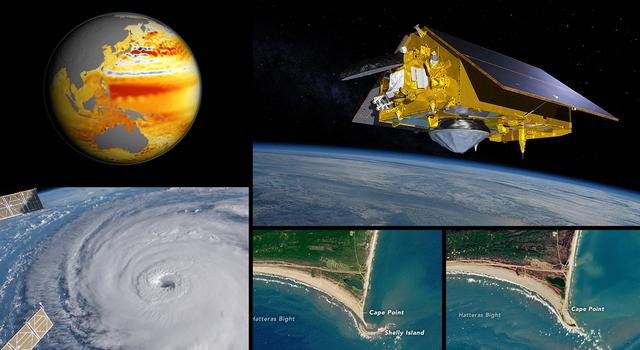 Teachable Moments
Teachable MomentsEarth Satellite Joins NASA Fleet to Monitor Sea Level, Improve Weather Forecasts
Learn about the mission and find out how to make classroom connections to NASA Earth science – plus explore related teaching and learning resources.
-
 Teachable Moments
Teachable MomentsClimate Change Collection
Explore this collection of Teachable Moments articles to get a primer on the latest NASA Earth science missions, plus find related education resources you can deploy right away!
Websites
- NASA Climate Change
- NASA Earth Observatory - Images of Dust and Haze
- NASA Climate Kids
- Recursos En Español: NASA Climate Change
TAGS: Earth, climate, geology, weather, EMIT, Teachers, Classroom, Lessons, Earth Science, Climate Change, Dust, Global Warming, Educators, K-12, Teachable Moments, Climate TM





